2009 HONDA INSIGHT HYBRID (Gen 2 - JDM) - Sold
VIN: ZE2-1108805
20,200km (Feb 4, 2025)
Combined HP: 98hp @ 5,000rpm, 123 lb/ft @ 1,000 - 1.500rpm
Combustion Engine: 88hp, 88 lb/ft Torque
Electric Motor: 10kW (13hp, 58 lb/ft torque)
Gearbox: CVT
Battery: 100.8V (nominal) , NiMH 6.5kWh
Emissions Rating: AZ-PZEV / ULEV
Transport Canada fuel economy: 4.8 litres per 100 kilometres city and 4.5 L/100 km highway
Observed Fuel Consumption: 5.0l/100km (20km/l)
0-100km/hr: 10.5sec
Price: $CAD 12,250
About The Honda Insight (and Toyota Prius)
The Honda Insight, along with the Toyota Prius, were the first volume production gasoline-electric Hybrids. The Insight was the first Hybrid offered for sale in North America, appearing in showrooms in Dec 1999. The Prius followed in June 2000. There have been three generations of Honda Insight: the Original Generation (OG) 2 seat coupe produced from 1999 to 2006, the Second Generation 5 door hatchback (2009-2014), and the Third Generation Civic-based sedan (2018-2022).
The OG Insight was a small 2-door coupe built around a bespoke aluminium body and chassis and featured extremely high tech engineering solutions to create the world's most fuel efficient production automobile. With very light weight (under 2,000lbs) an excellent drag coefficient (cd.25), and a low rolling resistance drivetrain, the Insight was capable of under 3.0L/100km in highway driving. The vehicle was very costly to manufacture, and was never intended to be sold in large volumes. It was a testbed for various hybrid technologies including Honda's Integrated Motor Assist (IMA) powertrain.
Honda's IMA system consisted of a very narrow electric motor taking the place of the flywheel (as well as the starter motor and ring gear), which can add power to the combustion engine, as well as recover energy during engine braking. A .6kWh high voltage battery stored the electricity by being charged by the combustion engine and using the motor as a generator when the vehicle was being driven off-throttle. The combustion engine cut fuel on the over-run, and shut down completely when the vehicle was stationary.
For the second generation Insight Honda wanted to copy Toyota's 5-door hatchback configuration, but wanted to make the car more affordable than the Prius which was relatively expensive in its segment. Honda rationalized that the group of people who were most interested in 'green' motoring were younger people (20-35 year old Gen X/Y) that may have had difficulty affording Hybrid technology.
The Toyota Prius uses a more complex hybrid system with two electric motors and a planetary gearbox - all of which gives it significant electric-only range. With the Insight, the 10kW electric motor can only provide assistance to the combustion engine or propel it in some very light throttle situations.
With the more complex planetary gearbox, 50kW electric motor and 1.6kWh battery pack, the Prius was considerably more expensive than the Insight. In Canada, the MSRP for the 2010 Insight was $CAD23,900-27,500. The base price of the 2010 Prius was $CAD27,500 though the higher end versions with the Technology Package were over $36,000.
The increased ability for the Prius to drive on electric power with the combustion engine turned off gives it an advantage in fuel consumption. Honda claws some of that difference back by creating a graphical interface that coaches drivers to drive in the most economical method possible - earning digital trees and a trophy as a reward. In the 2nd Gen Insight the surround for the speedometer glows blue when it is under power, and green when you lift off and trigger the fuel cut-off. With sympathetic driving this 2009 Insight gives an average consumption of 5l/100km (20km/l). My 2009 Prius averaged 4.5l/100km by comparison. These results echo period magazine comparison tests.
With Gen 2 verions of both these cars being over 15 years old, they are both fully depreciated and importable from Japan. The Prius retains a 20% price premium over the equivalent mileage/condition Insight. Today the Prius might command a $3,000 price premium, but save only a few hundred dollars of fuel per year. That being said, the Toyota's interior is slightly larger and features higher quality materials, giving it a quieter, more refined cabin. The Insight is sportier to drive and has more supportive seats.
Read Car and Drivers's period comparison test between the 2010 Insight and Prius here.
Both the Insight and the Prius enjoy low servicing costs and an enviable record for reliability, though the Gen 2 Prius (2004-2010) have a better record than their successor (2010-2015). In October 2009, Consumer Reports named the Honda Insight the most reliable vehicle as it scored the highest of any vehicles in predicted reliability, according to its annual vehicles reliability survey.

Lowest Overall Cost Of Ownership
My interest in early Hybrids comes from trying to answer the question of which vehicles, new or used, offer the lowest overall cost of ownership. Costs include depreciation, fuel and maintenance. The criteria are that the candidates have to be in excellent condition and offer an acceptable levels of reliability, safety and convenience. The assumption is that the vehicle will be driven 100,000 in 5 years. I would estimate that this Honda will be worth $7,500 in 2029 with 120,000km if kept in reasonable condition. It should use about 1,000l of fuel @ $1.50 per litre or $1,500. Maintenance should average $500 per year, with perhaps some larger bills for items like tires or a replacement battery pack - perhaps $4000 over the 5 year period. Adding this up ($1,500 fuel, $2,500 scheduled maintenance, $1,500 additional maintenance, $7,500 depreciation) comes to $13,000 for 5 years of driving; $.13 per km or $2,600 per year. That is about as good as it gets.
About This Honda Insight
This 2009 Insight is a JDM (Japanese Domestic Market) vehicle that was imported to Canada in October 2024. It is right hand drive. With just over 18,000km (as of Dec 24, 2024) it still looks new. There are no blemishes in the paint or rock chips, or evidence of paintwork, apart from the rear bumper cover which looks to have been refinished at some point. The interior is in perfect condition.
In fact, because of its futuristic styling and overall condition, apart from a few marks on the plastic wheel covers, it is not obvious that it is a used car at all, let alone one from 2009!
The vehicle has received a fresh oil service and mechanical inspection. The vehicle is currently in use - it uses 1/4 the fuel of my Range Rover! With light traffic, on winter tires, this Insight will average close to 4L/100km on lightly trafficed roads, and 5L/100km in congested city driving. It's current average for mixed use driving is 4.3L/100km. This is about the same milage as I recorded with my 2009 Toyota Prius (Gen 2), and not much worse than the lifetime average of my Gen 1 Insight (3.5L/100km) which was a much smaller and less practical car.
The vehicle comes with two sets of steel rims with both winter and summer tires. The summer rubber looks to have over 80% tread remaining and date codes to 2021, the winter rubber has about 40% tread remaining and date codes to 2016. Front and rear brakes show minimal wear. The windscreen is un-cracked, and the bumpers un-scuffed.
If you are looking for reliable low cost transportation, but still want a car that looks presentable, and are willing to adapt to RHD, you will not do any better than this car.
LAWRENCE ROMANOSKY
Phone: 403-607-8625
Email: Lromanosky@me.com
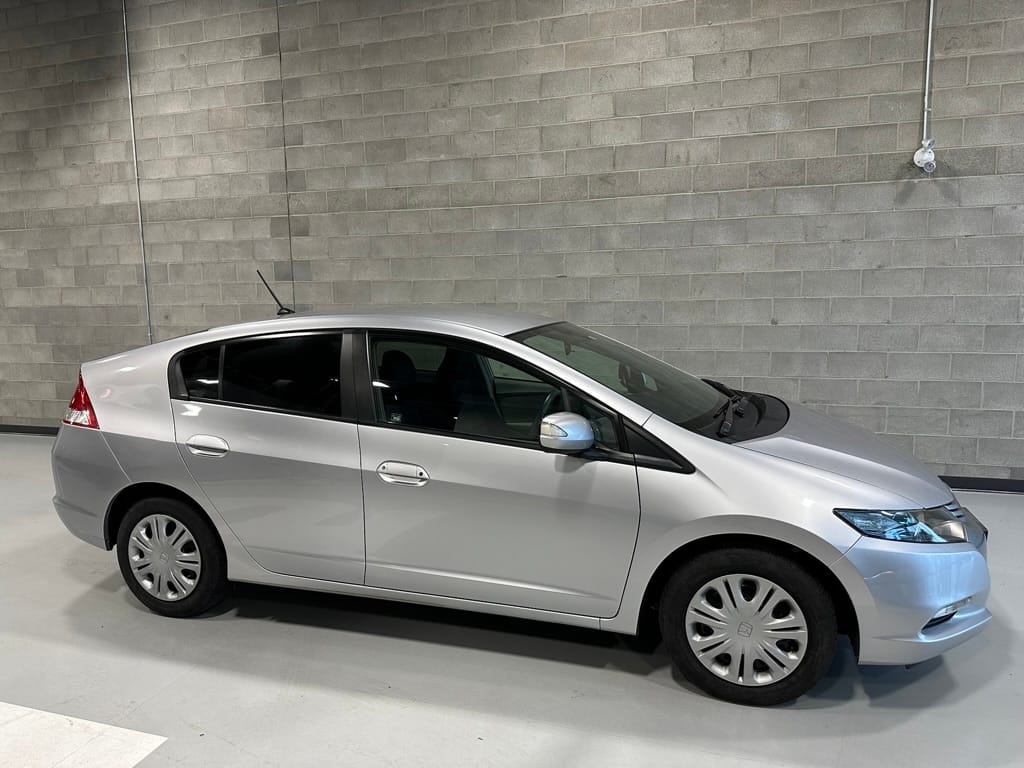
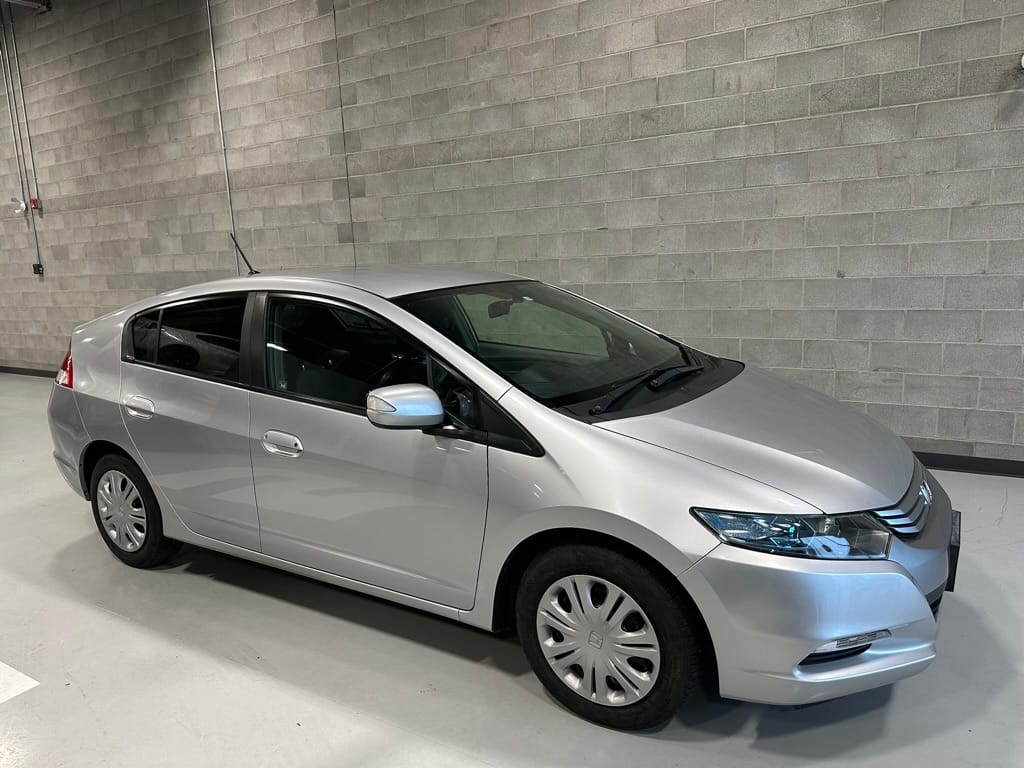
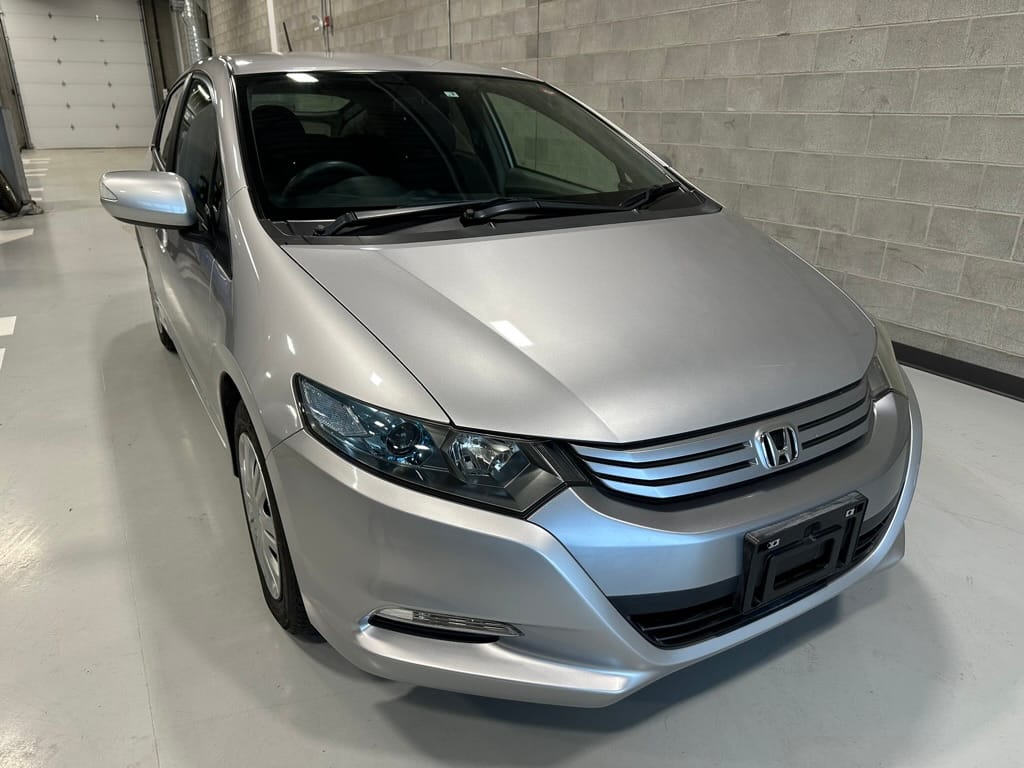
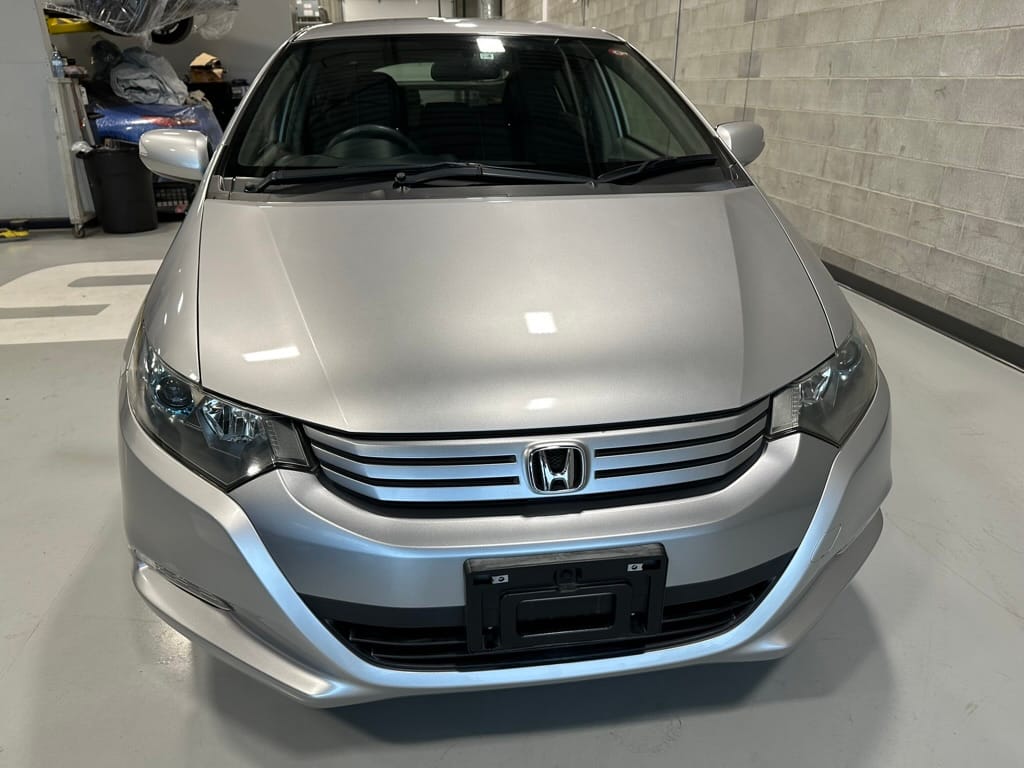

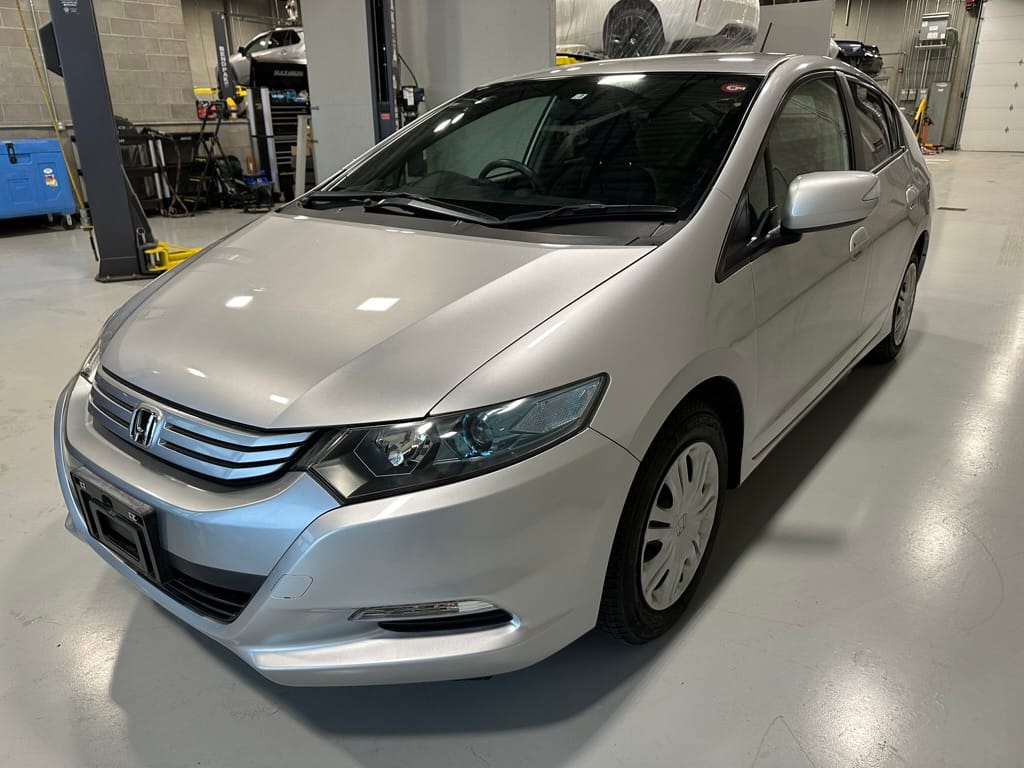
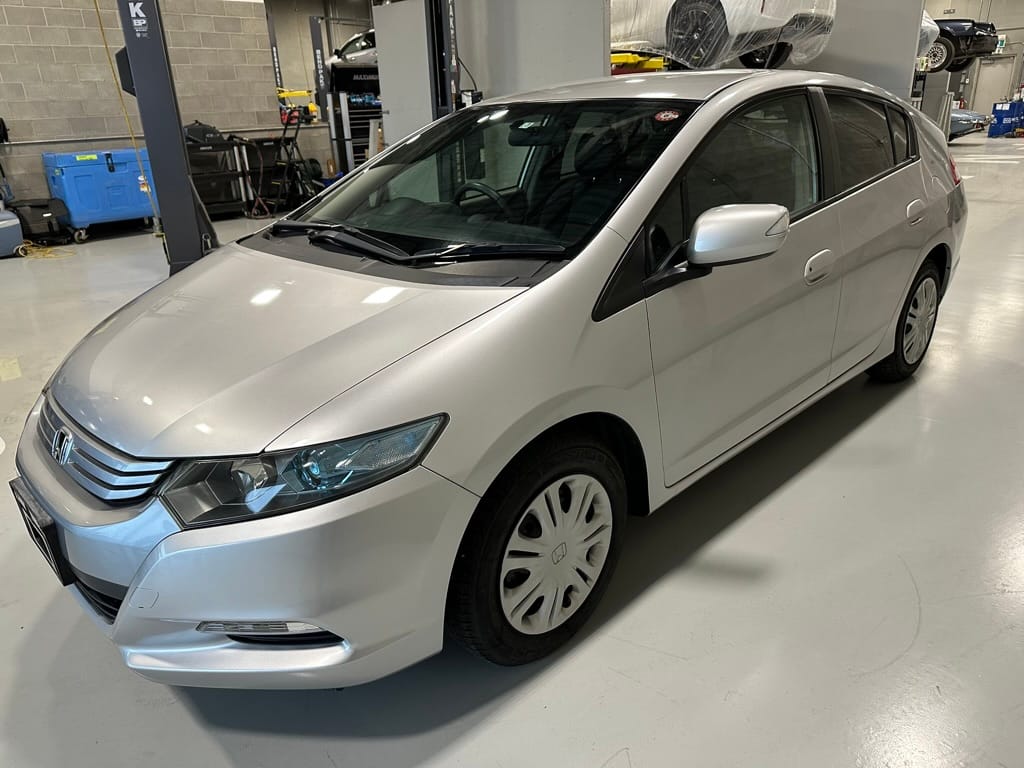
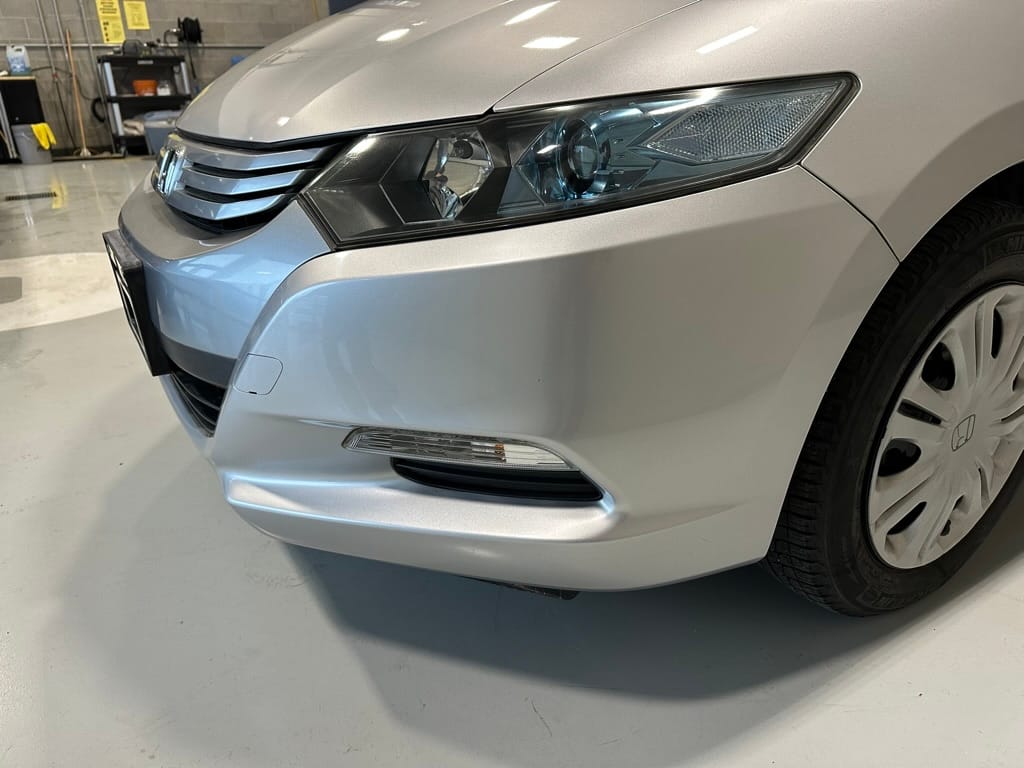
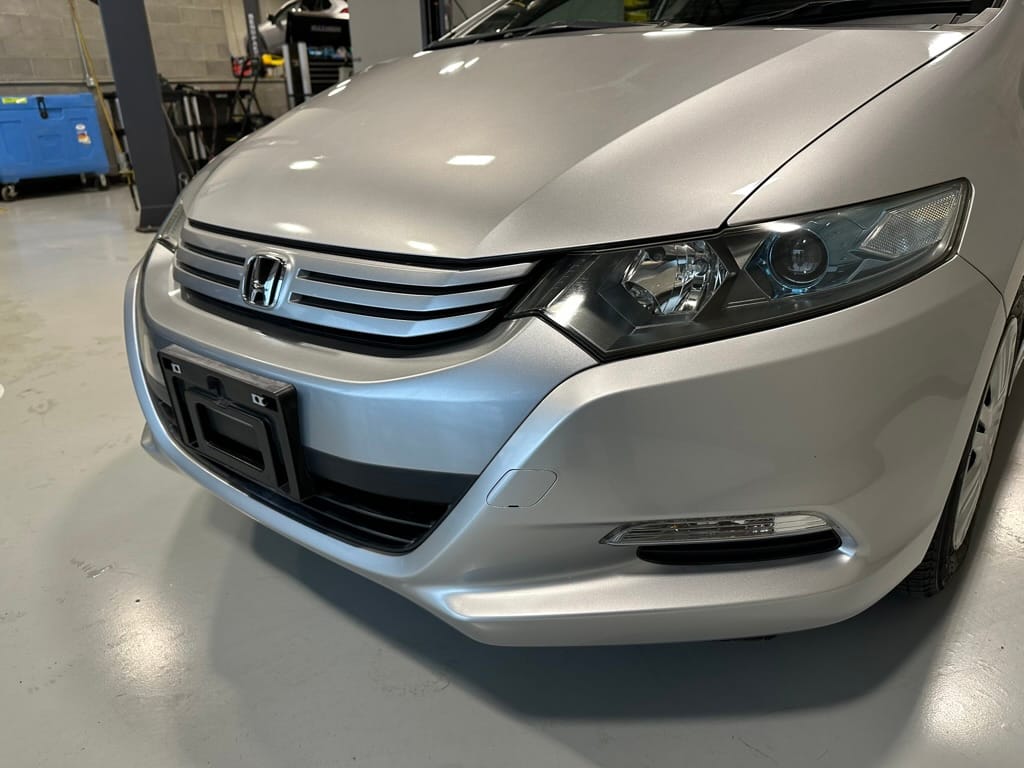

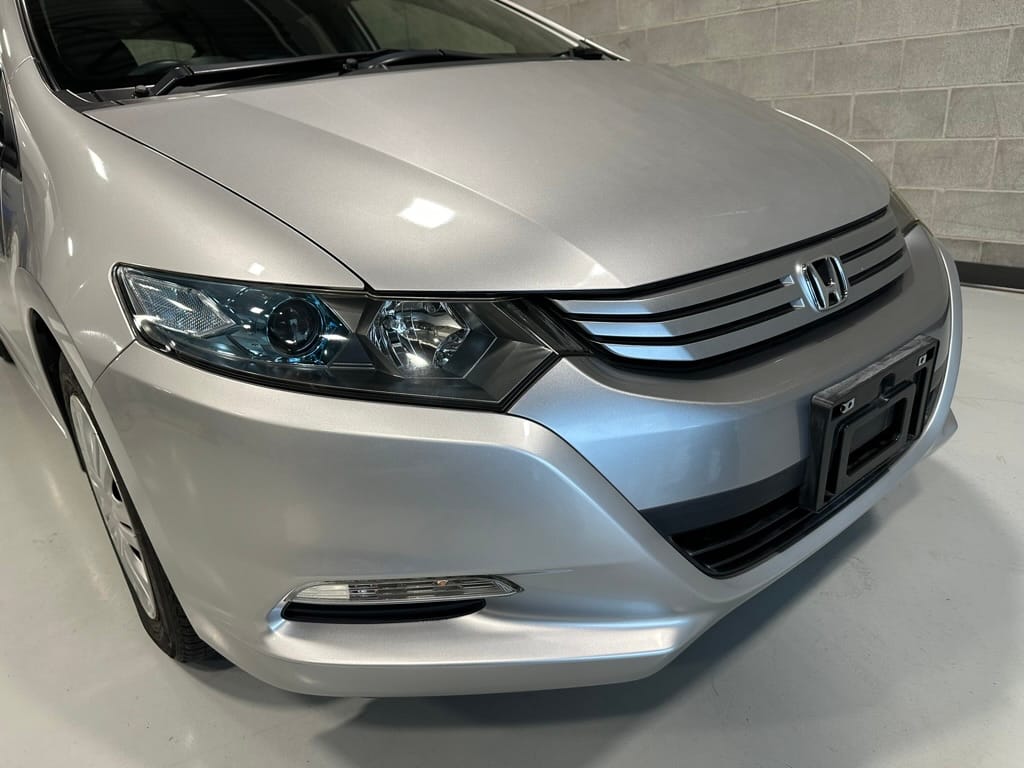
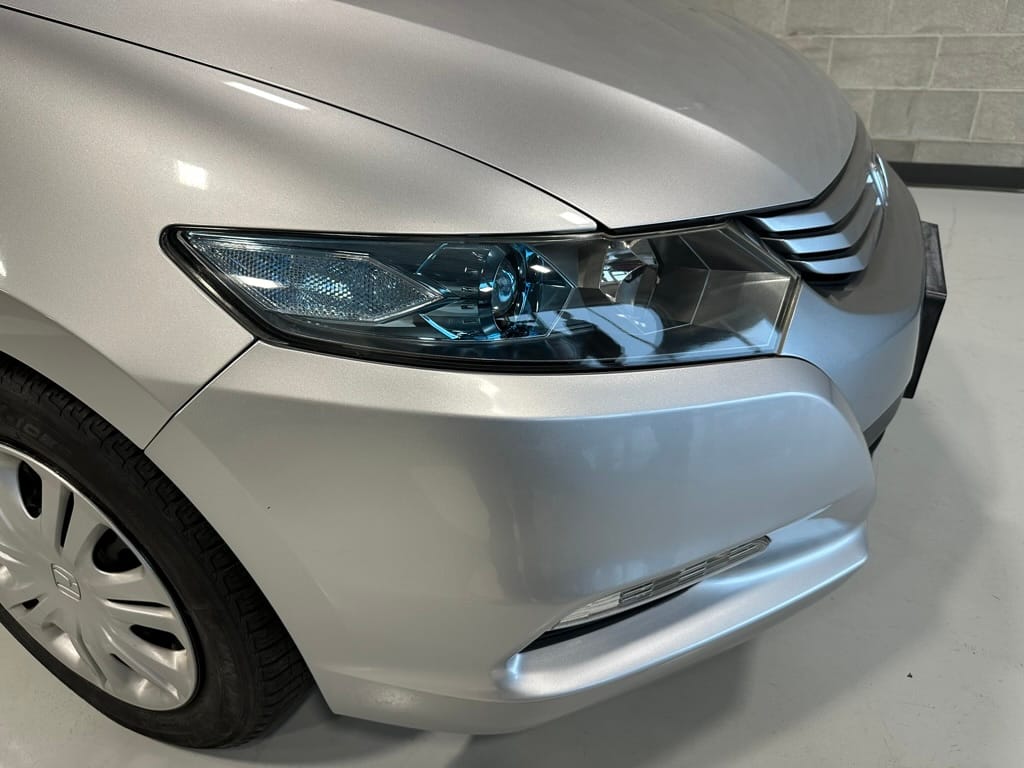
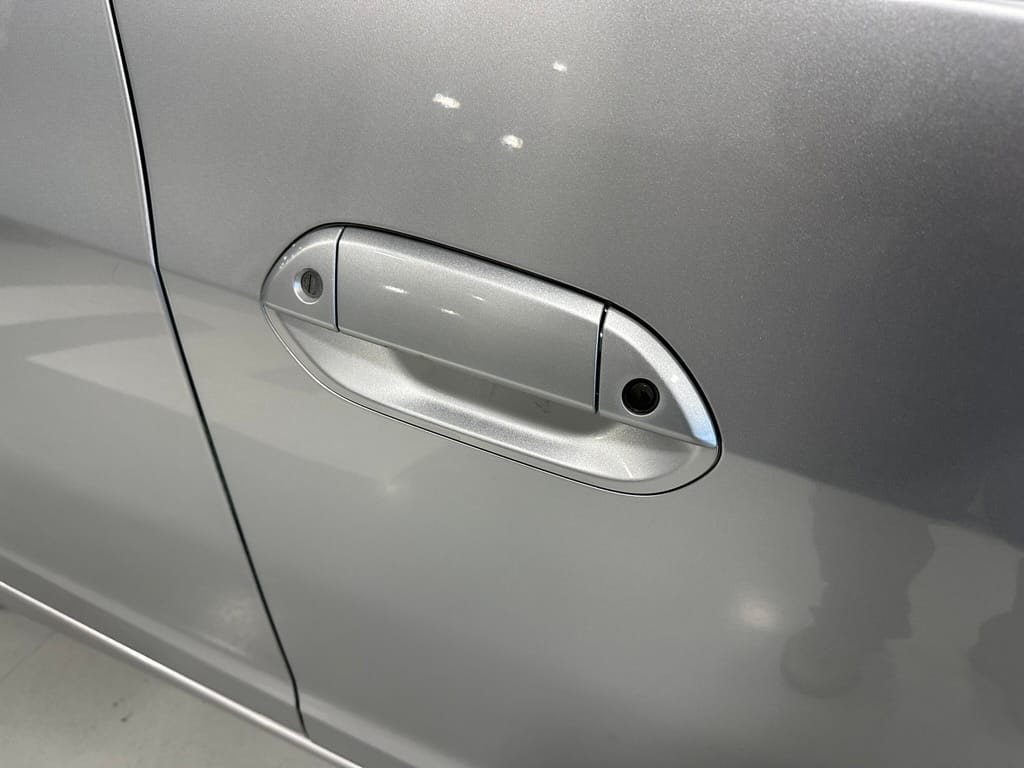
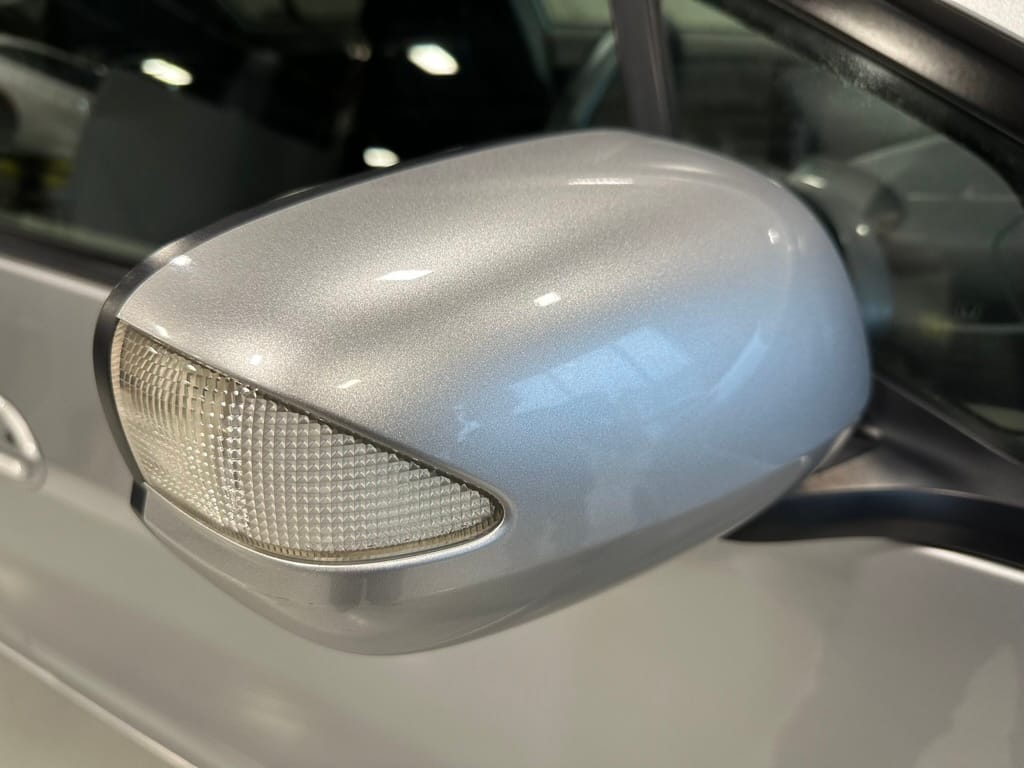


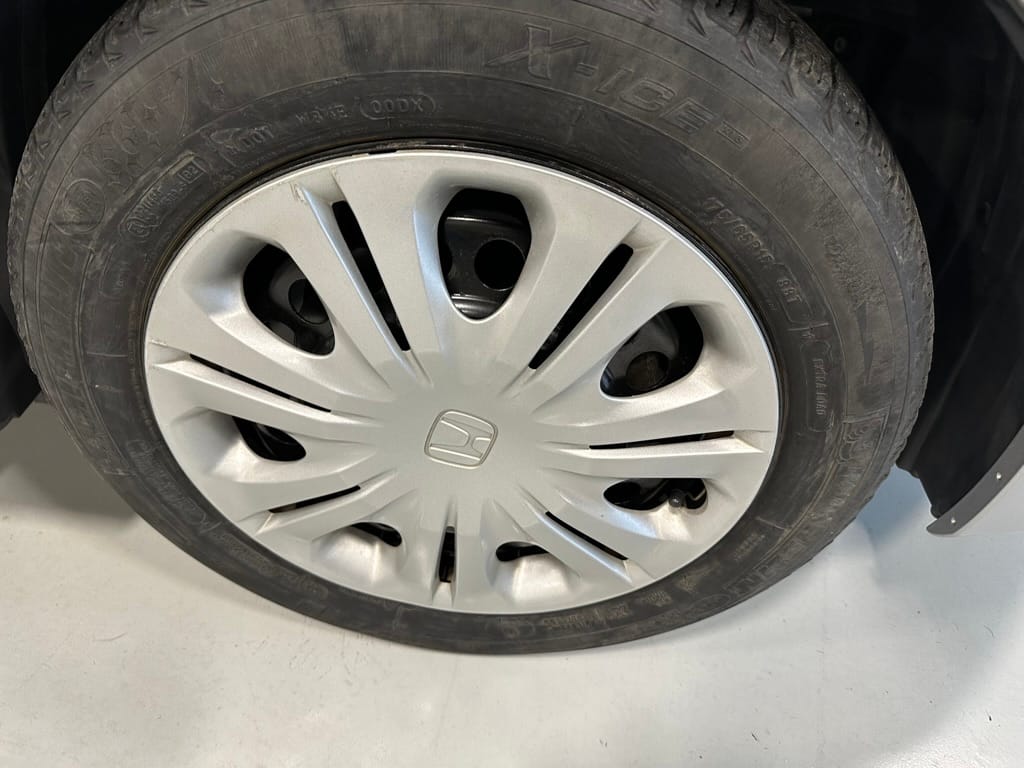
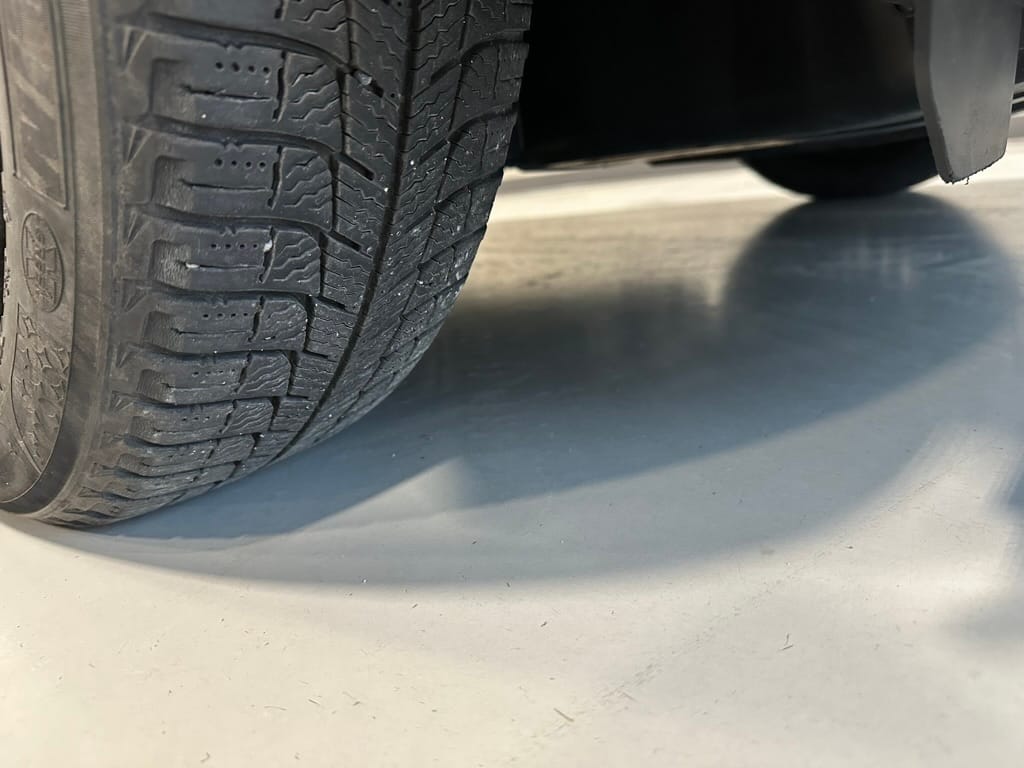
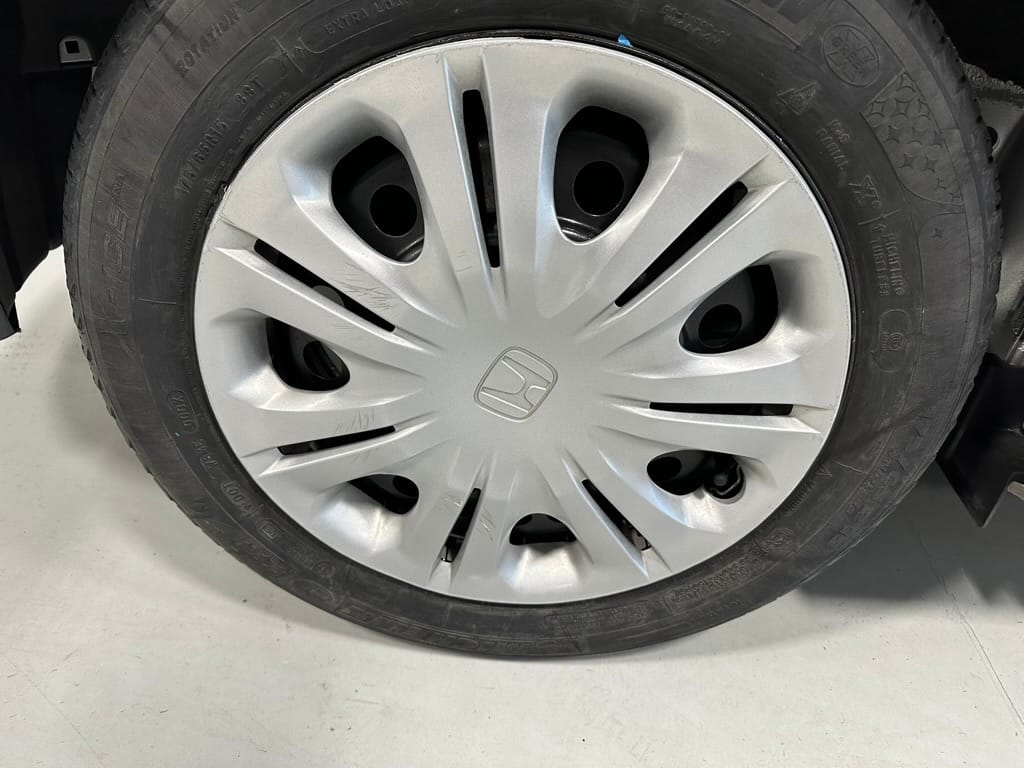
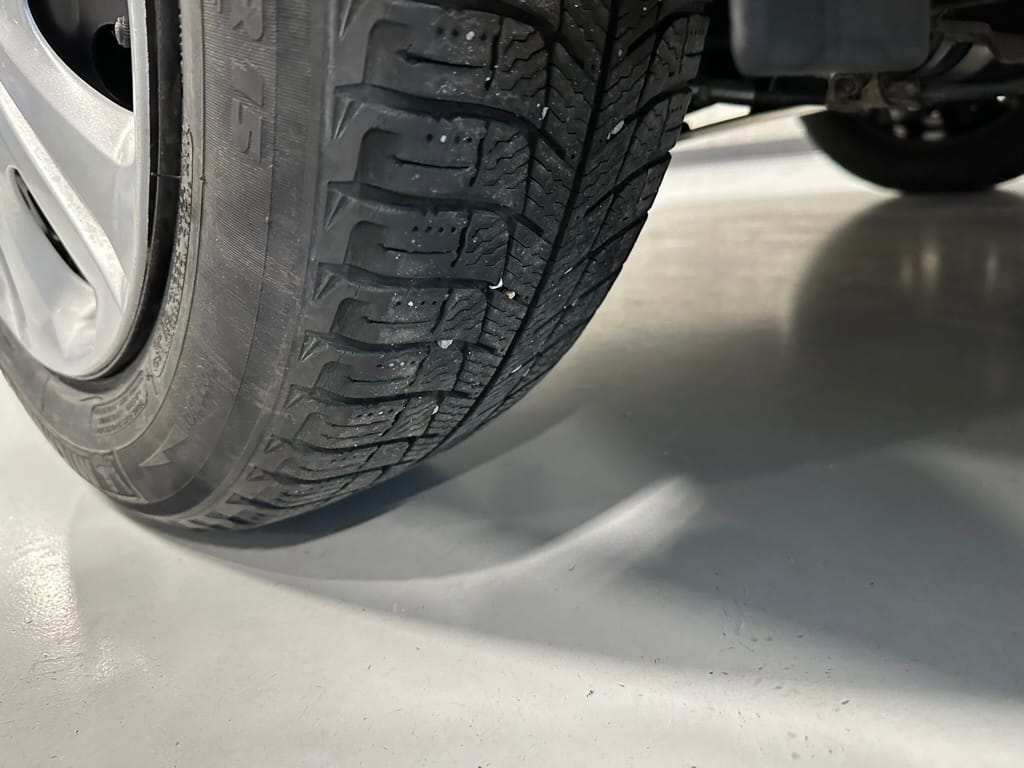
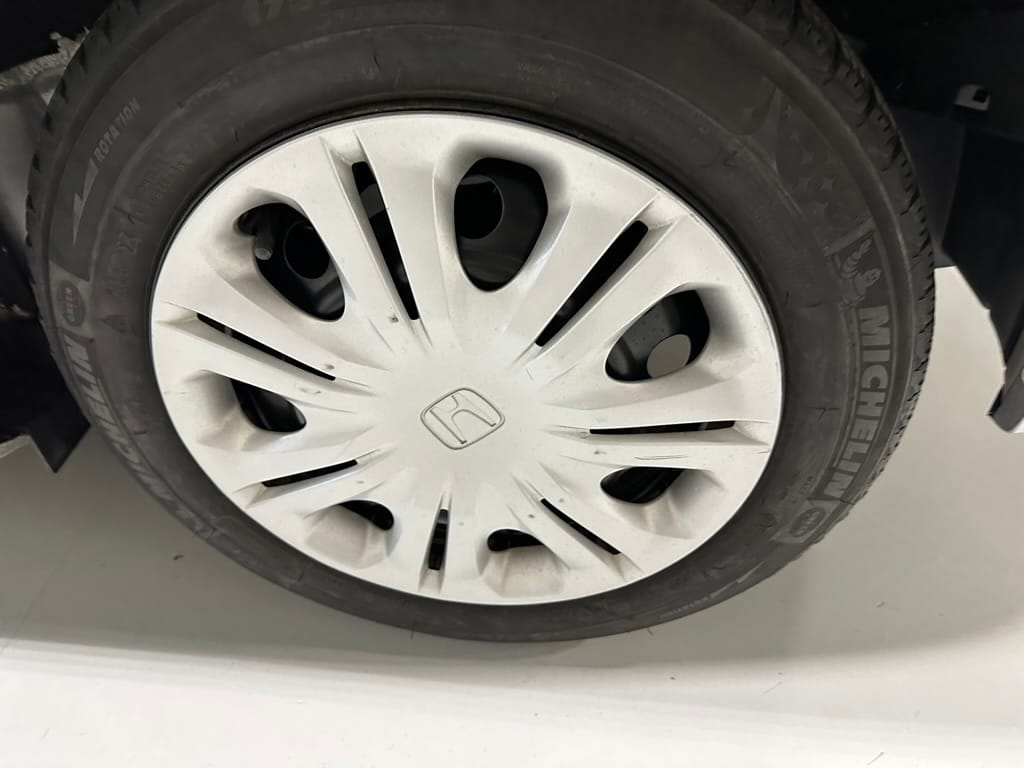
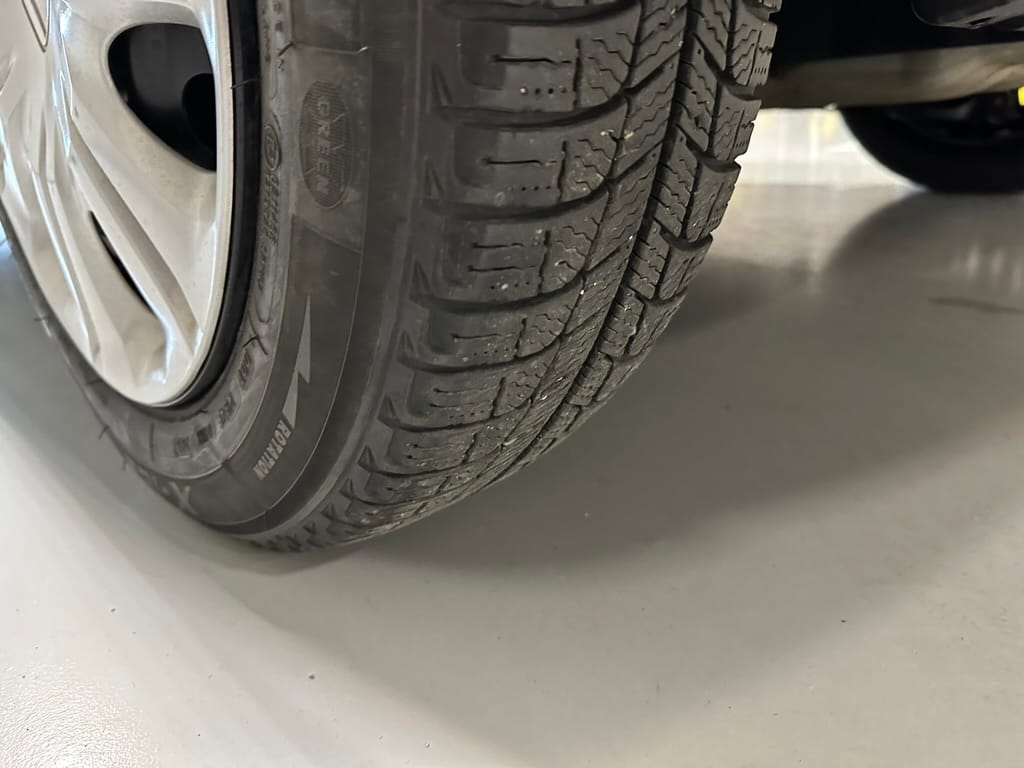
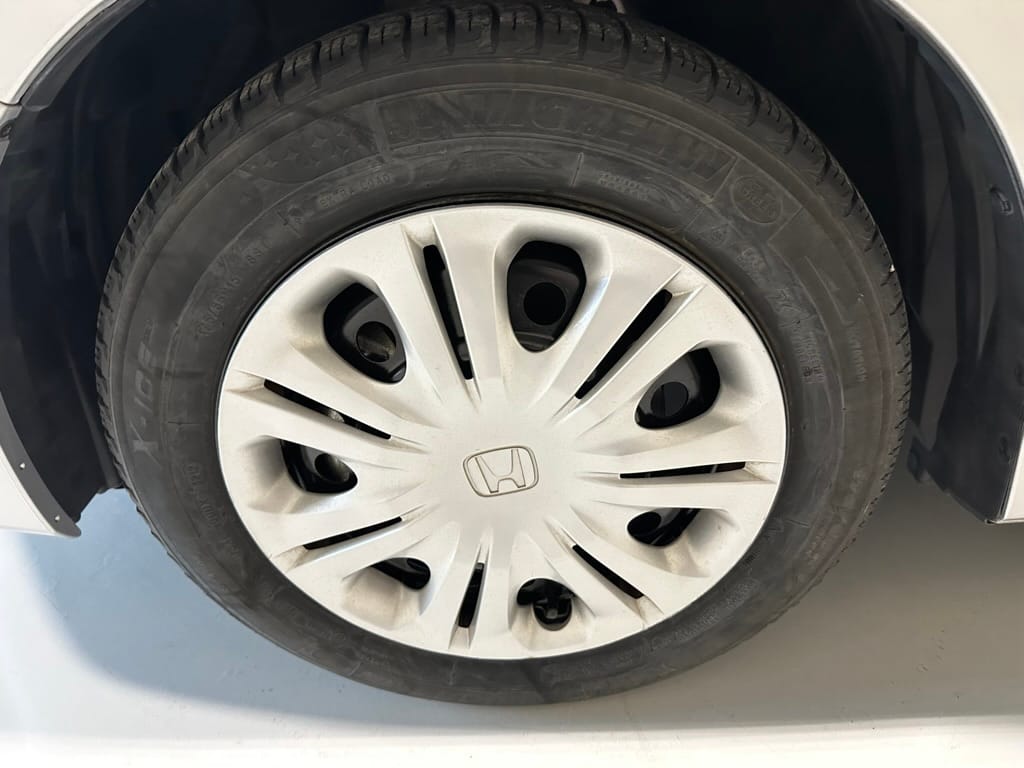

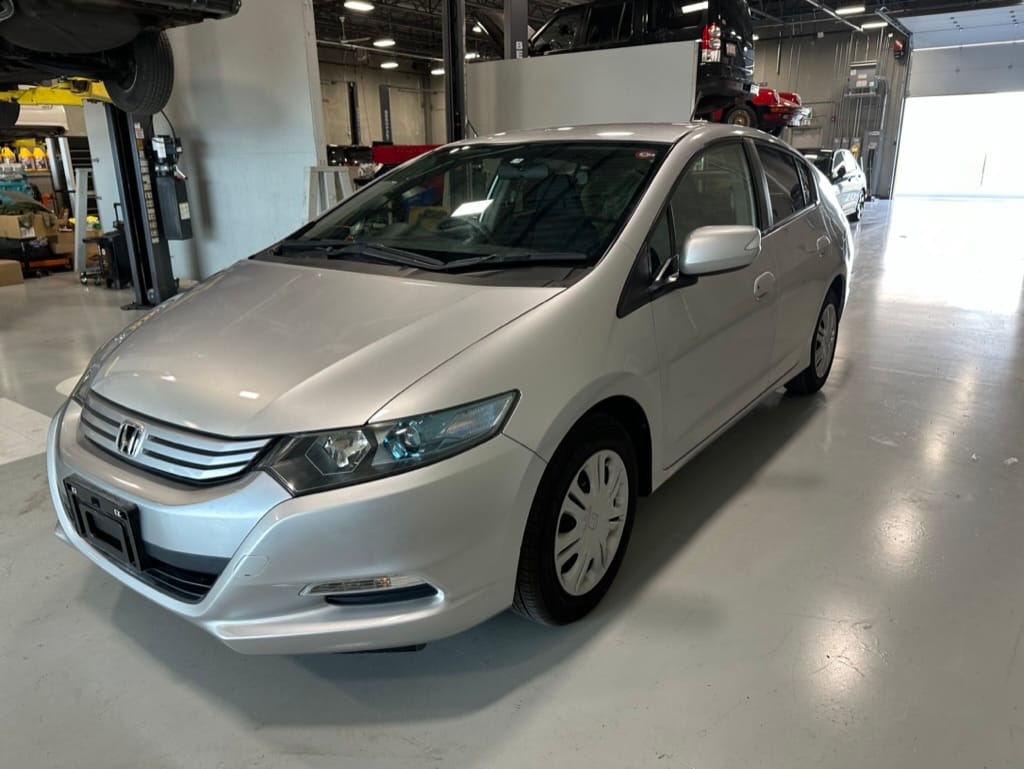
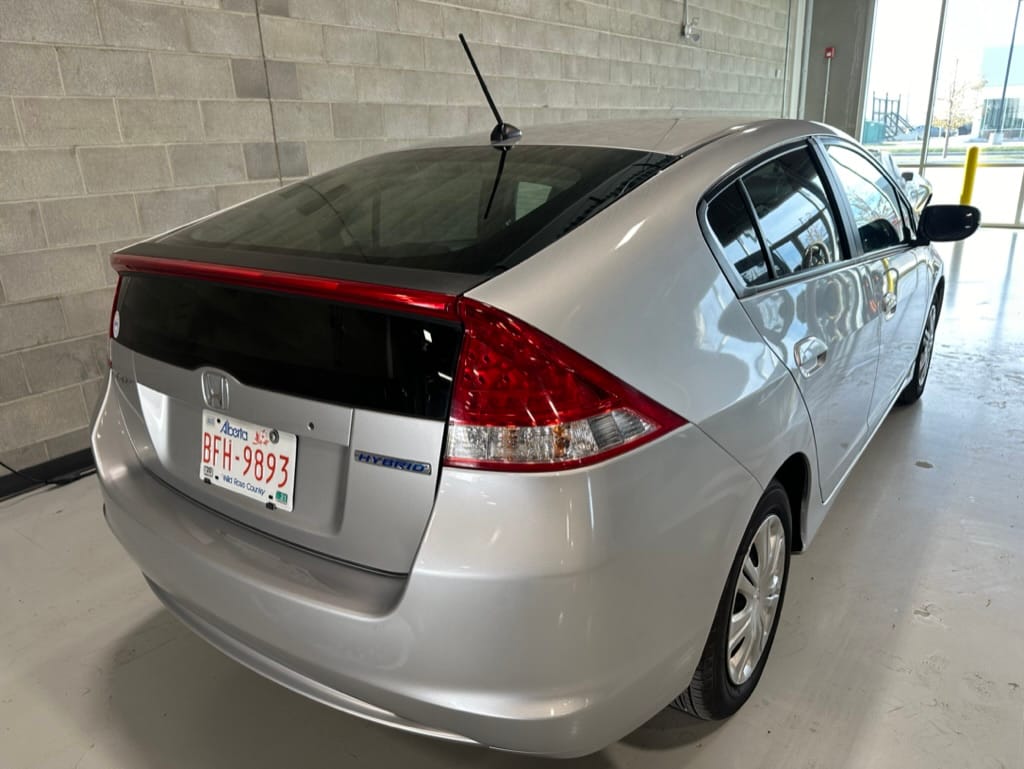

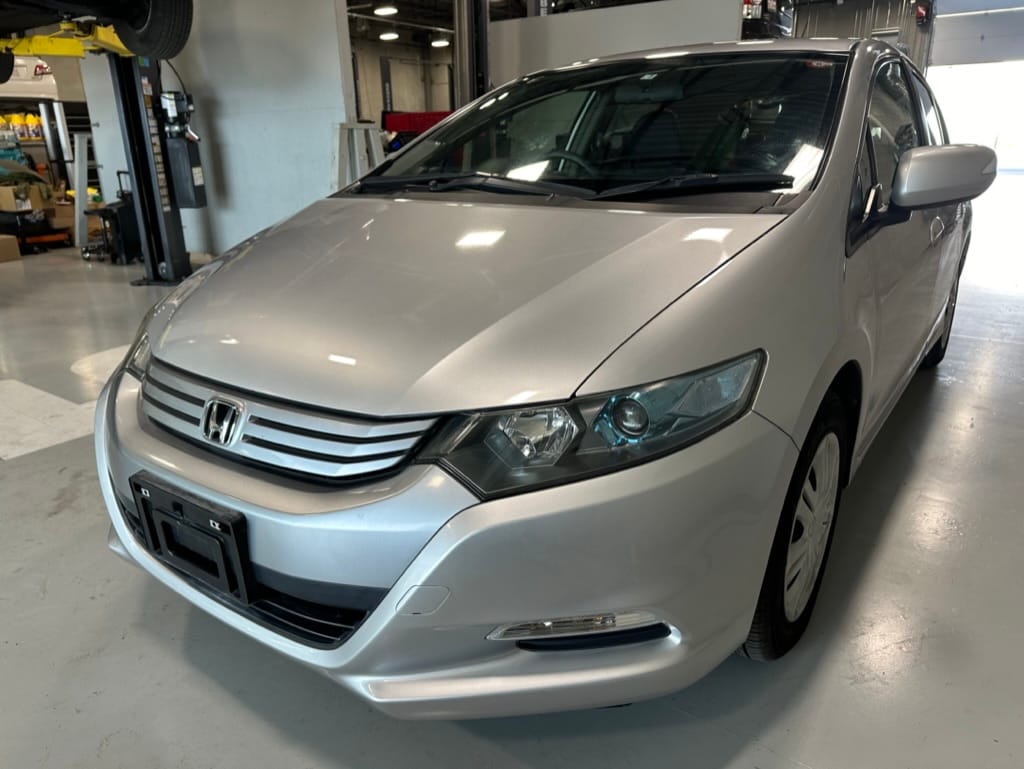
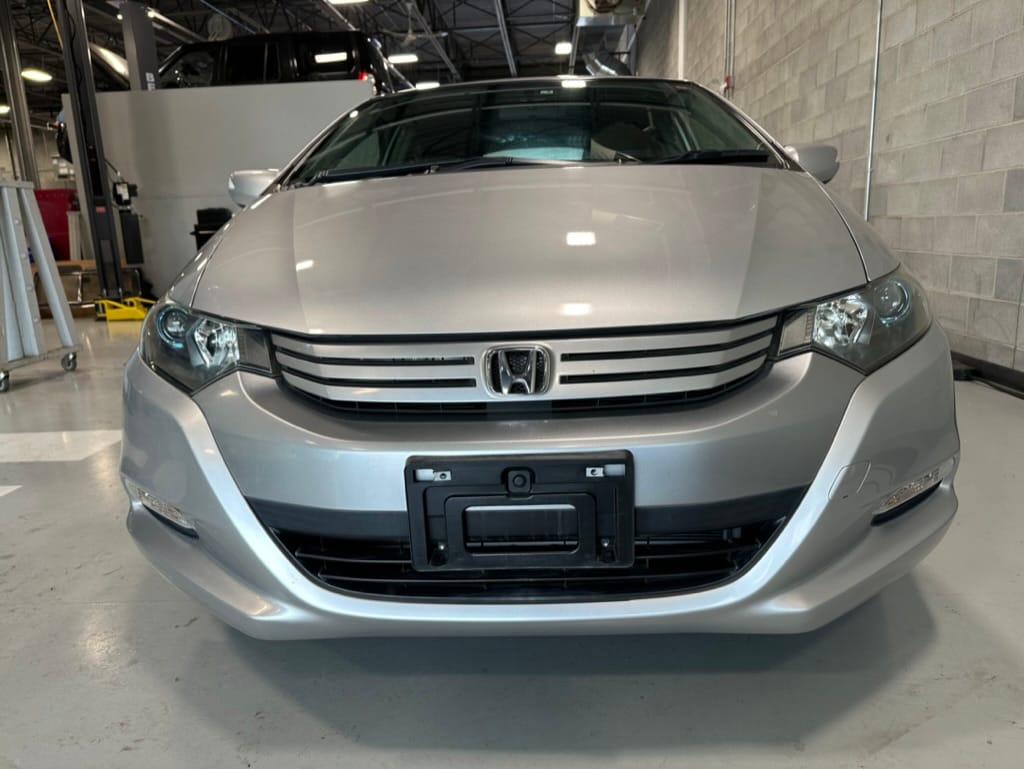

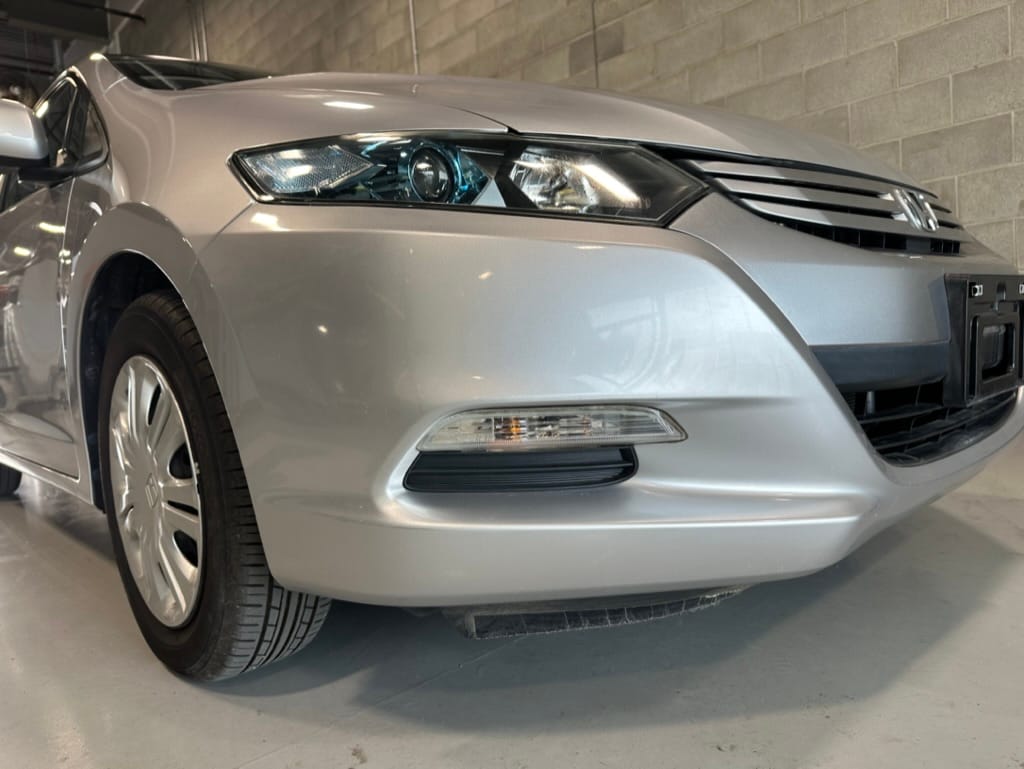
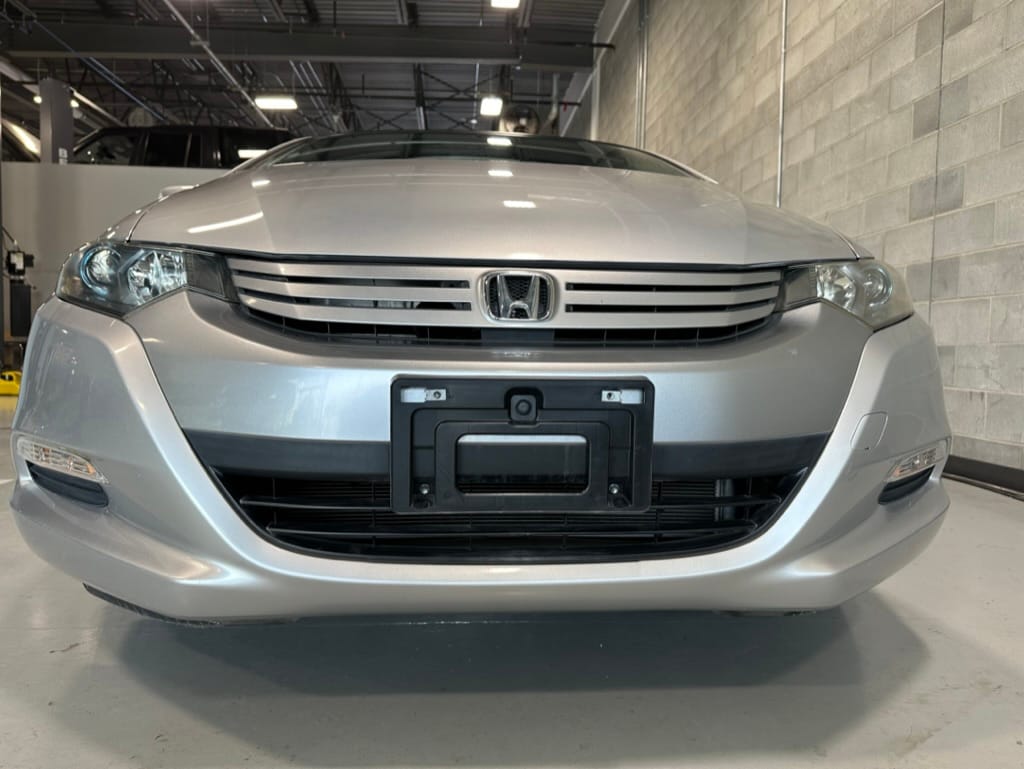
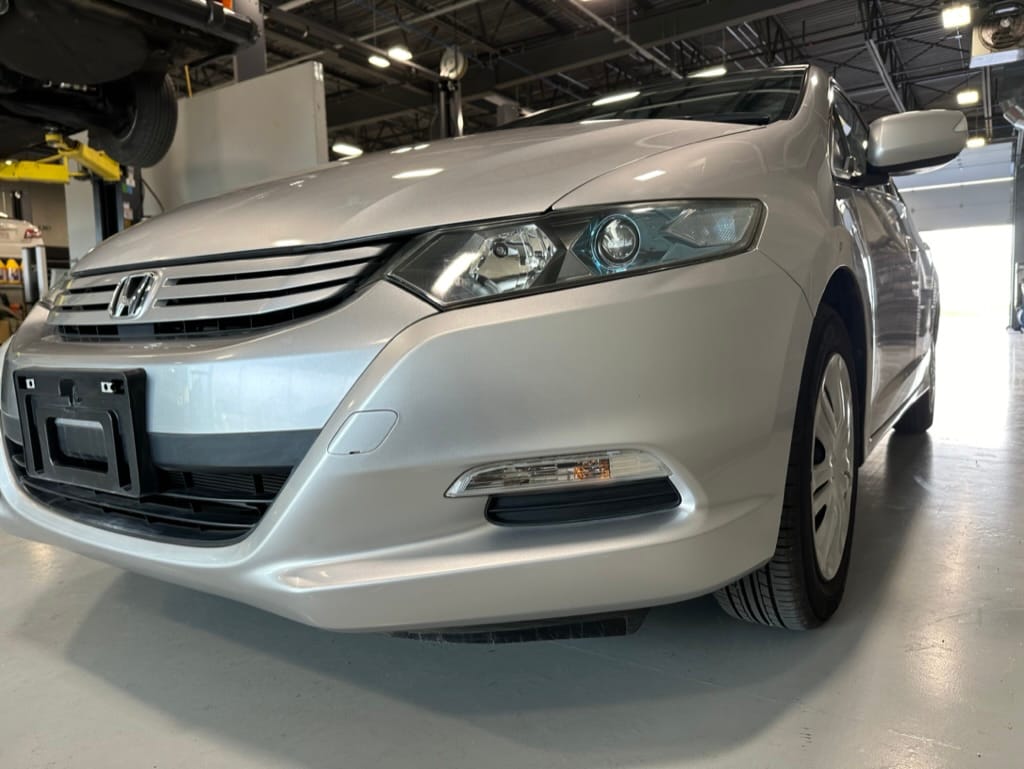
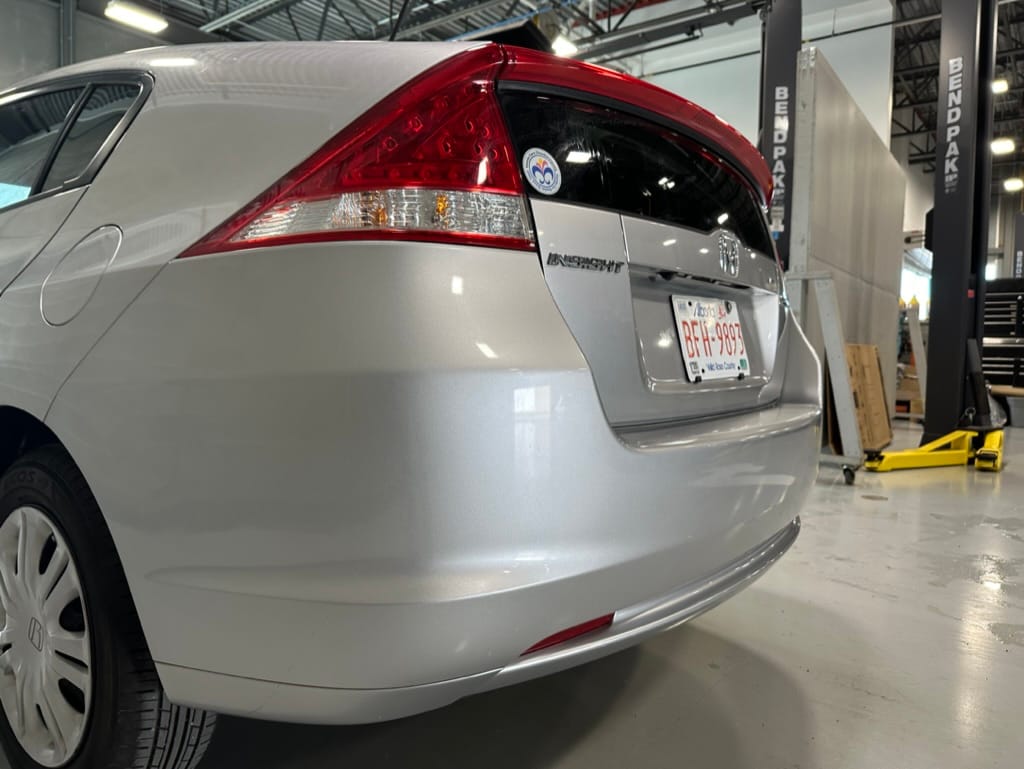
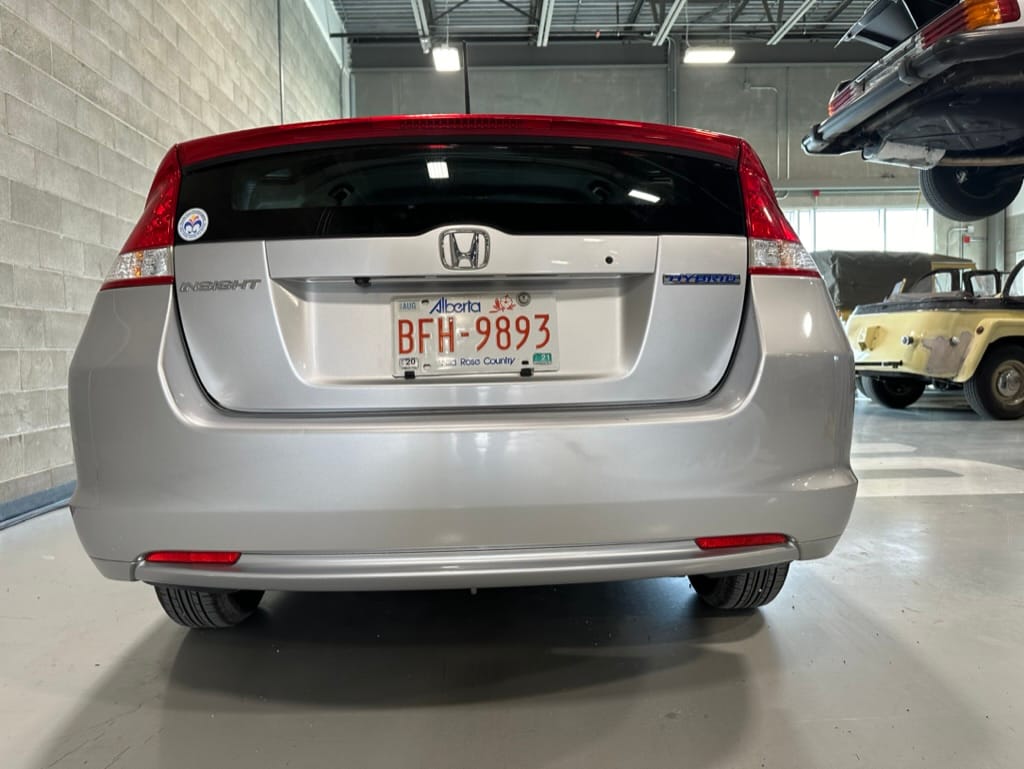
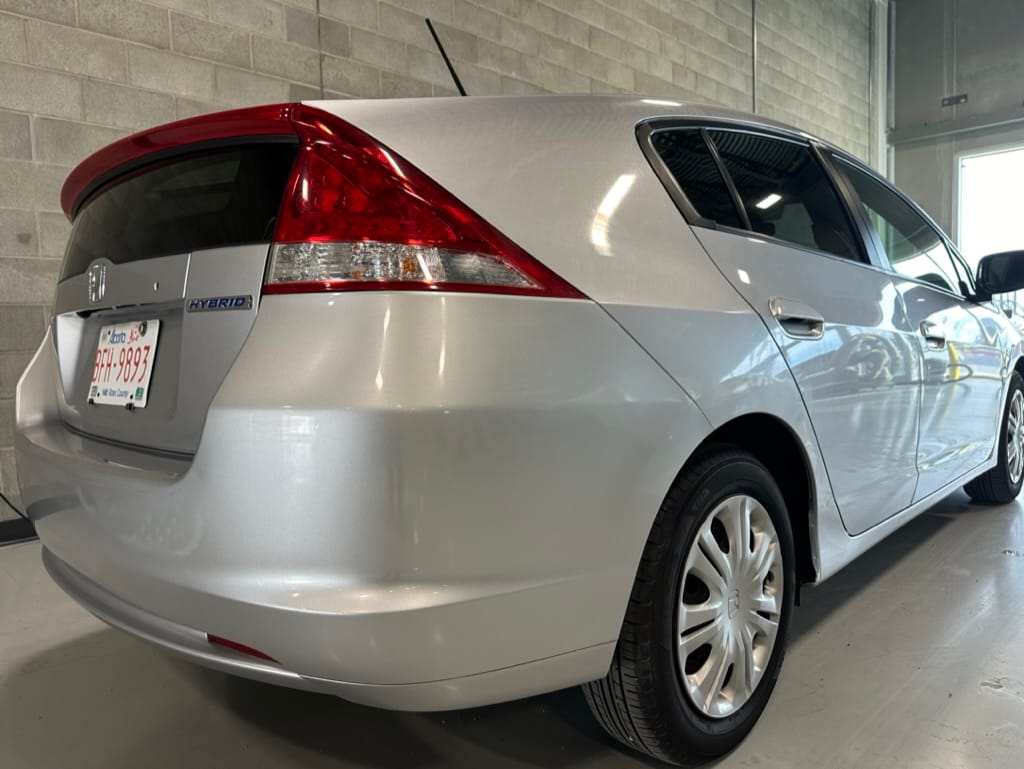
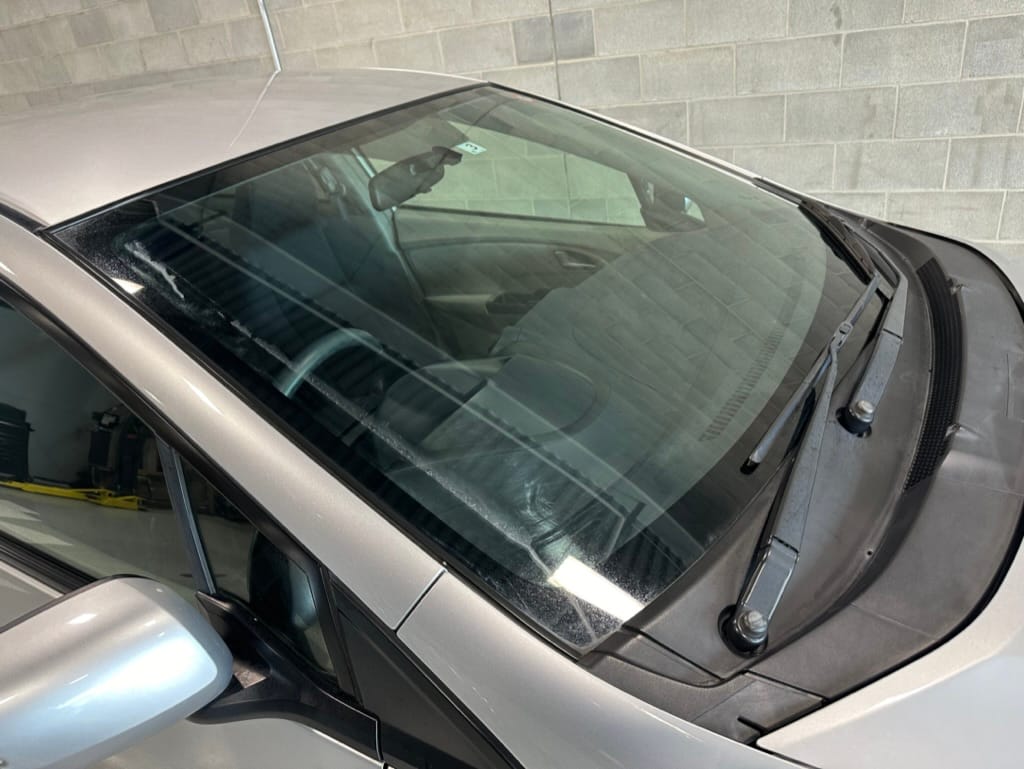
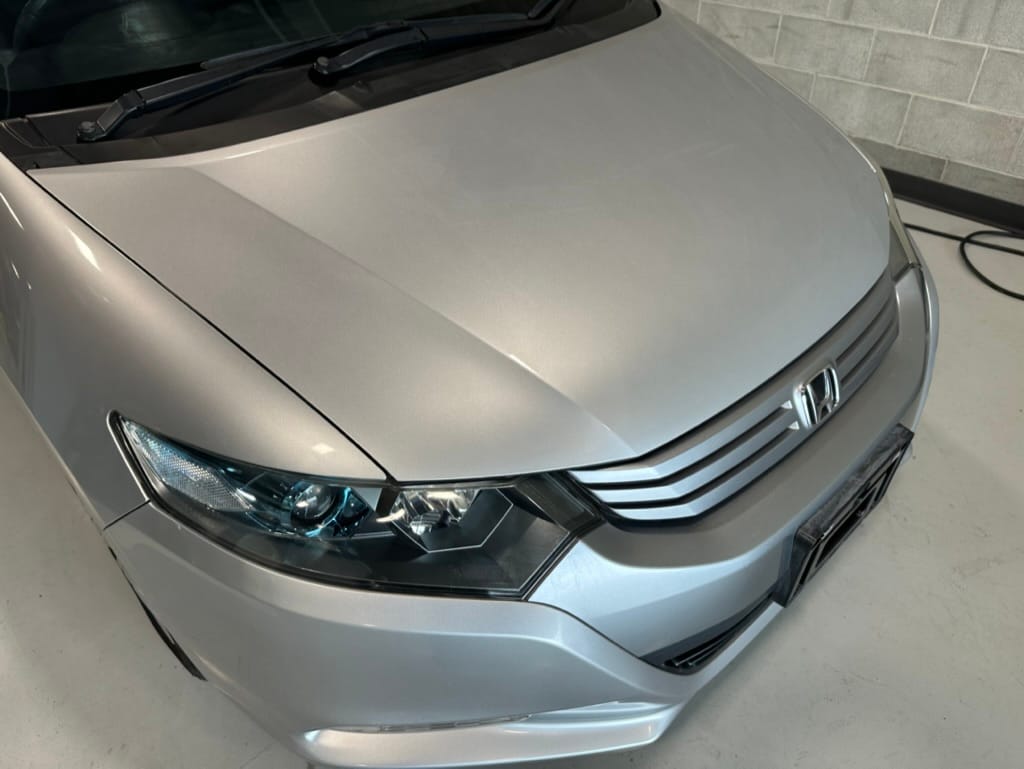


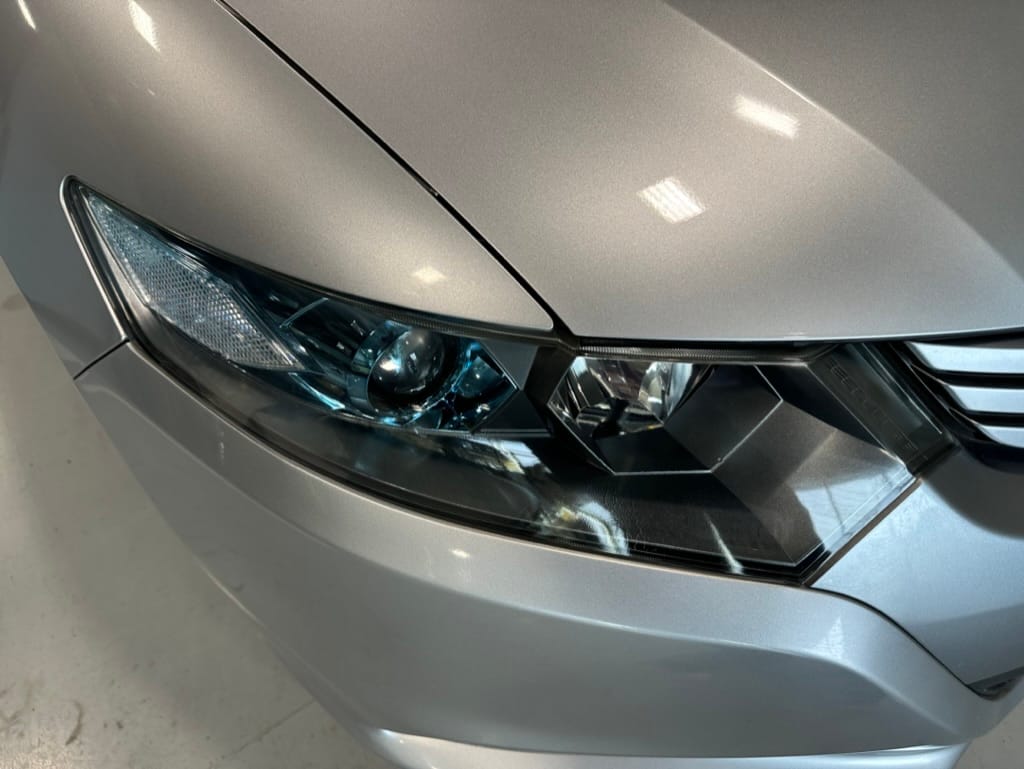
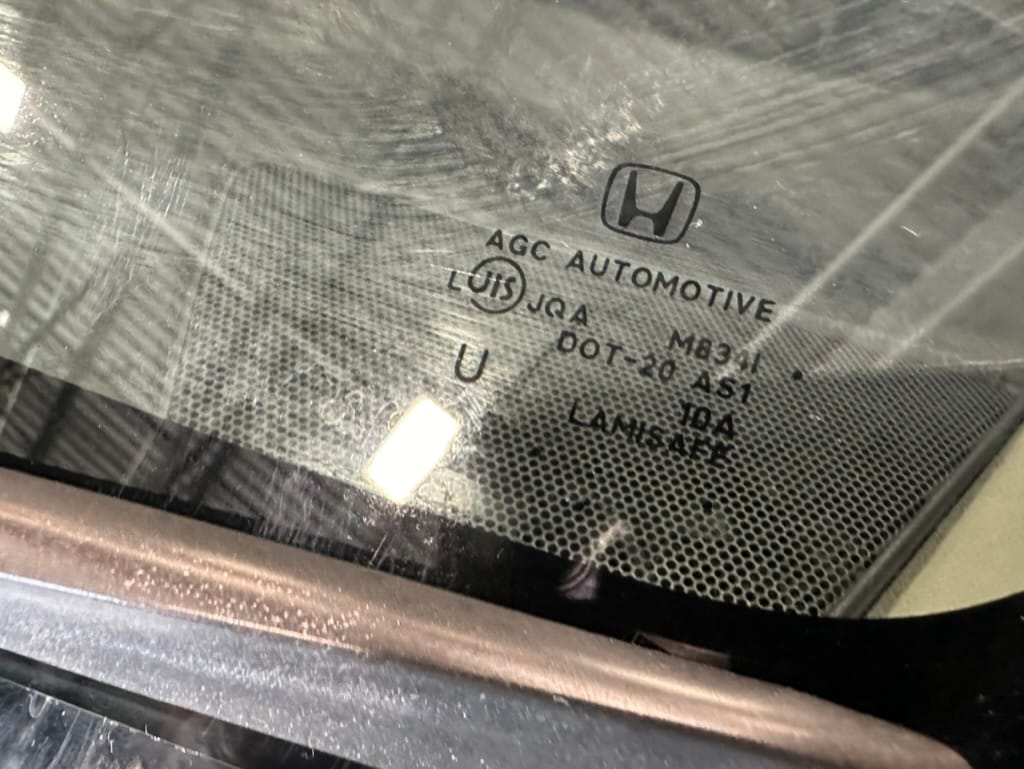
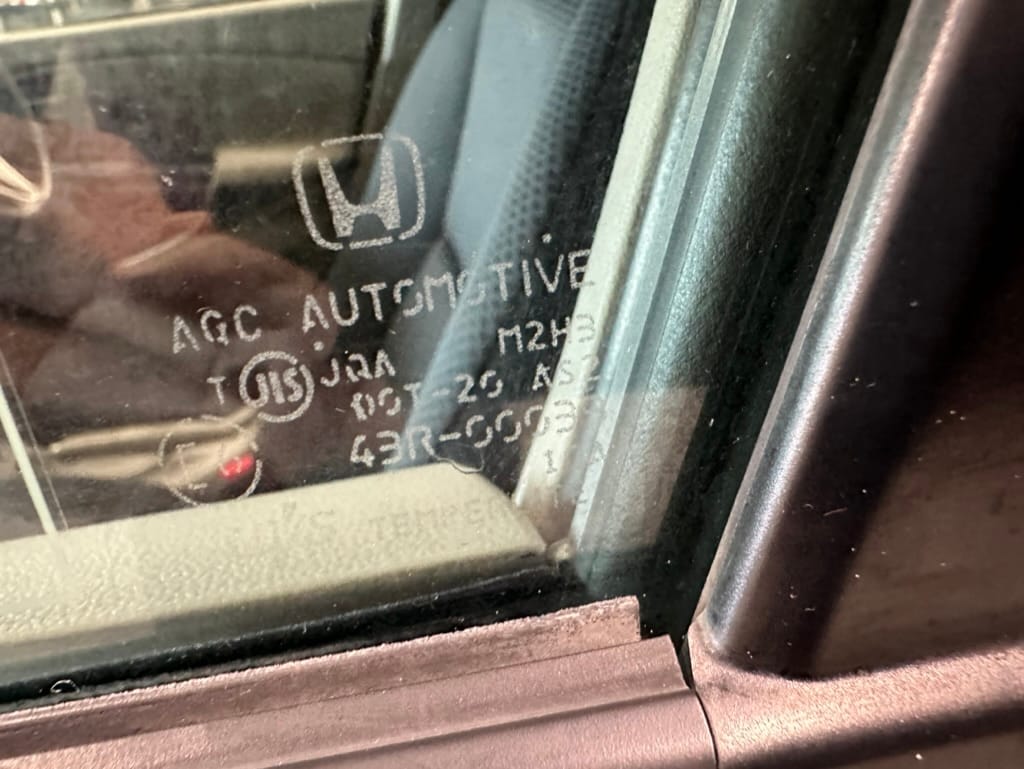
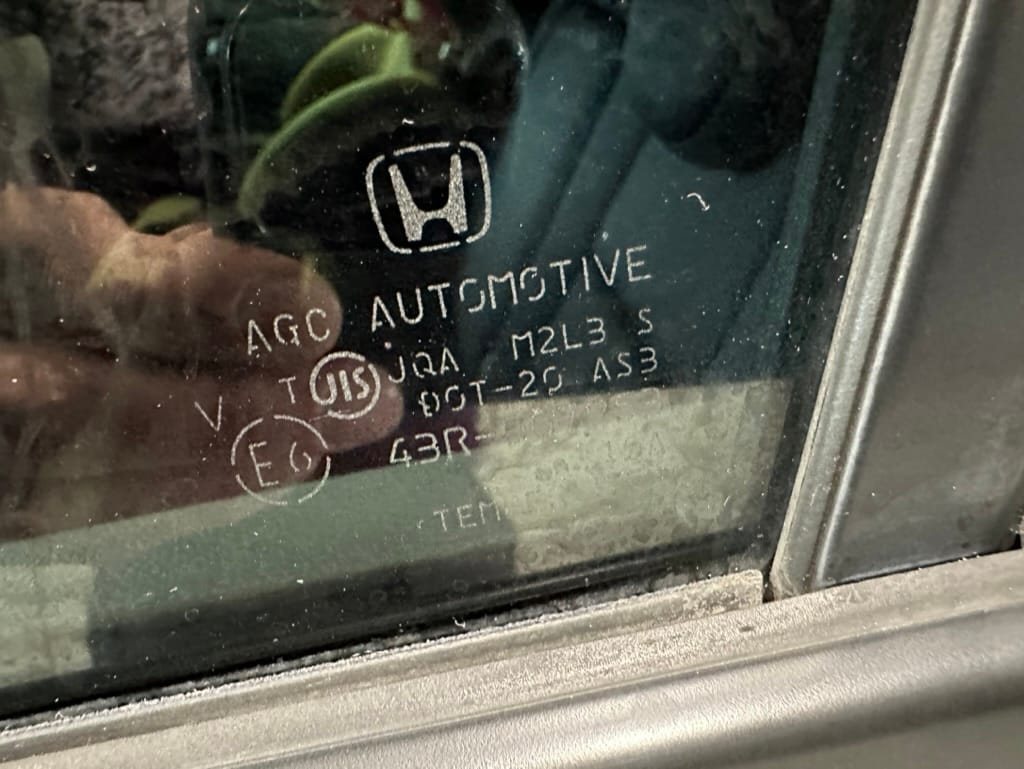
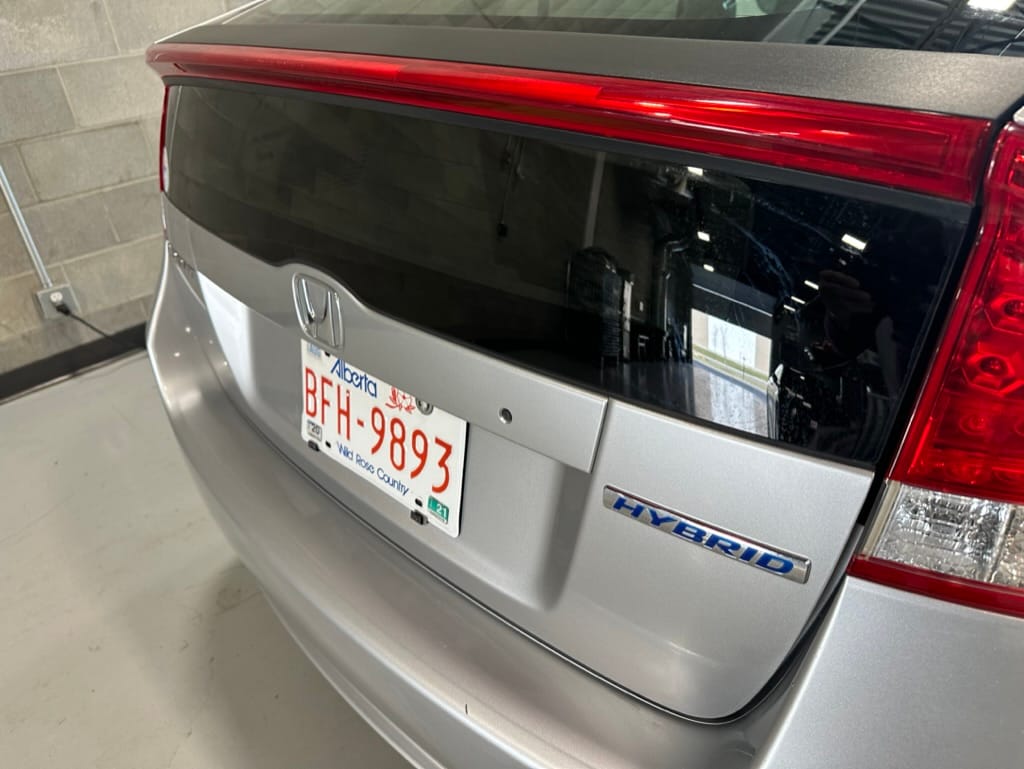
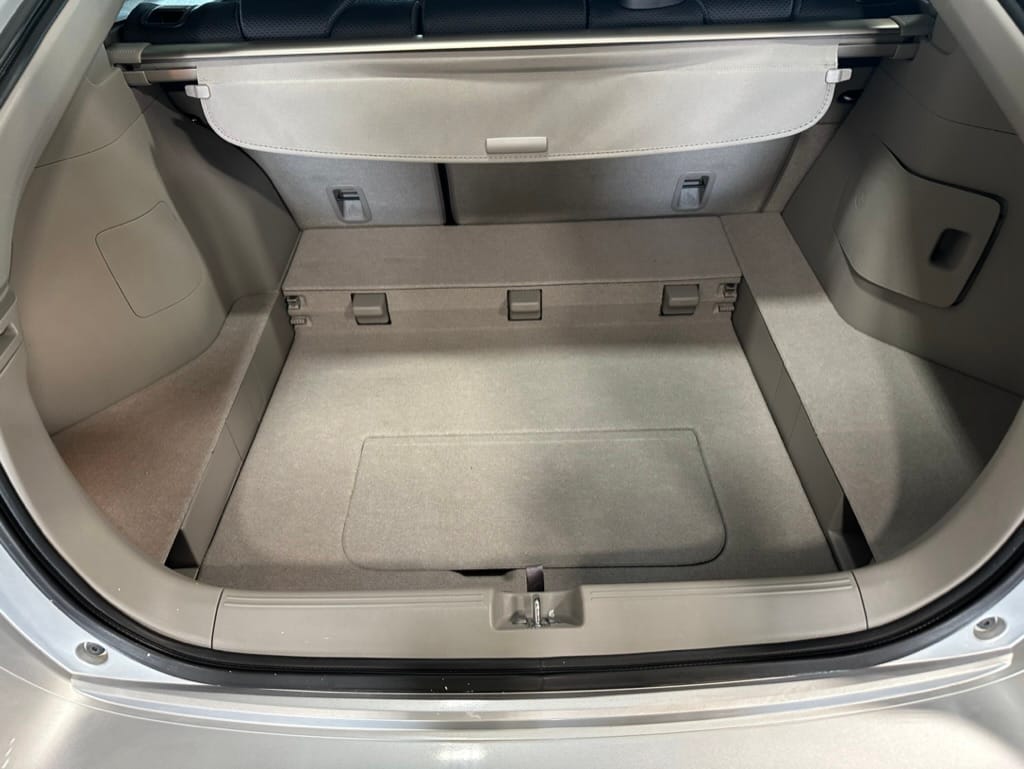

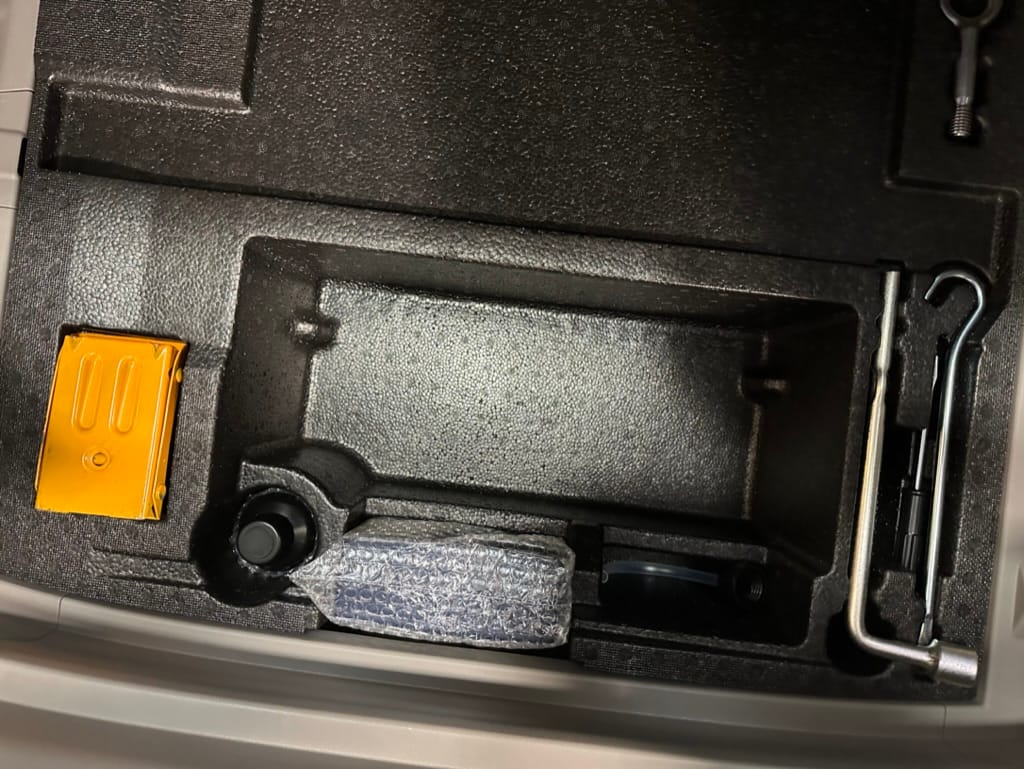
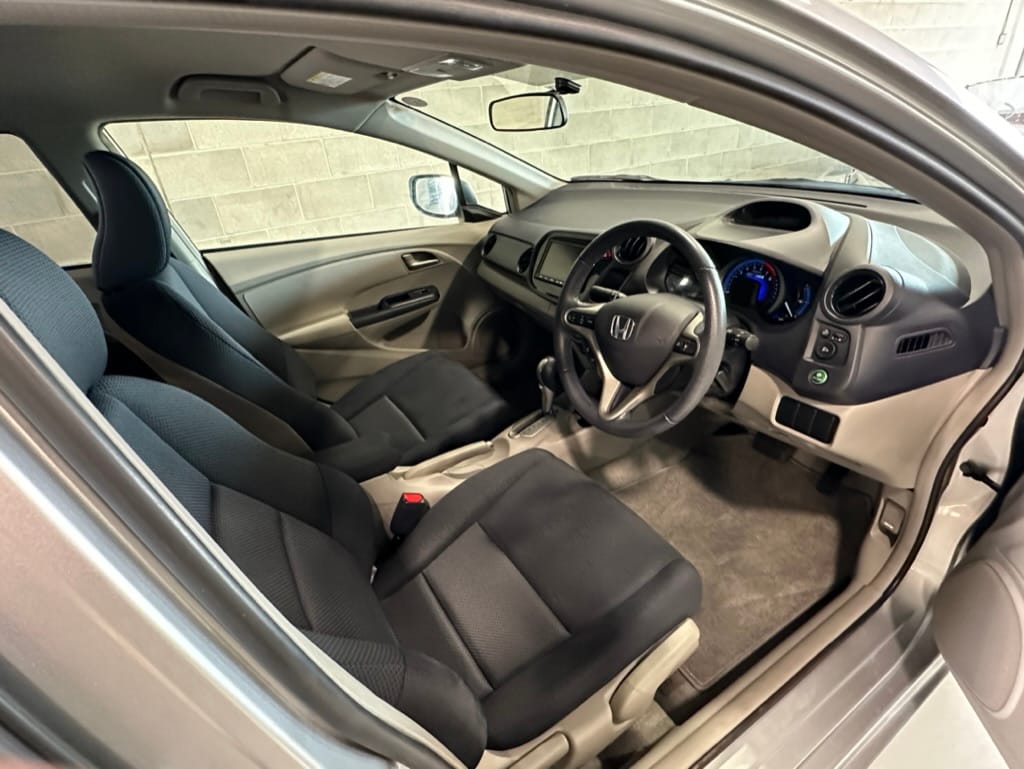
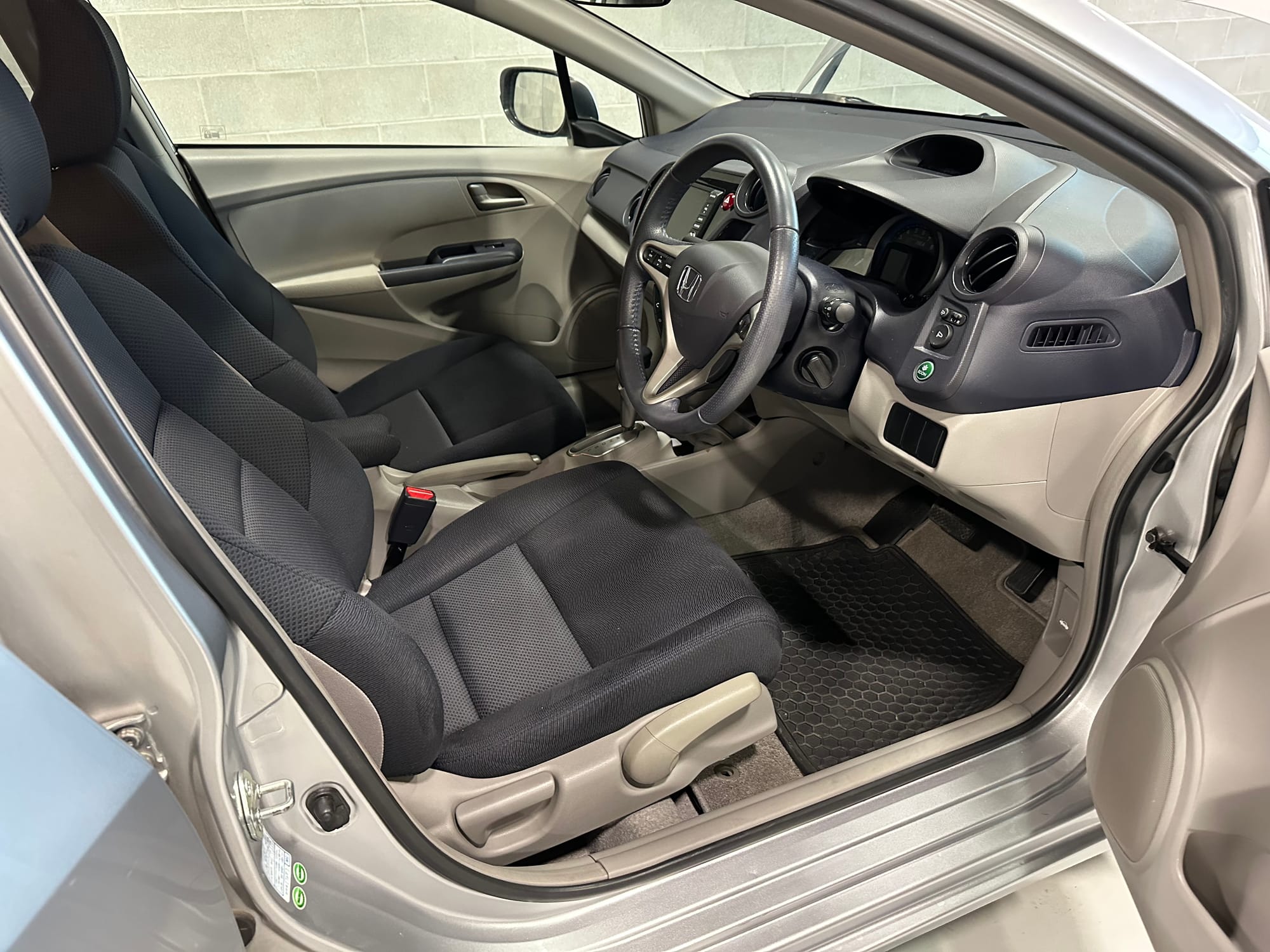
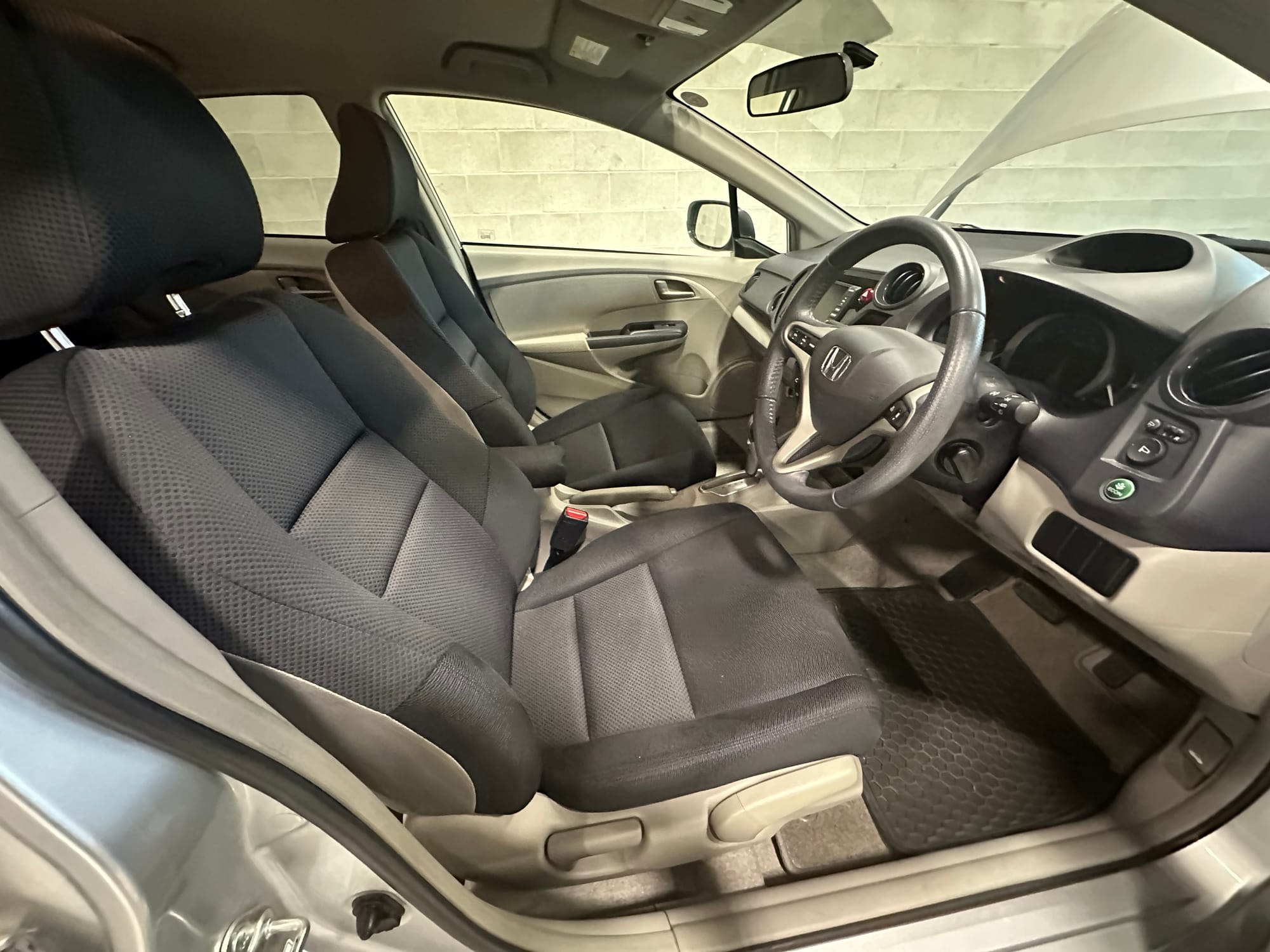

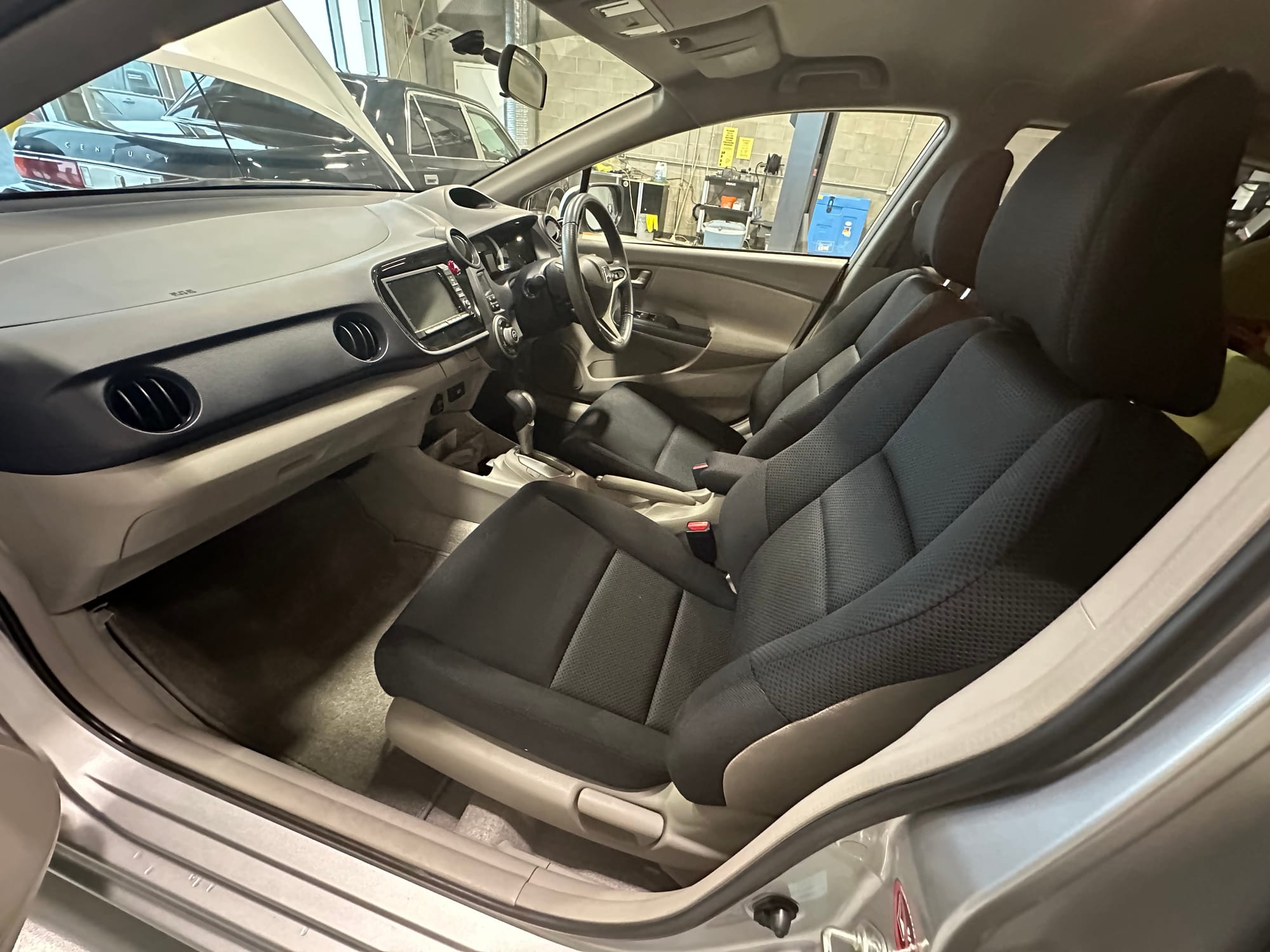
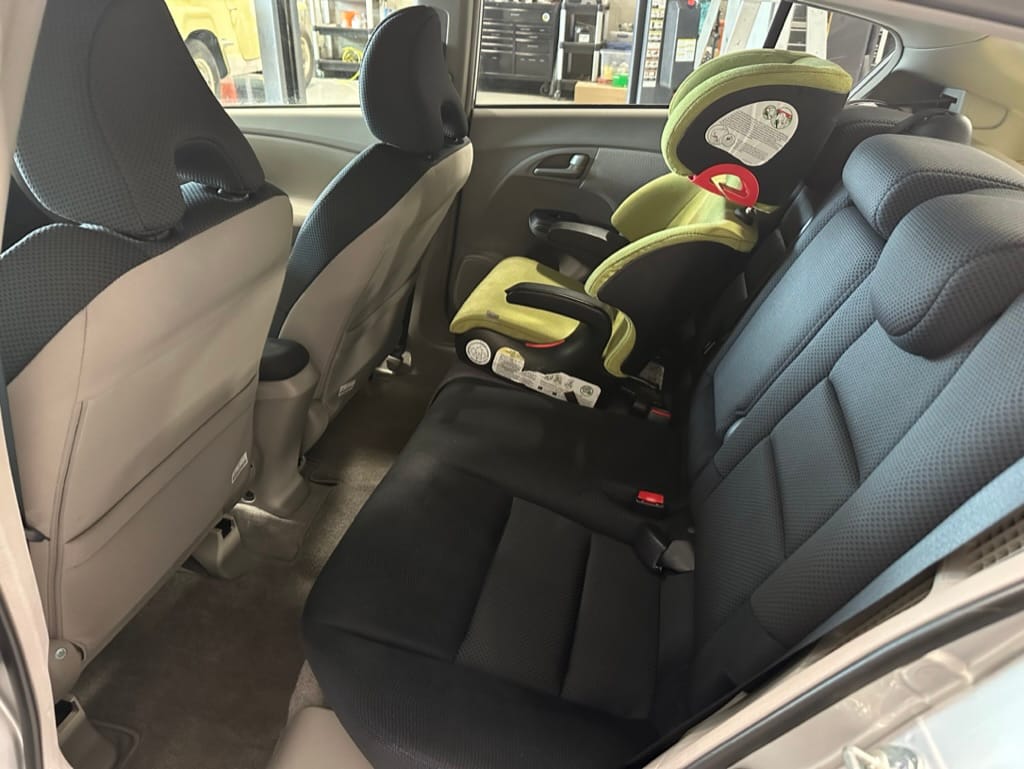
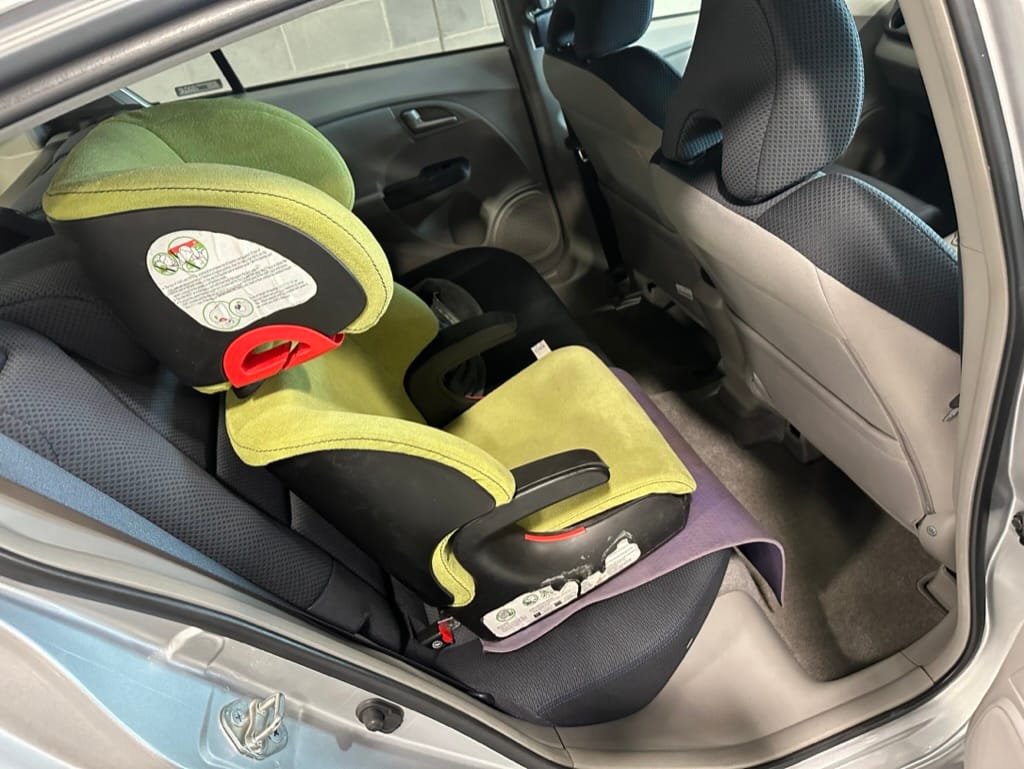

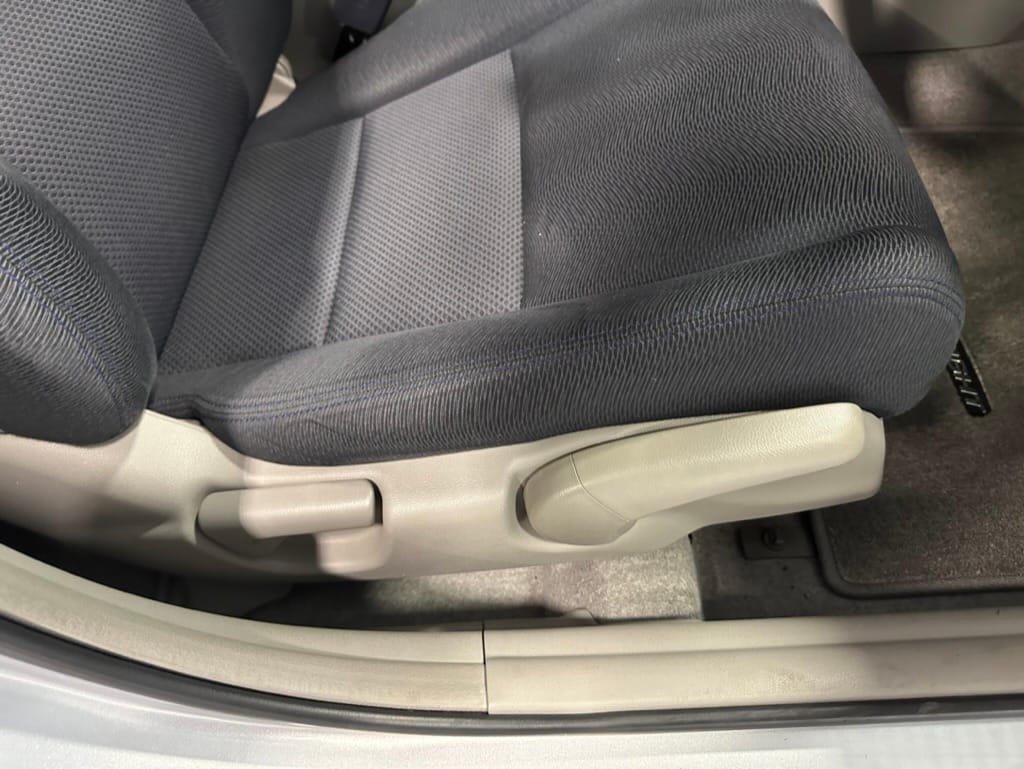
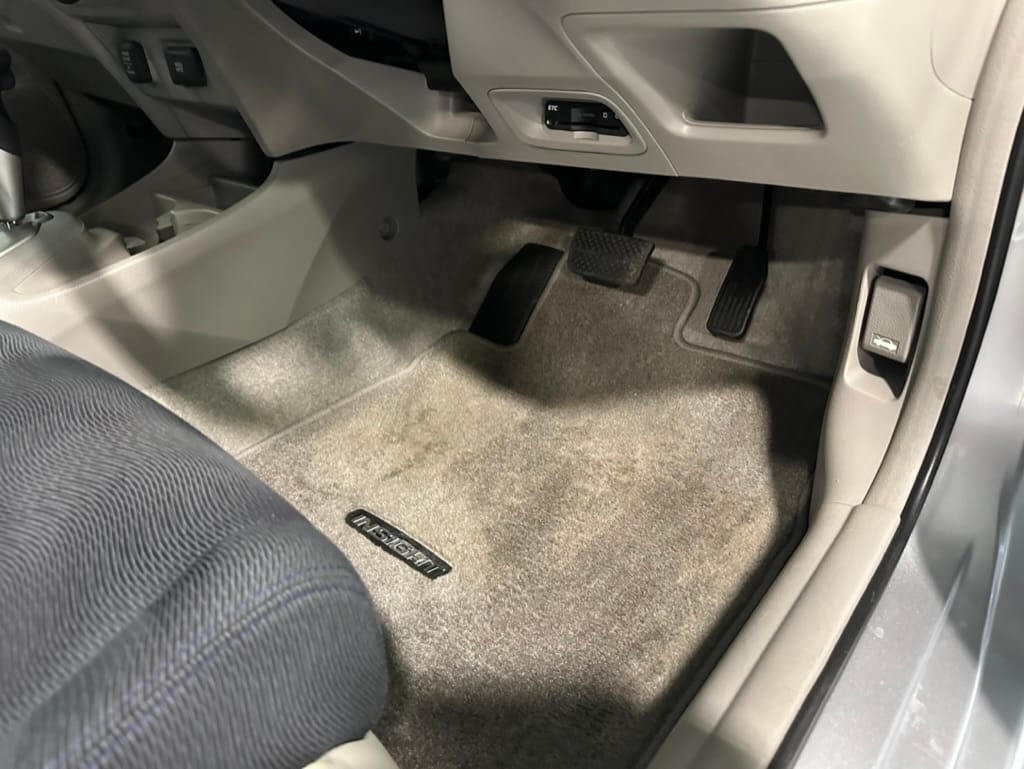
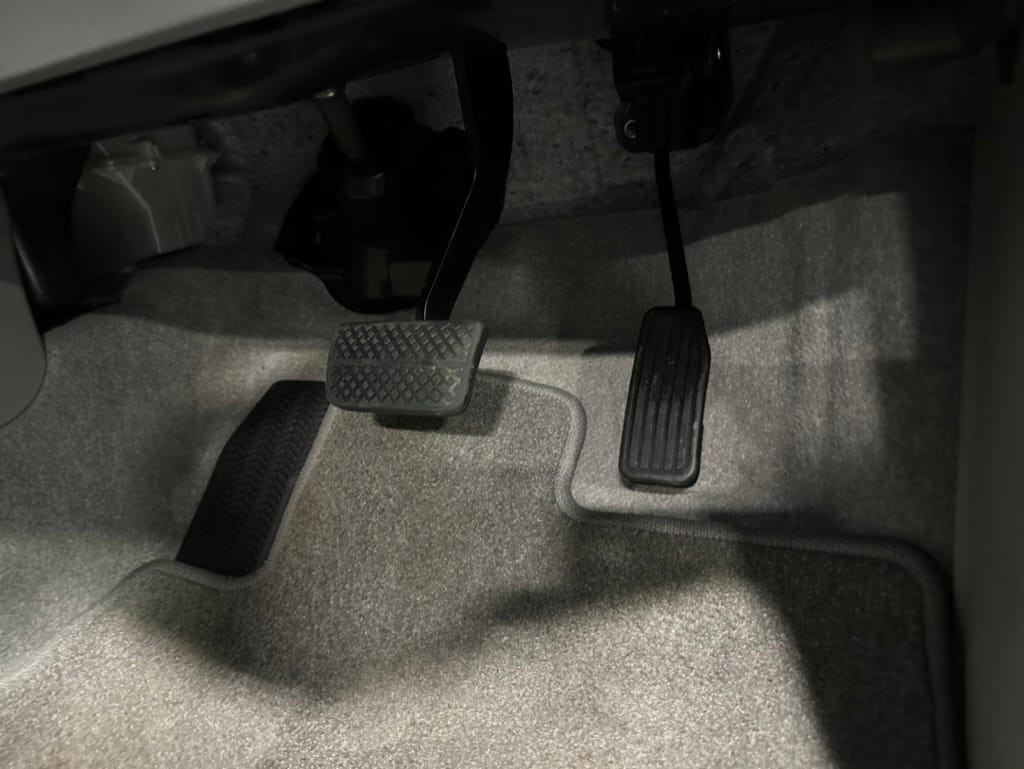
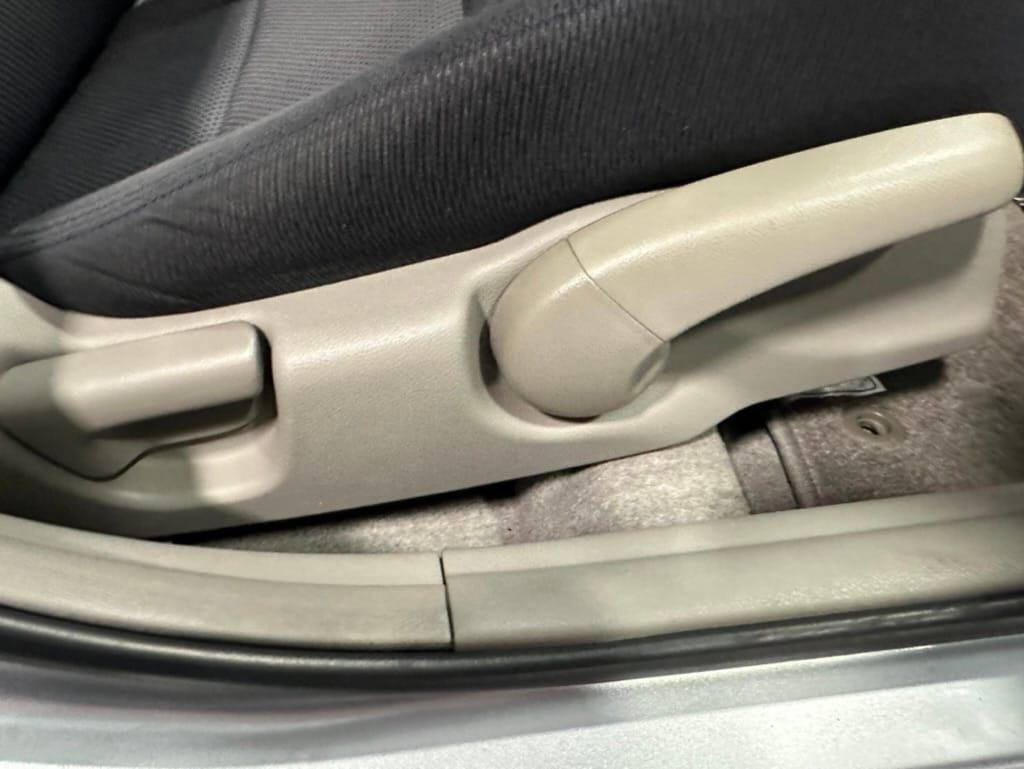
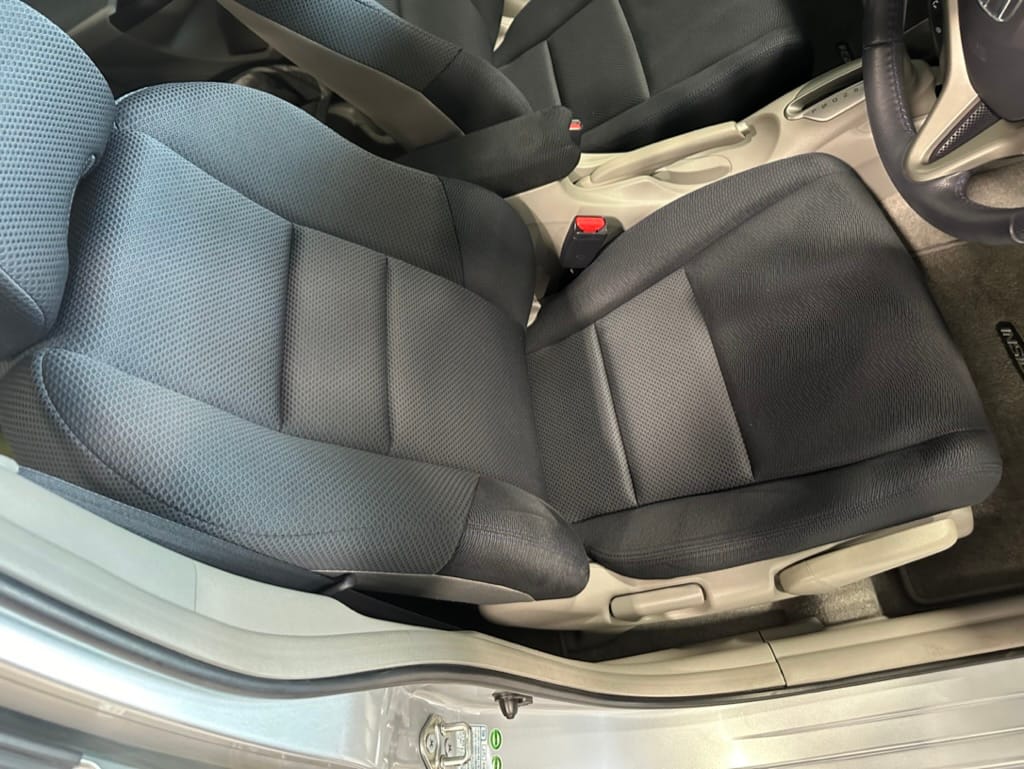
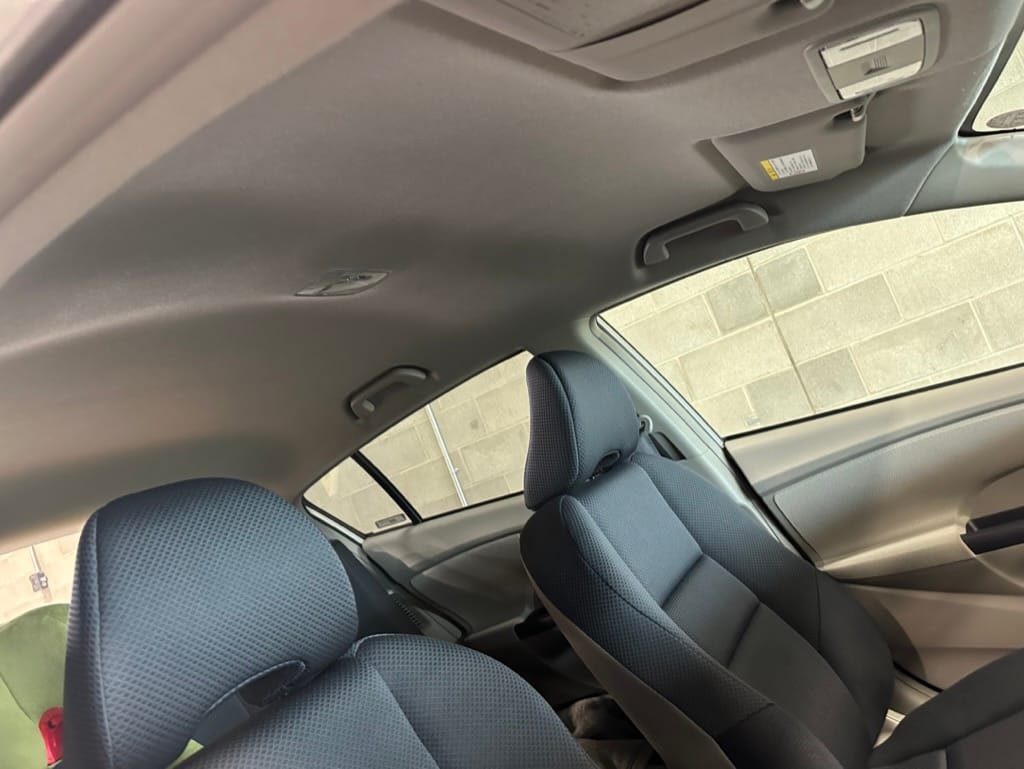
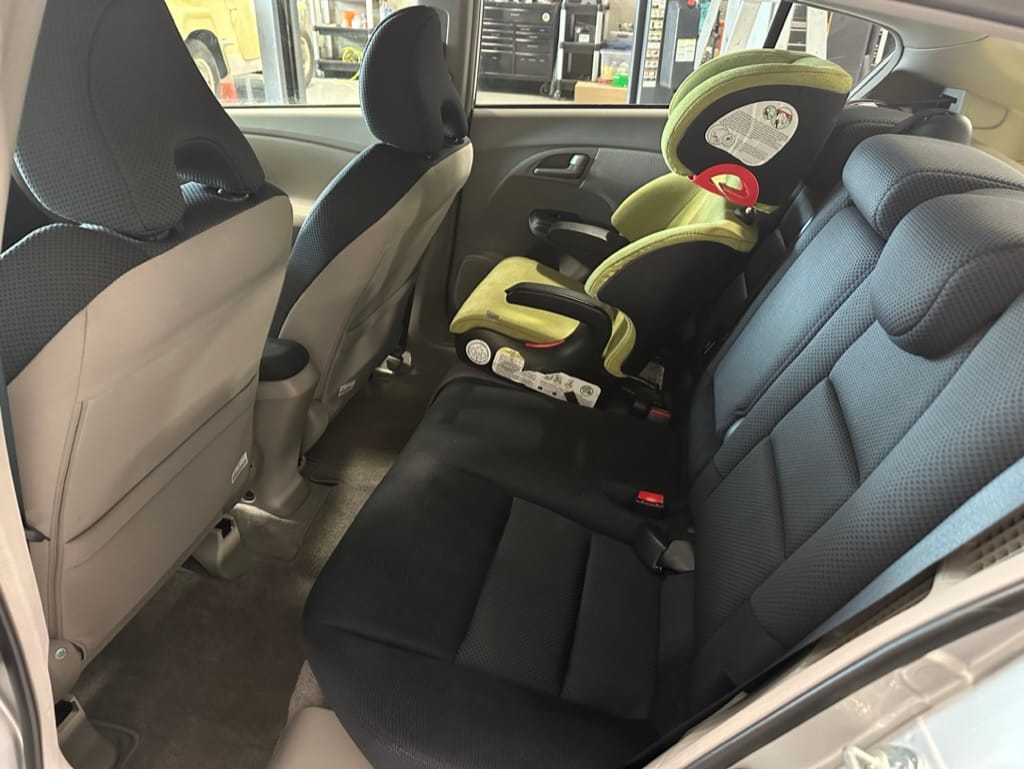
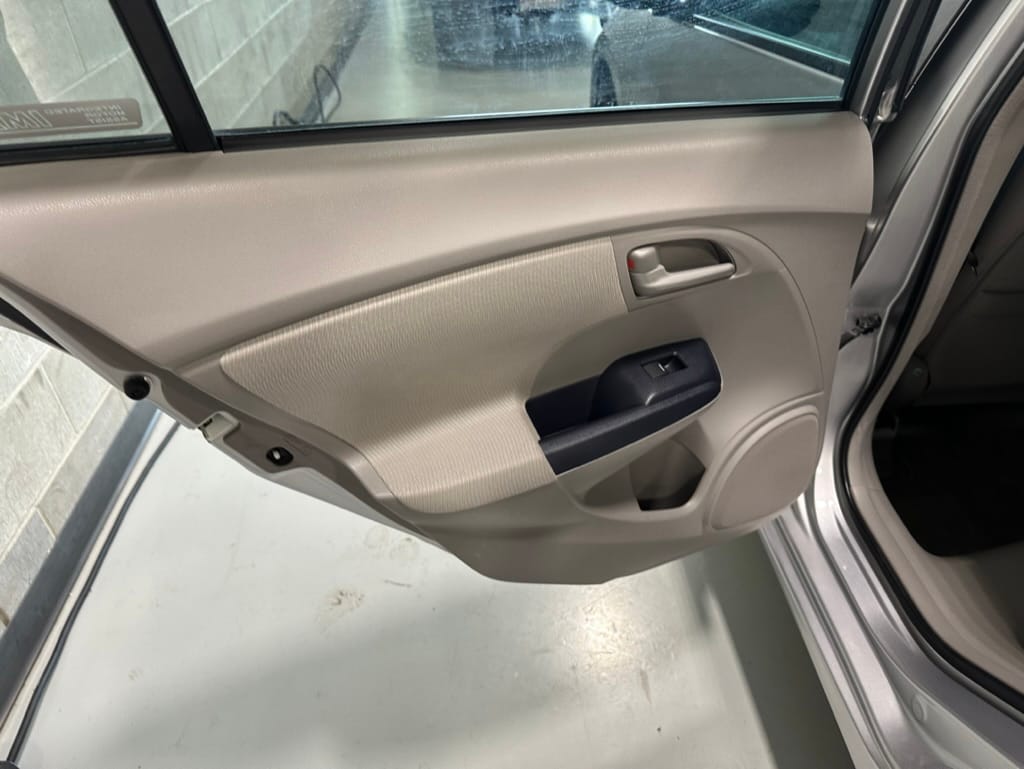
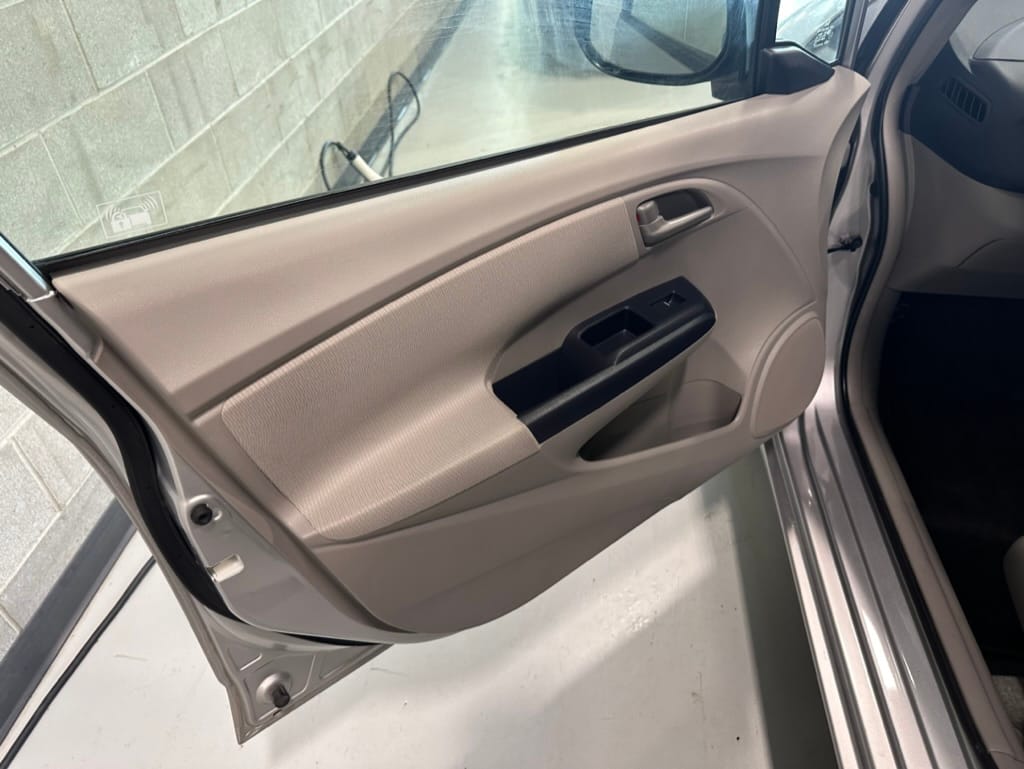
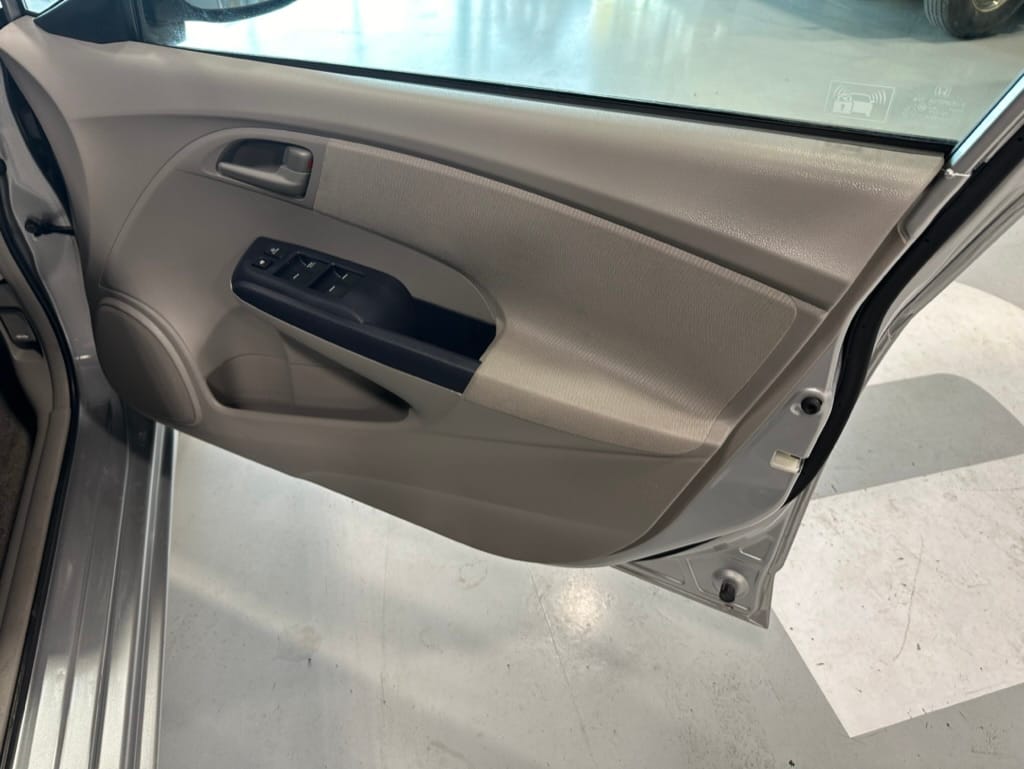
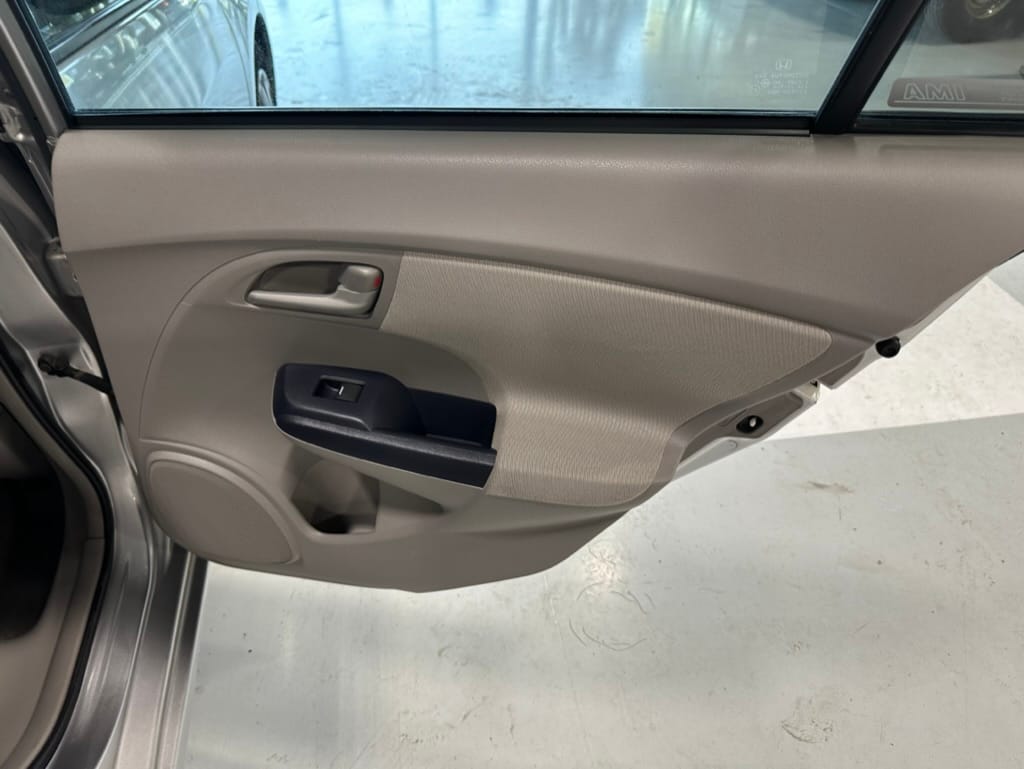
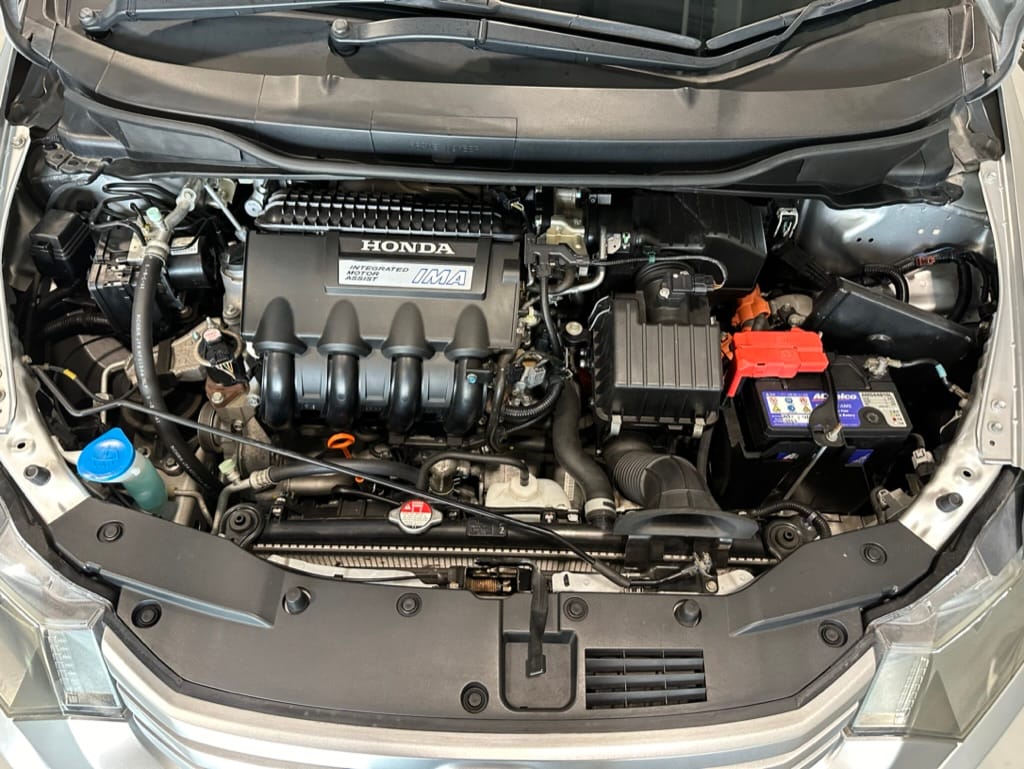
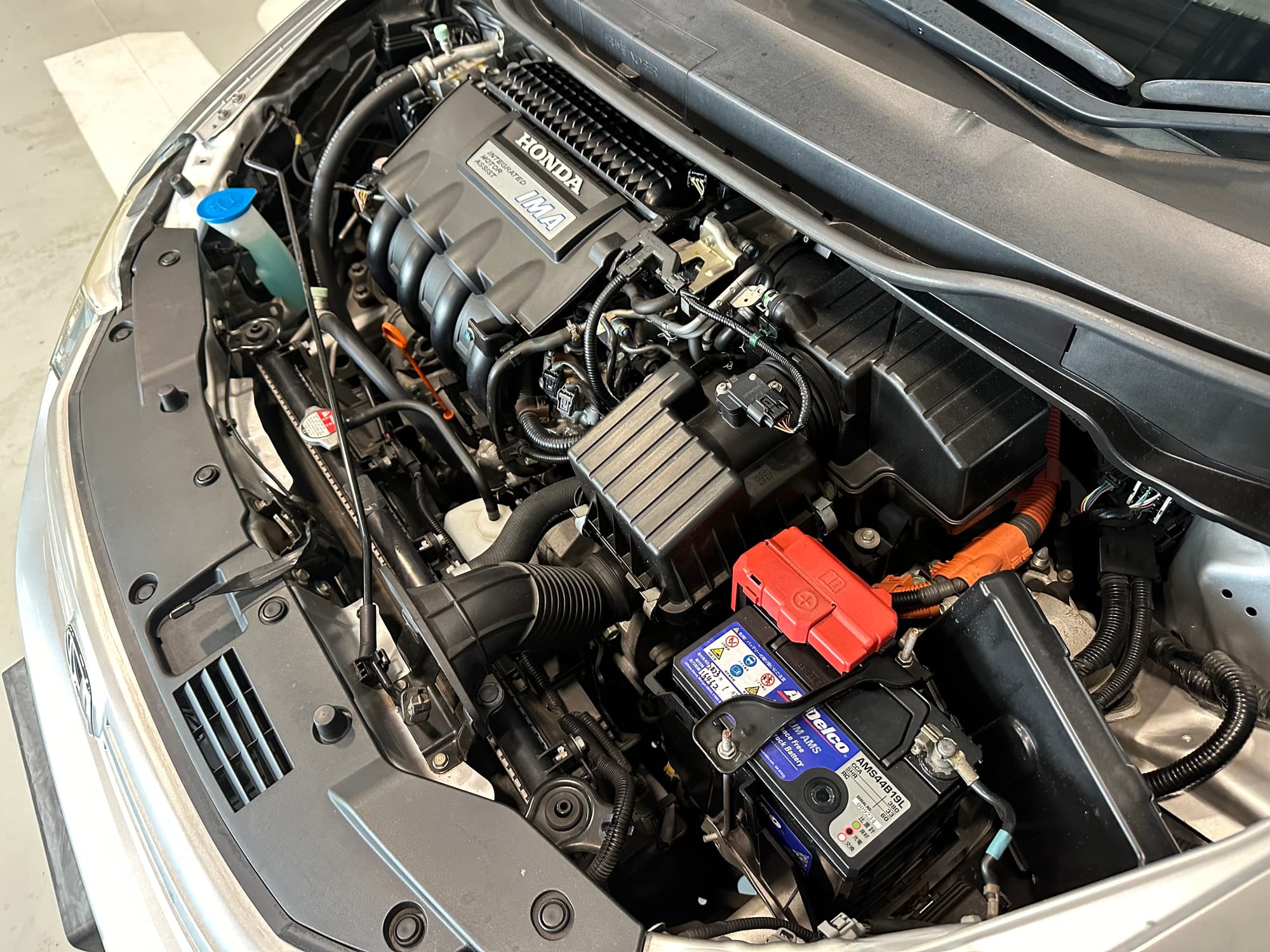
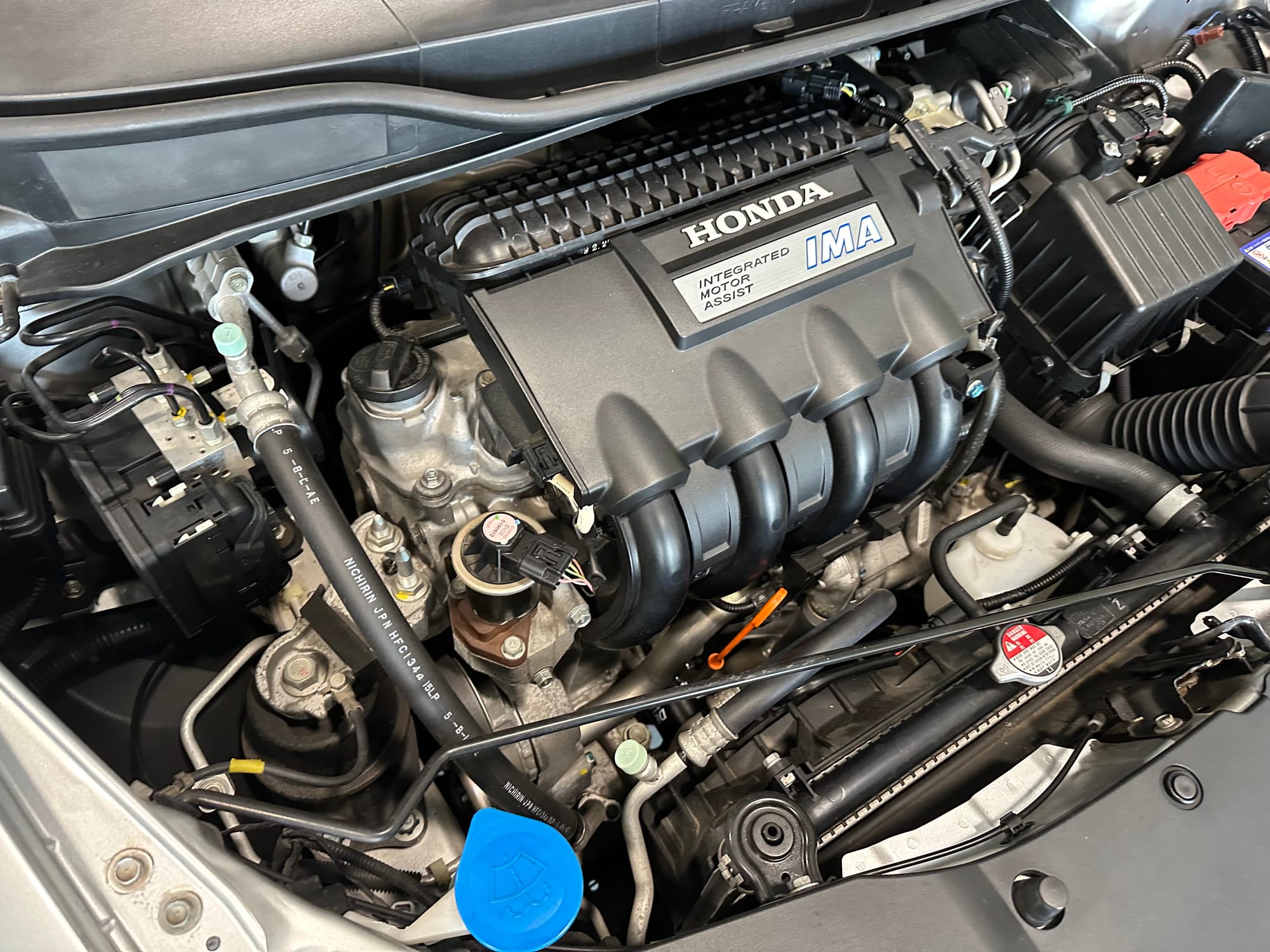
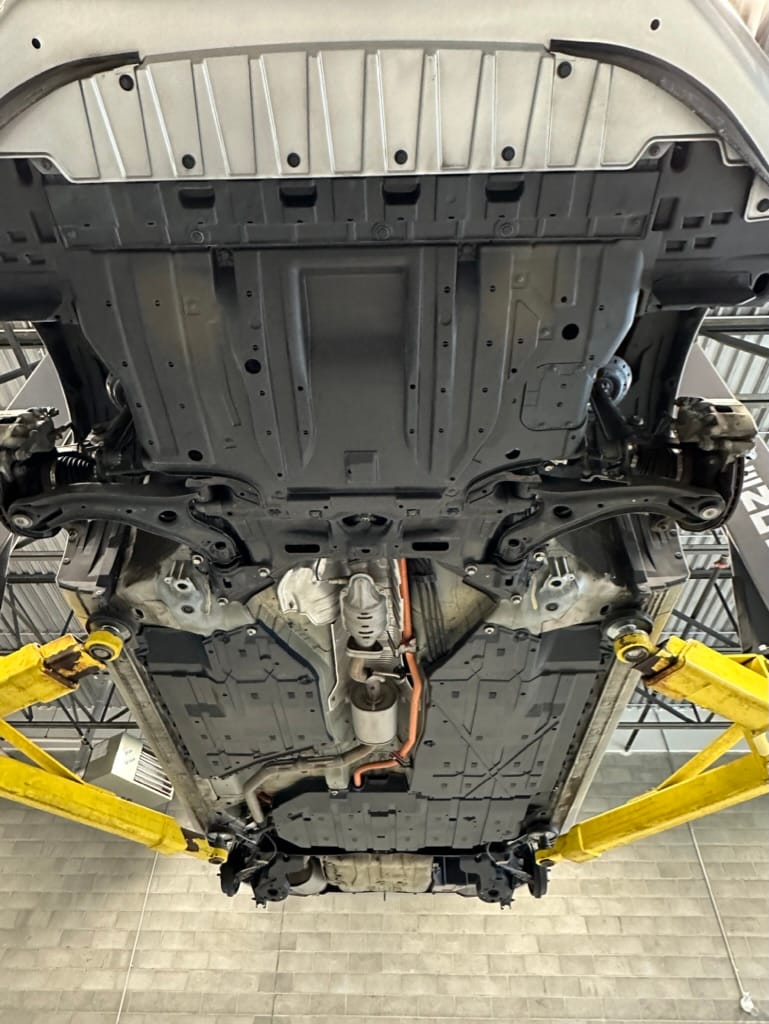
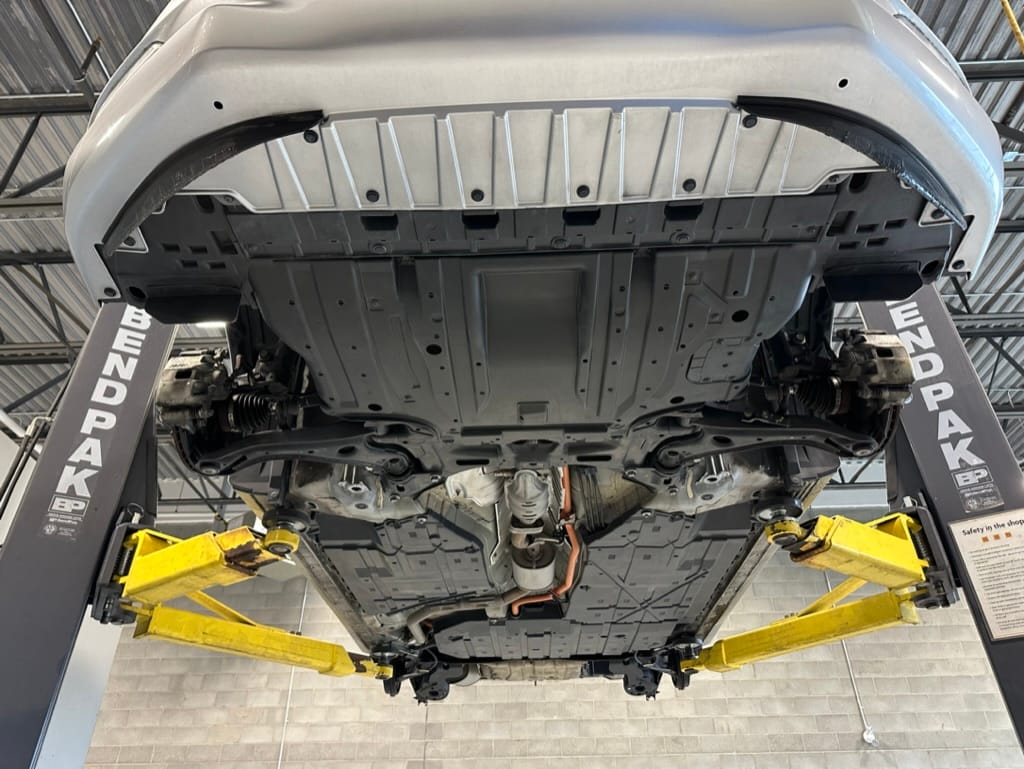

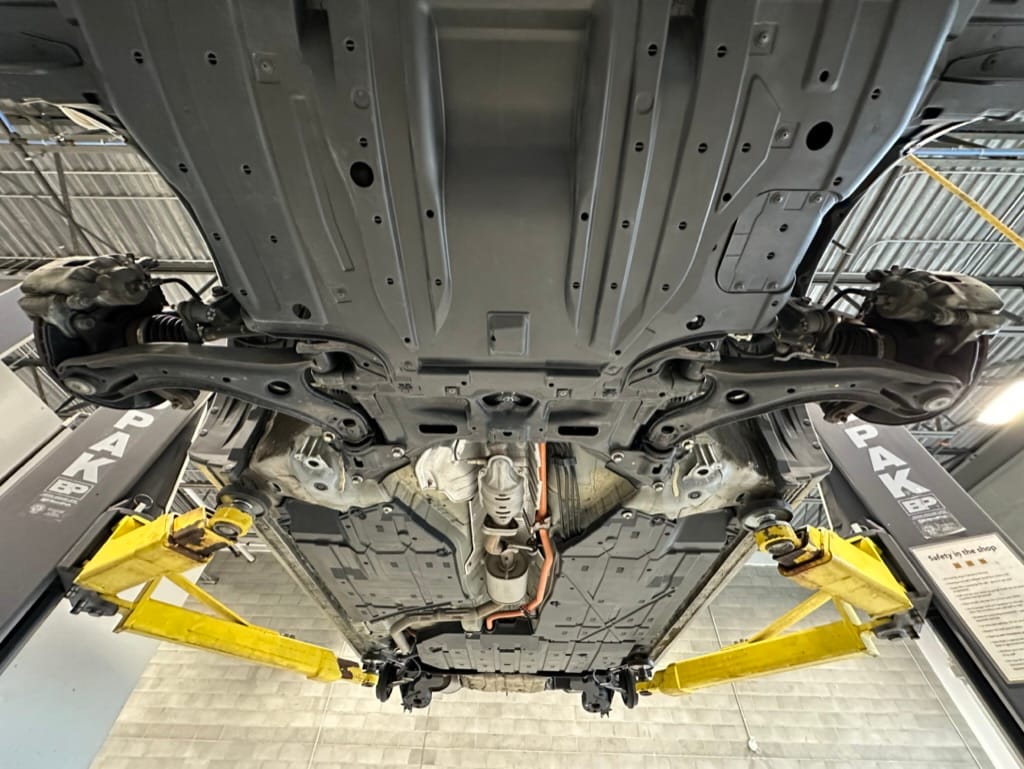
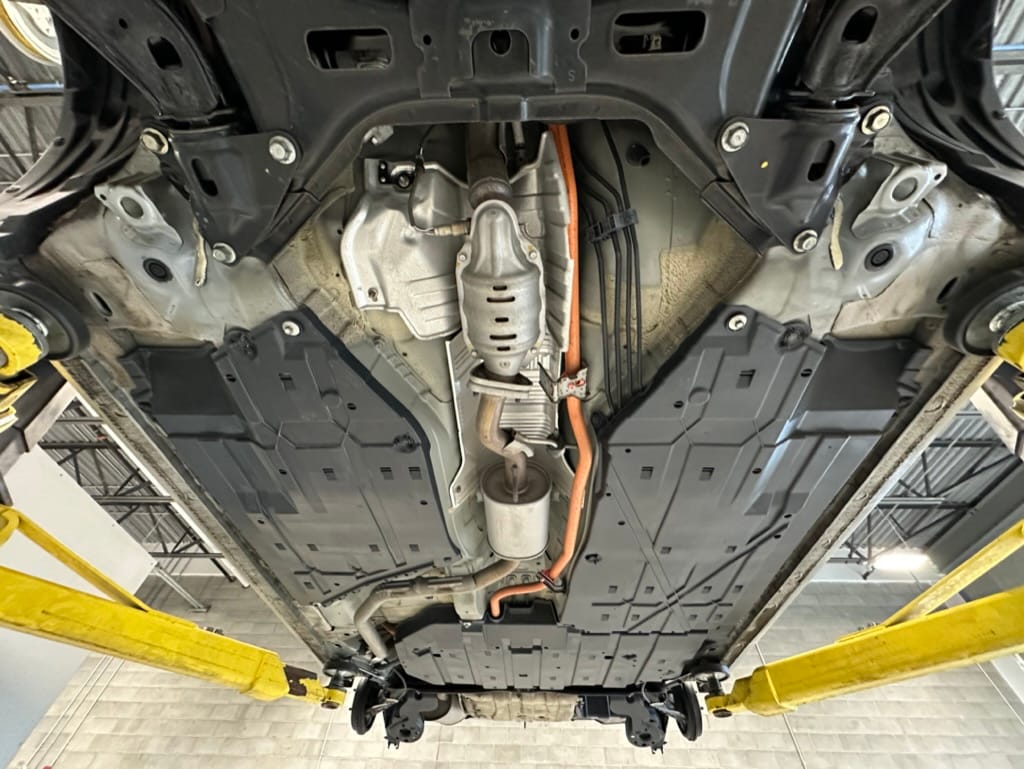

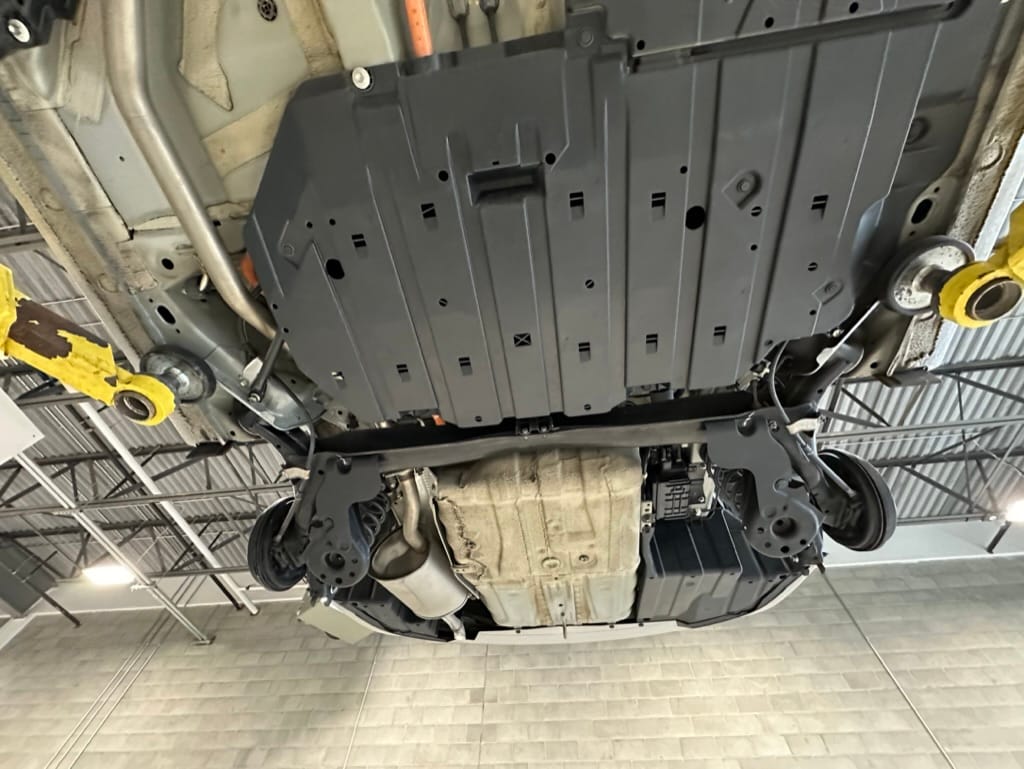
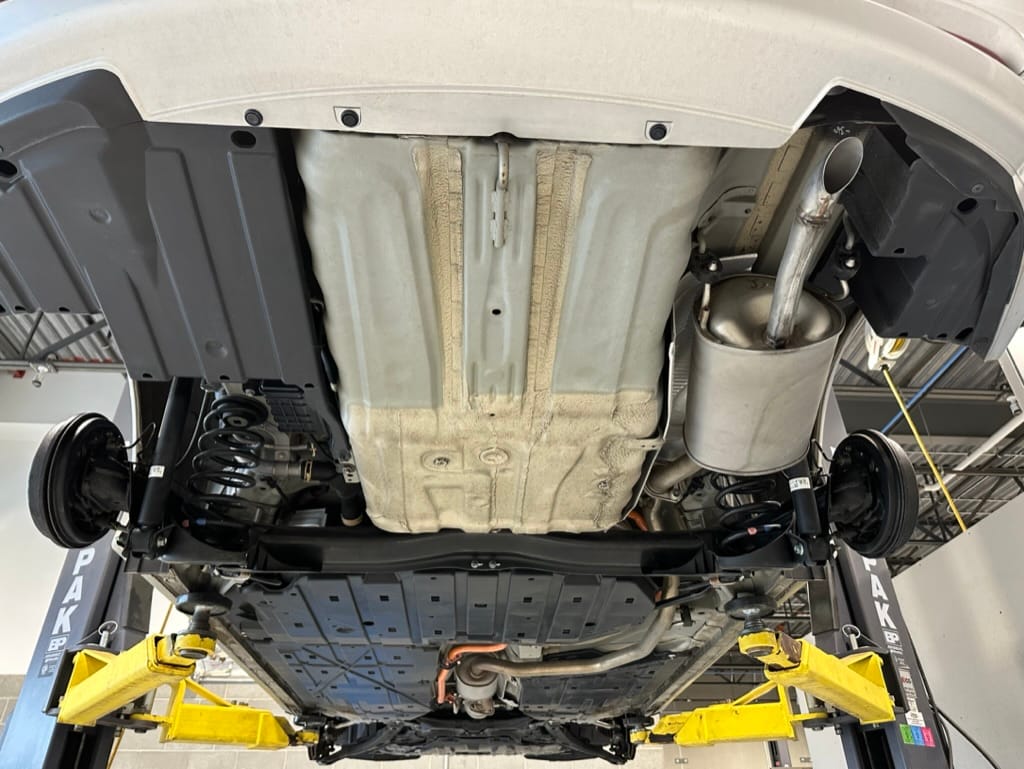

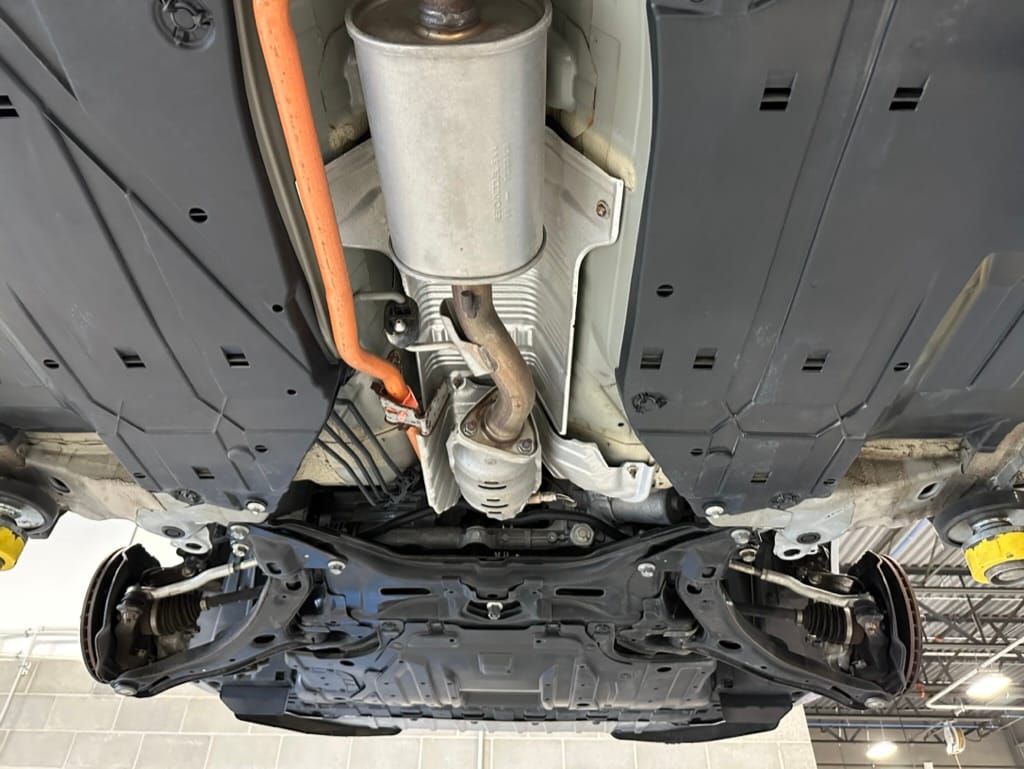
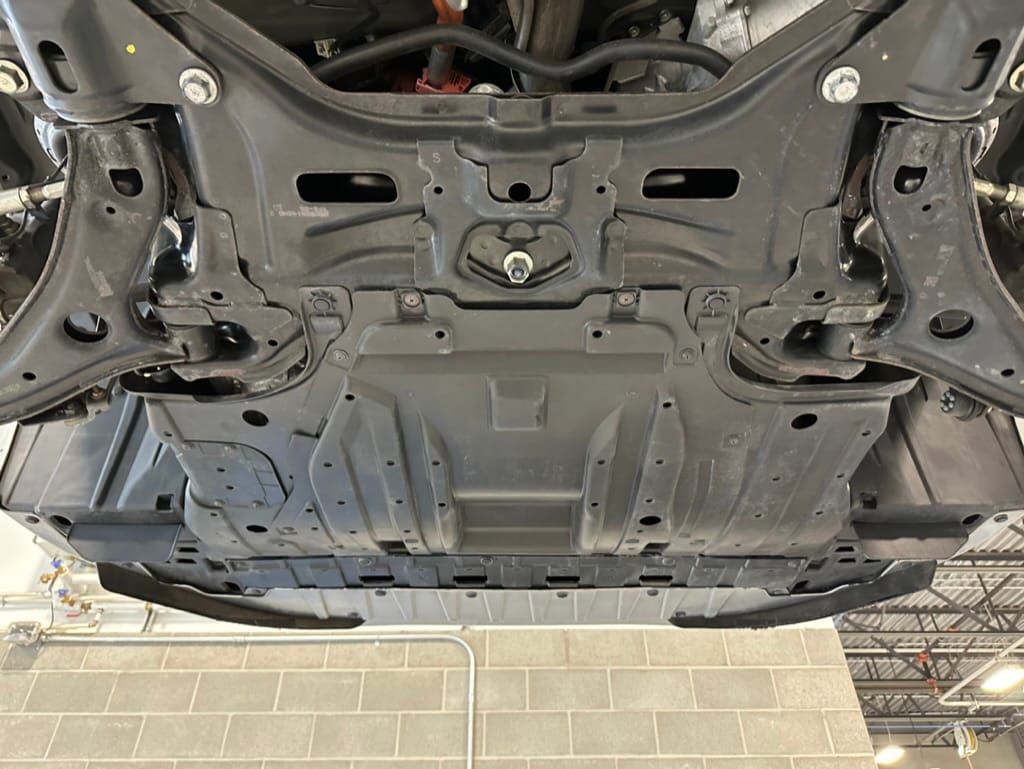
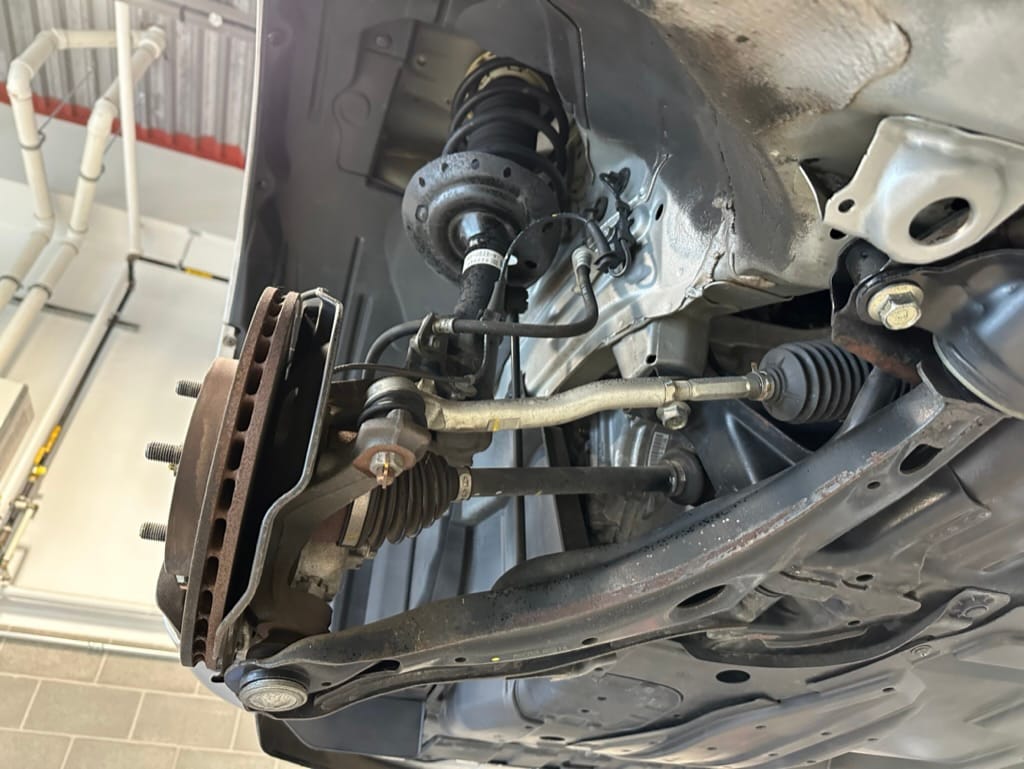
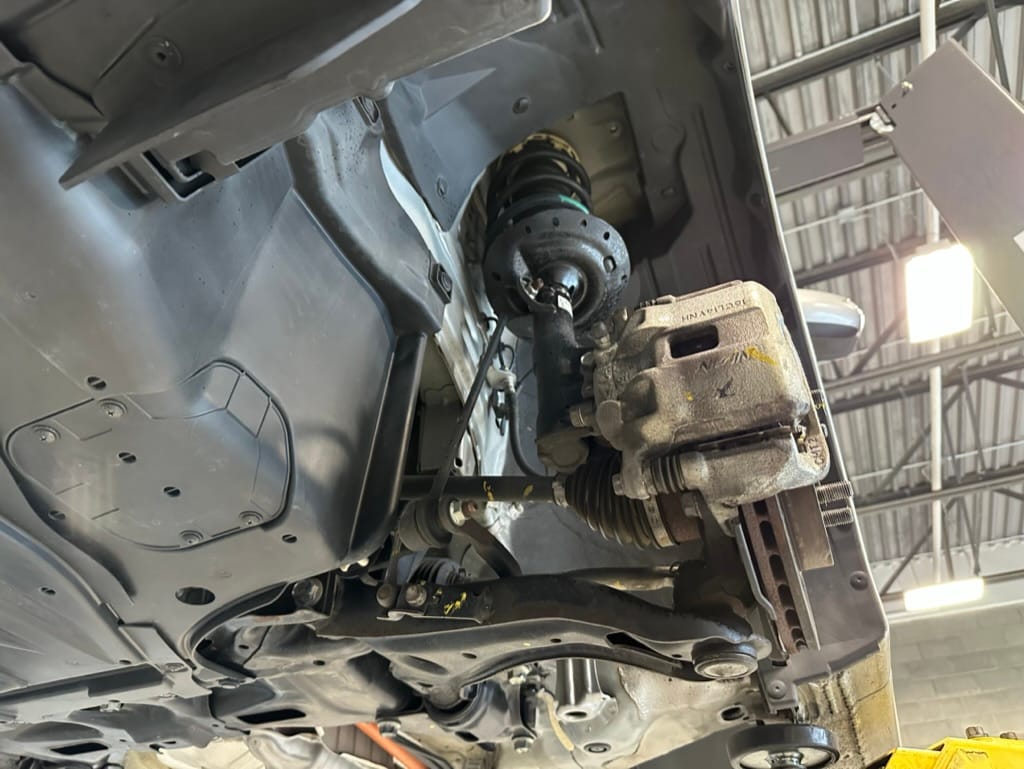
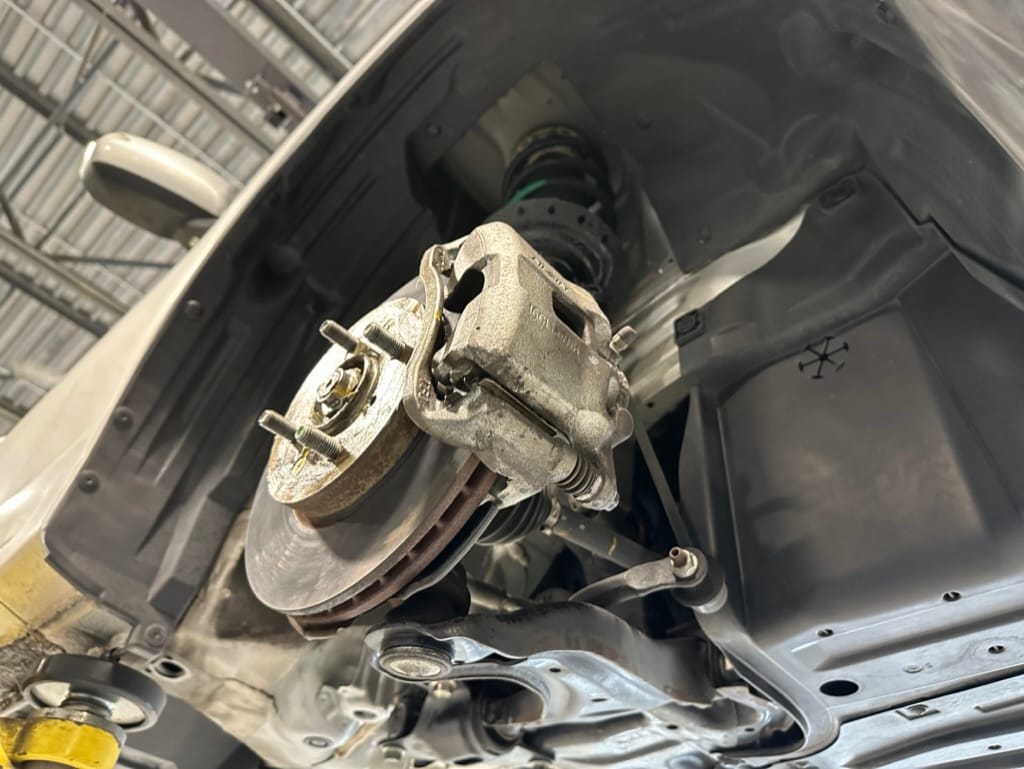
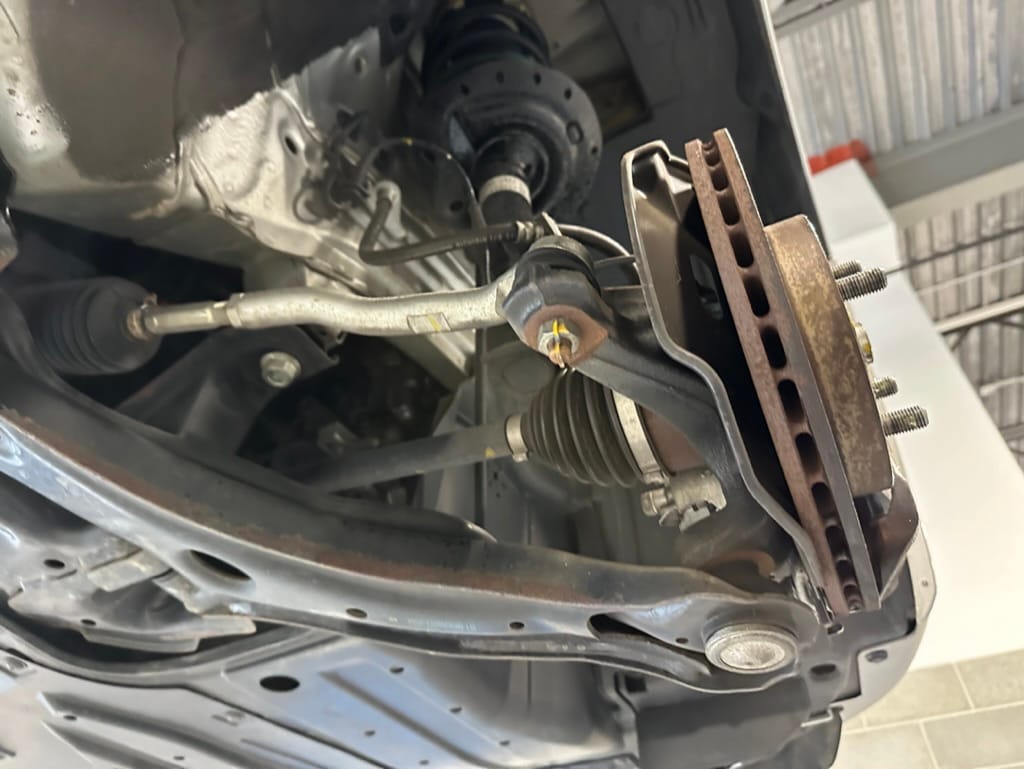
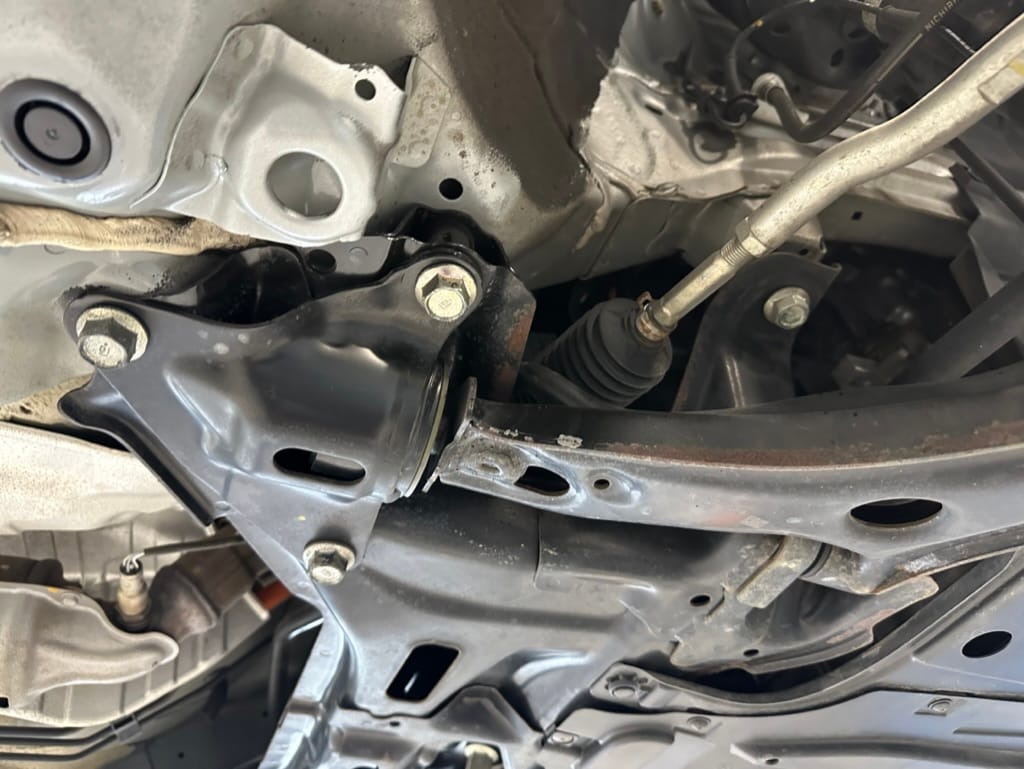
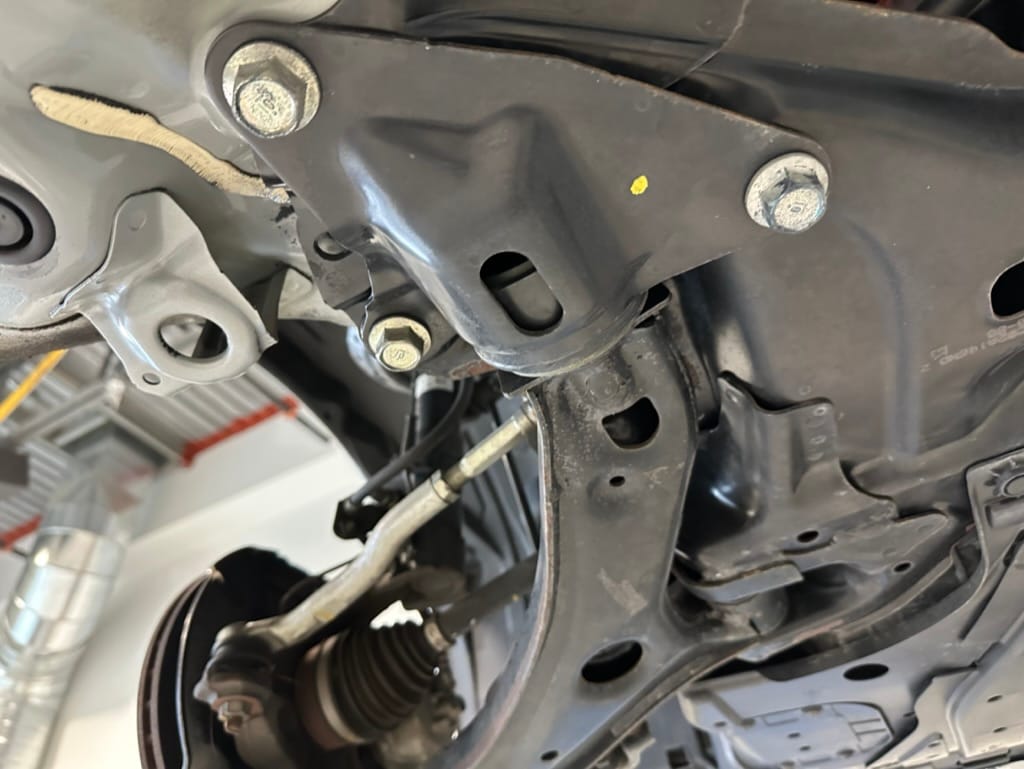
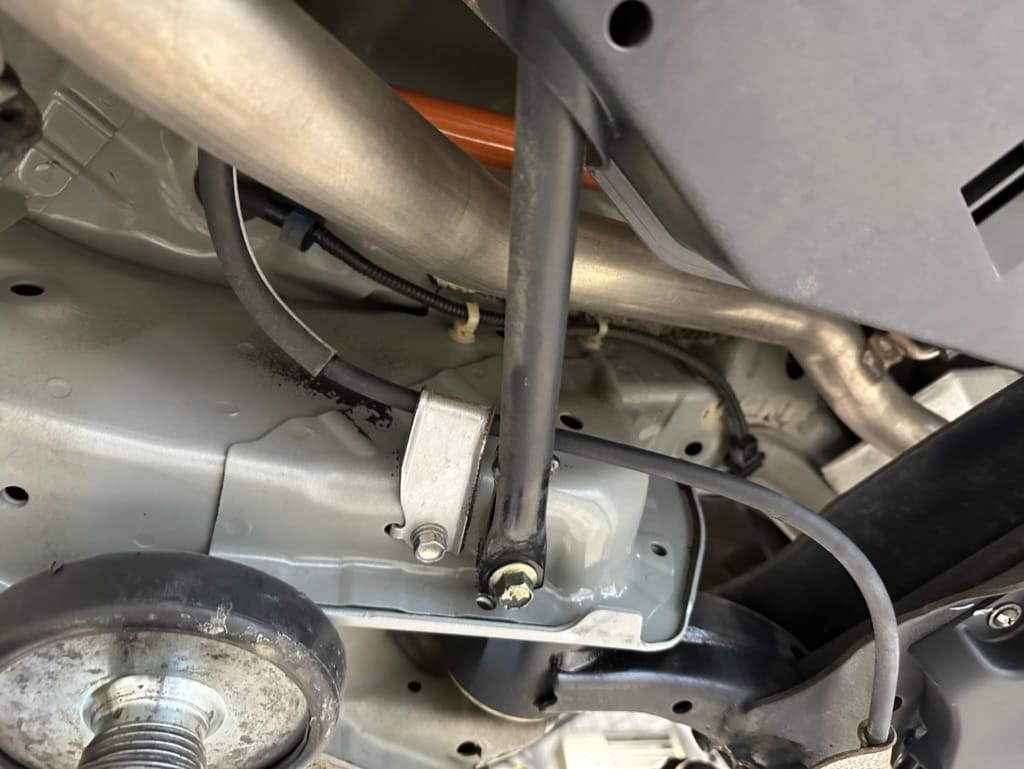
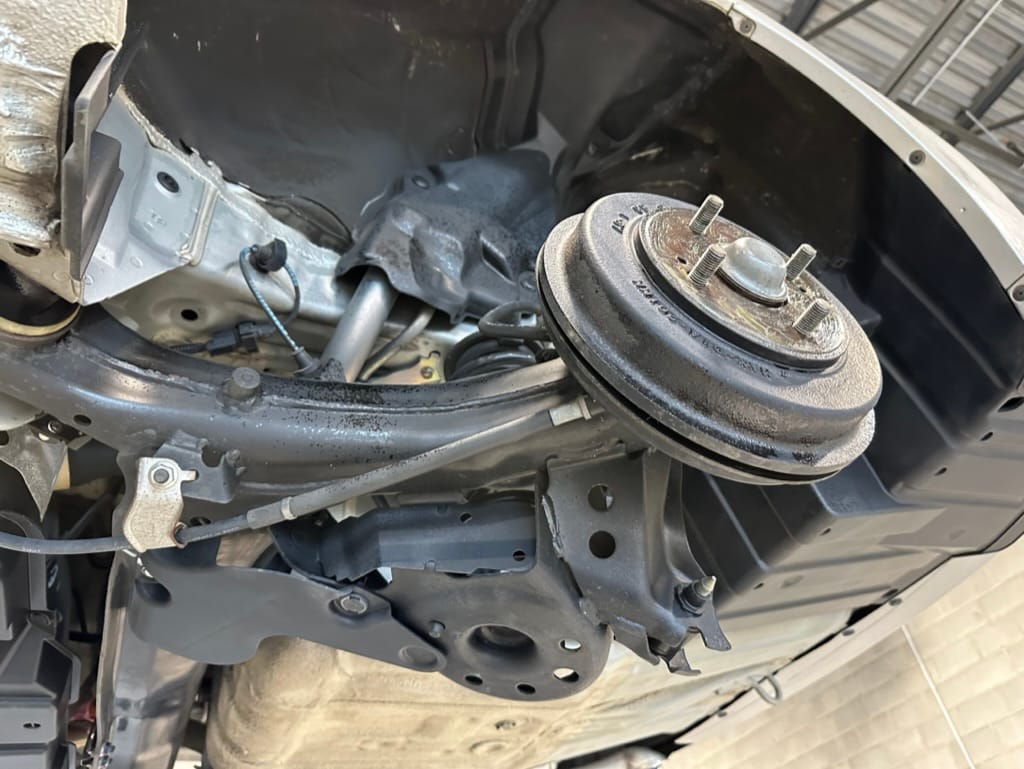

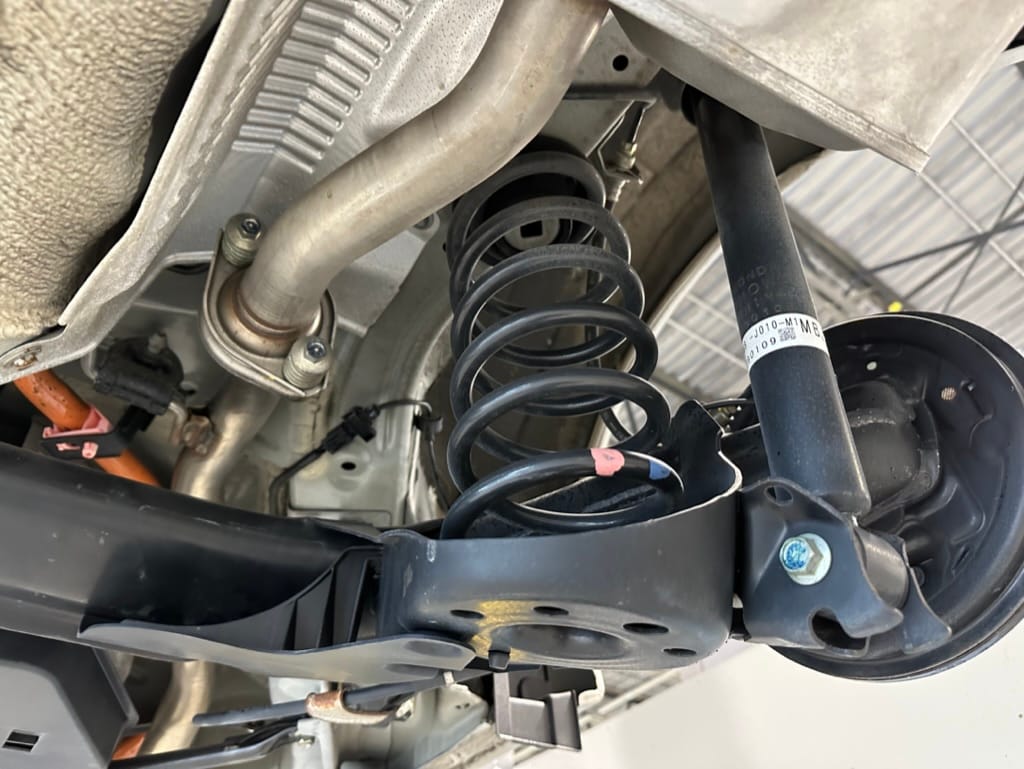
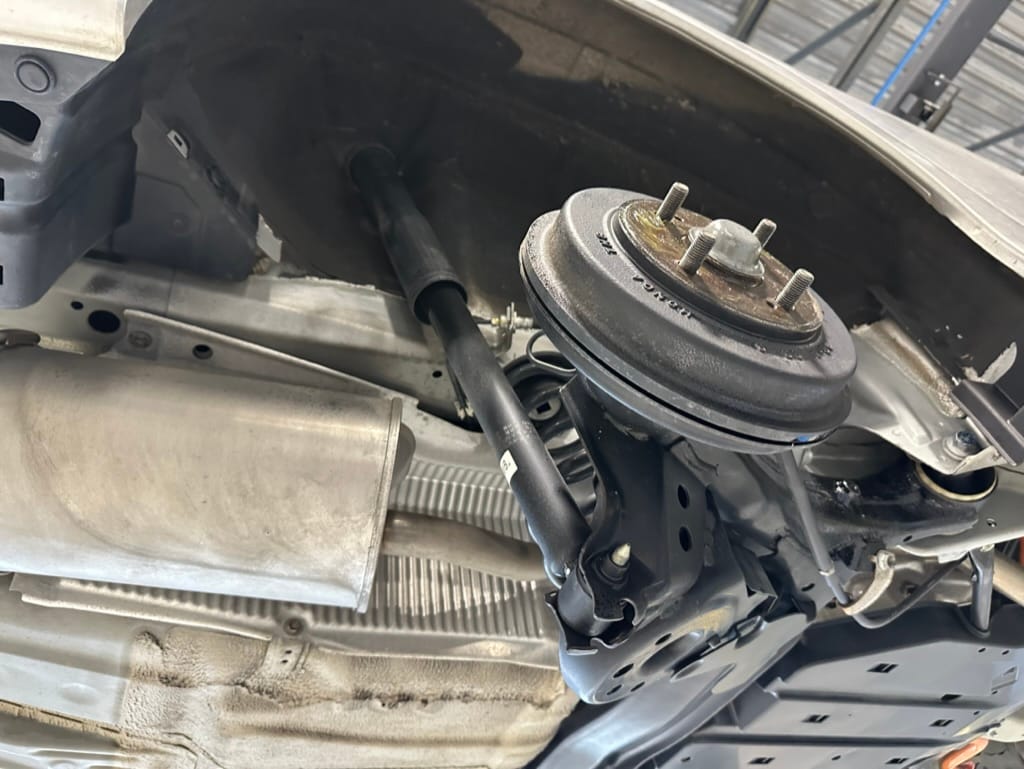
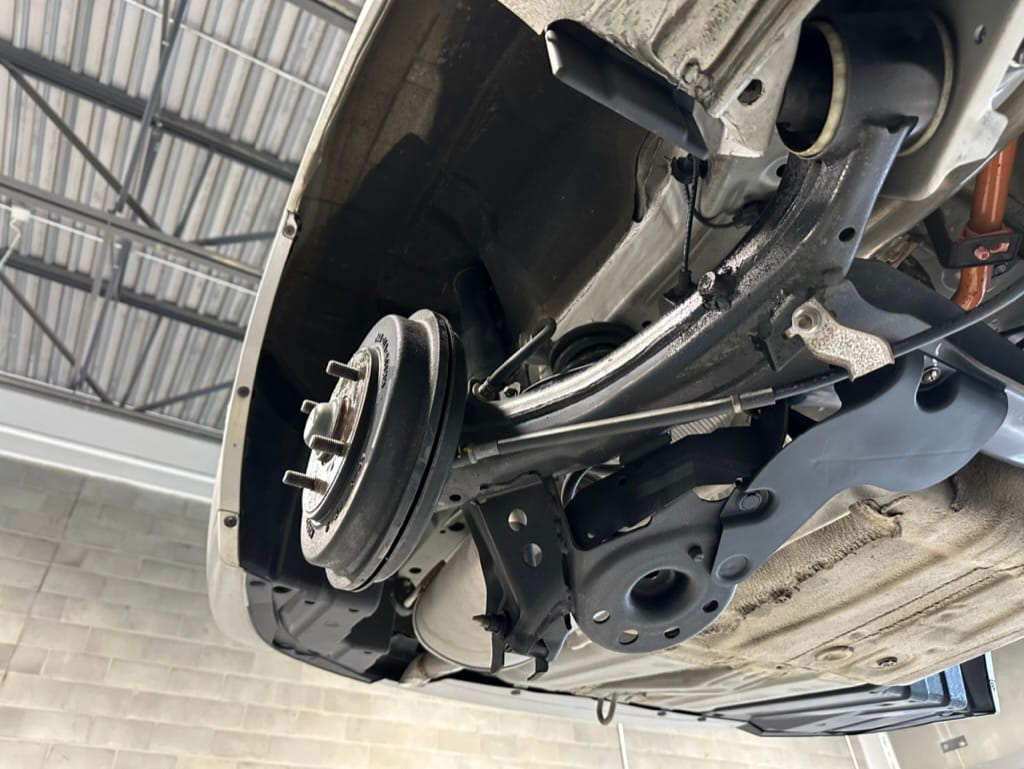
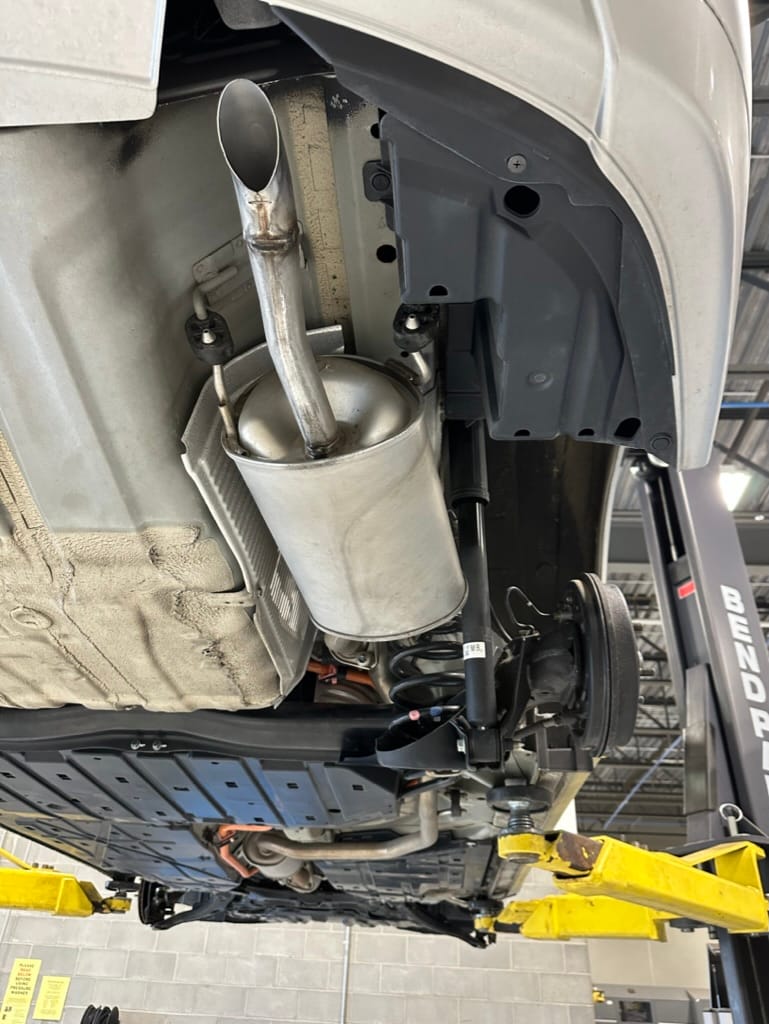
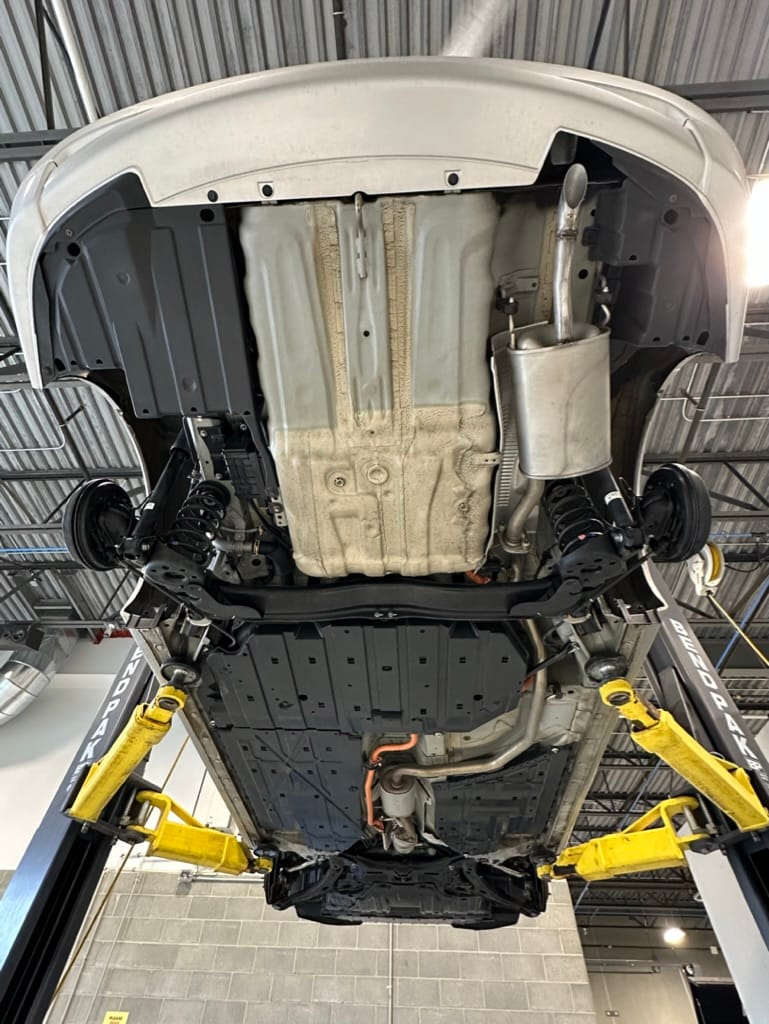
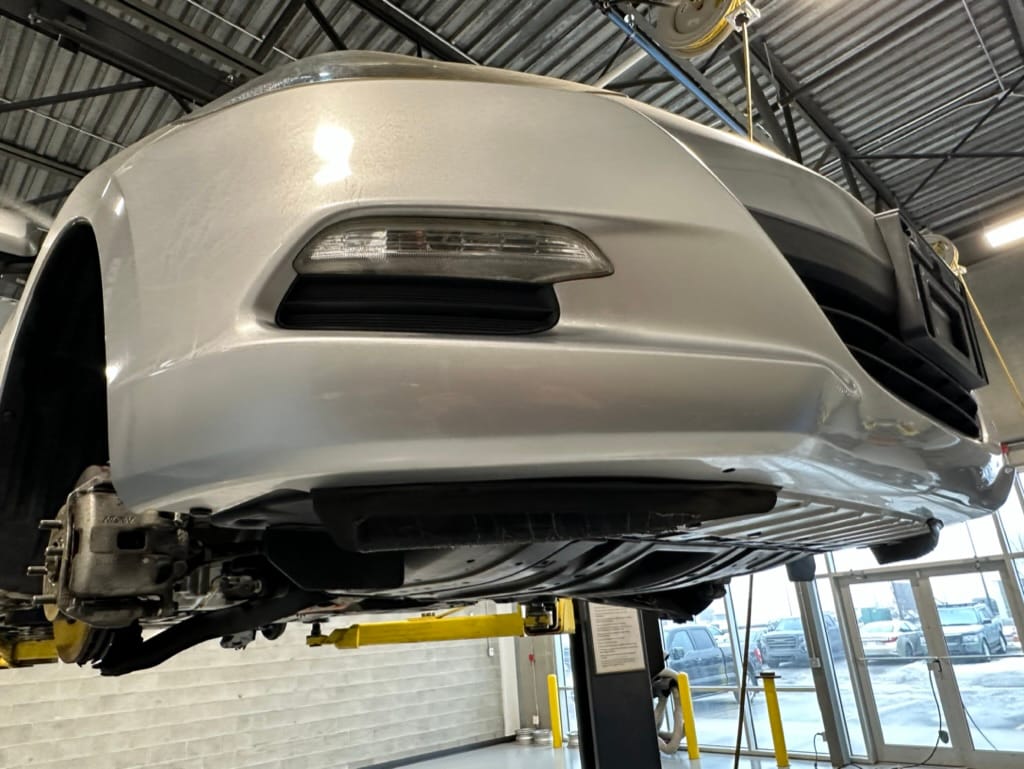

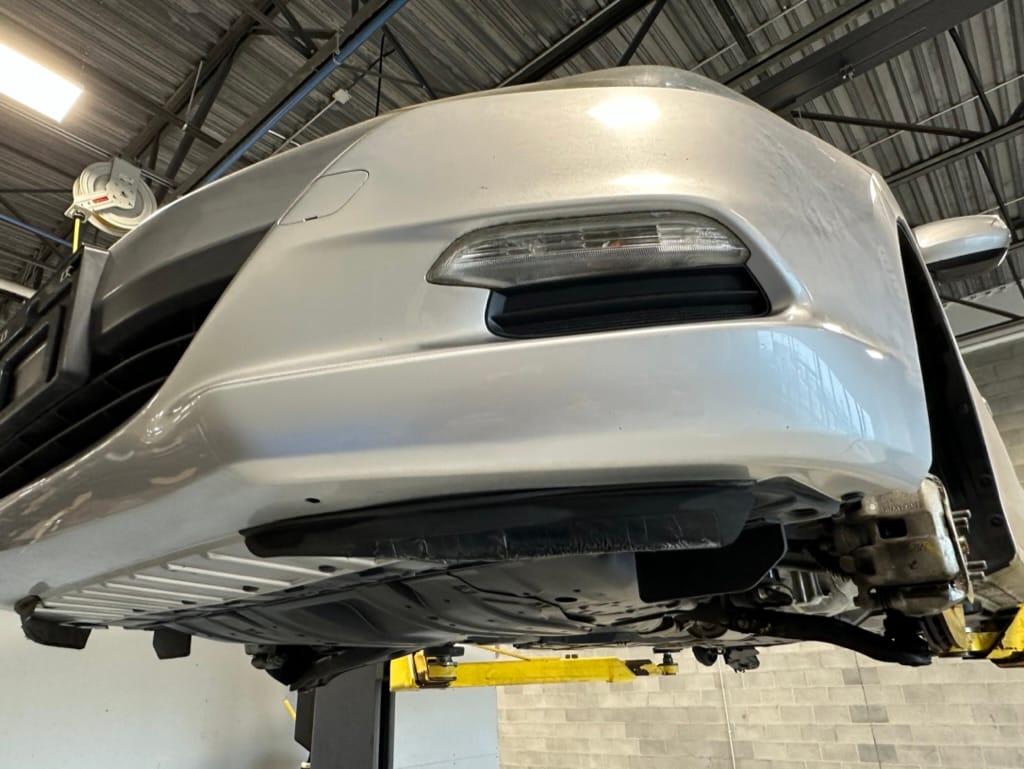
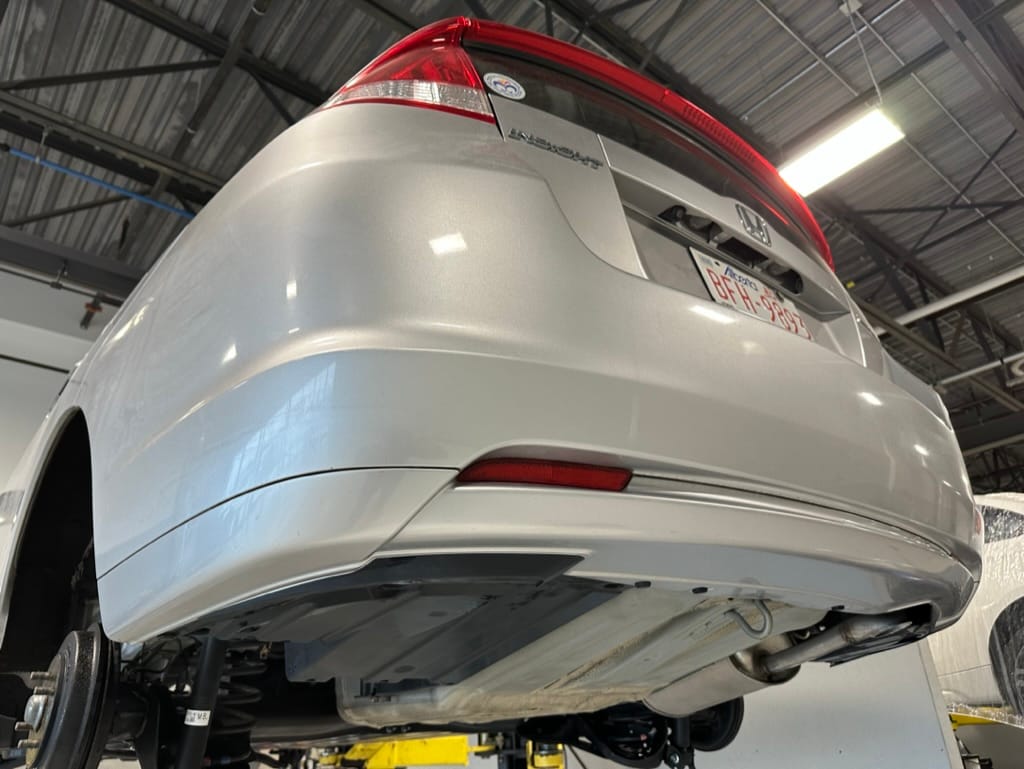
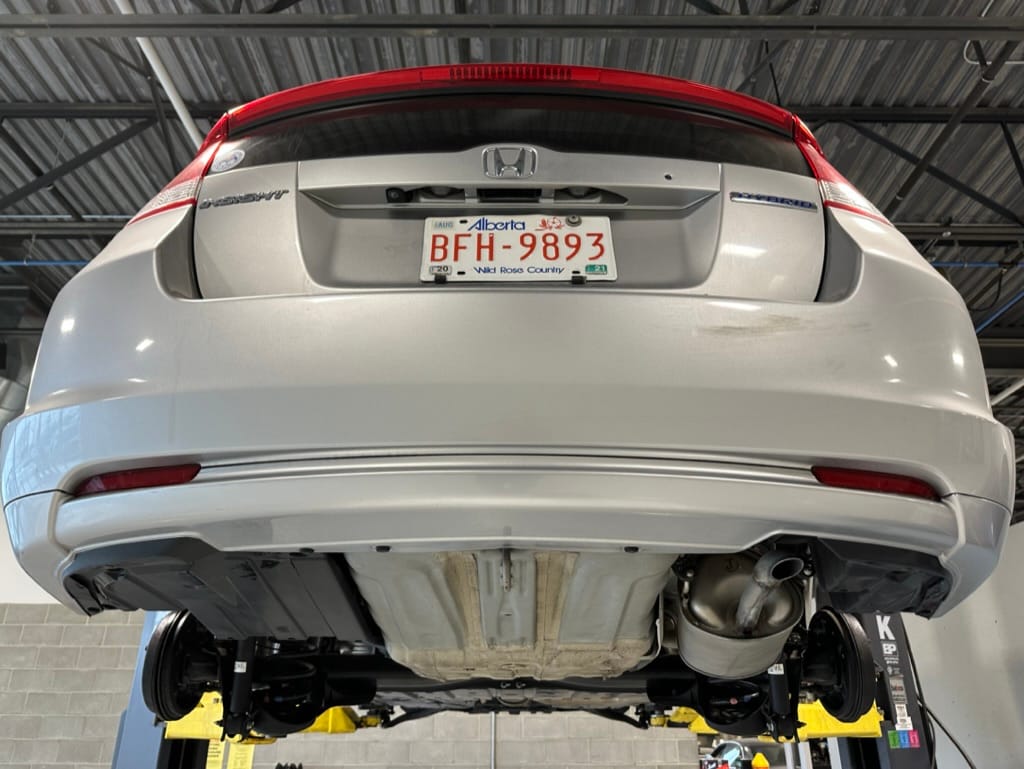
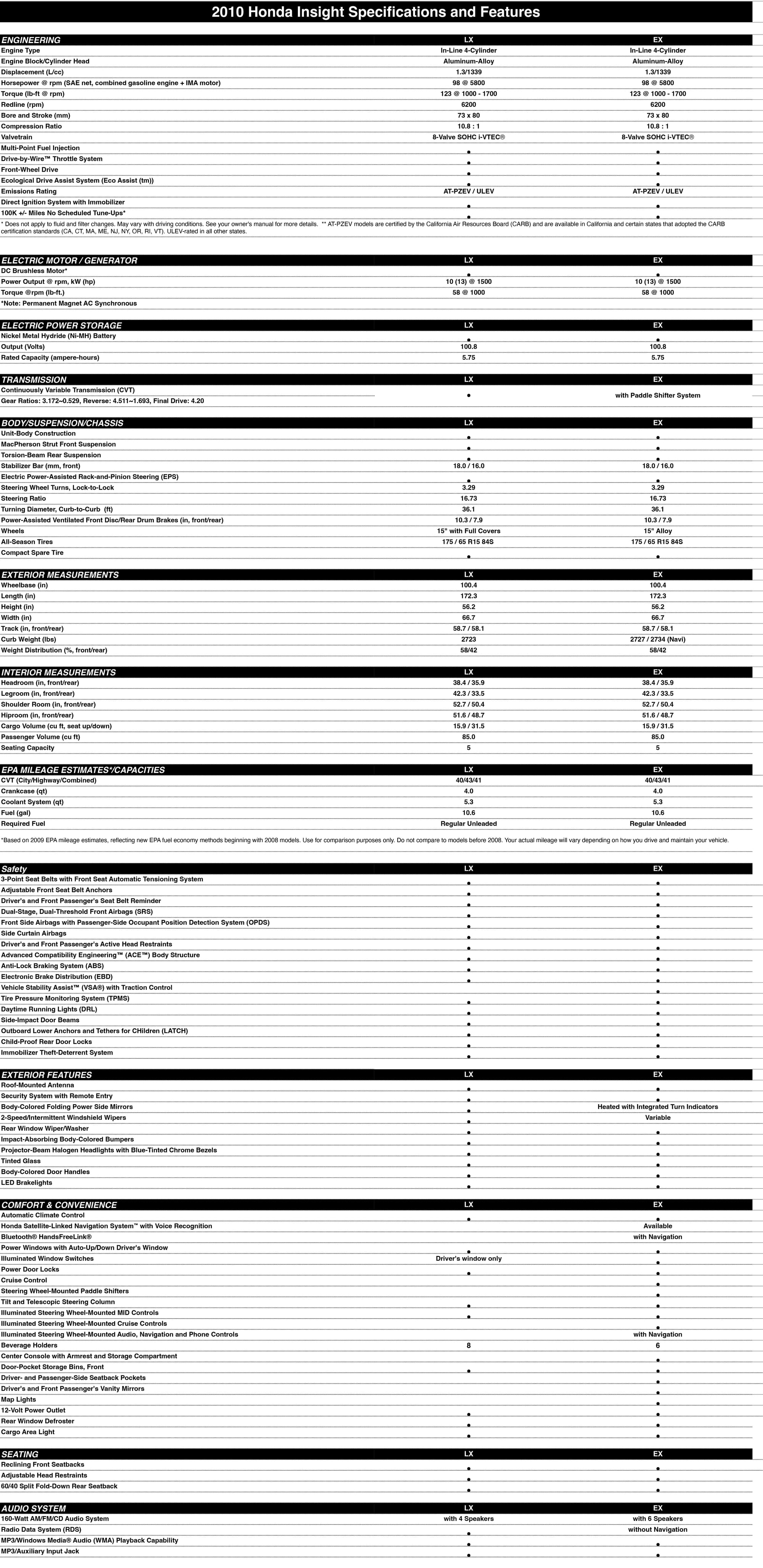
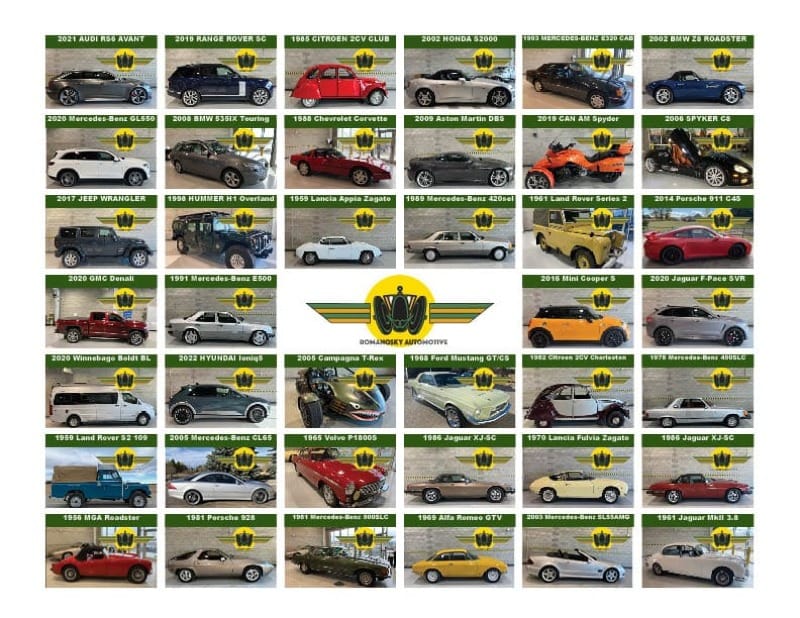


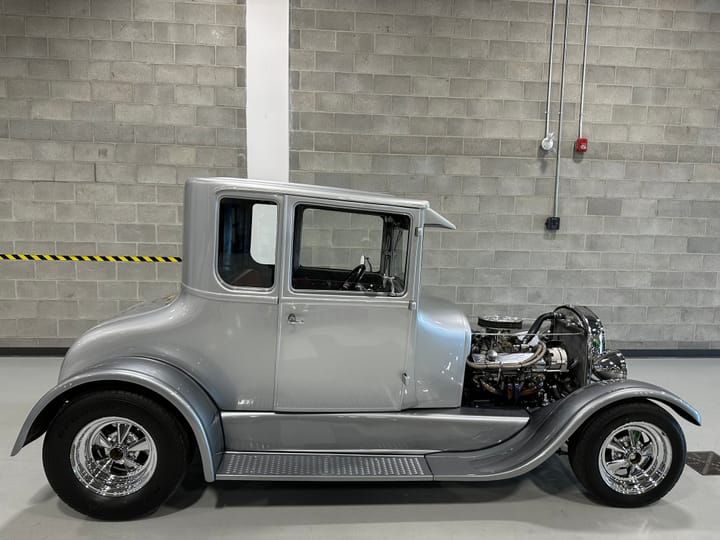
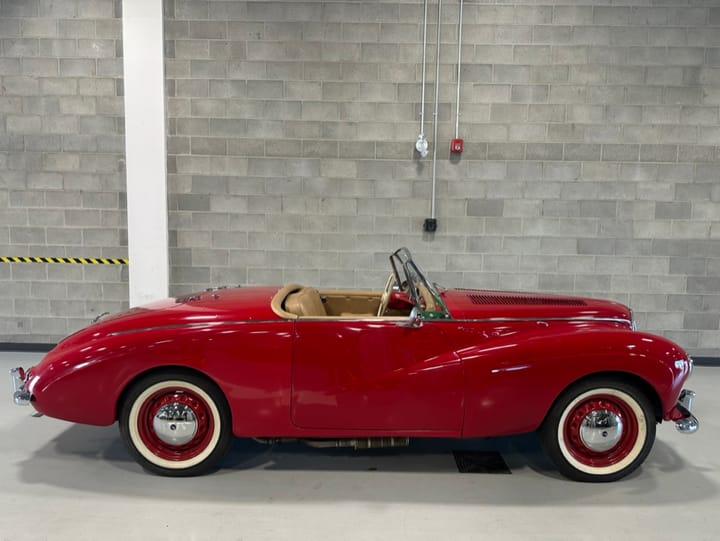
Comments ()